

DUS, OMO VALLEY, ETHIOPIA, DECEMBER 2007: Images of the Karo people in the Omo Valley, South West Ethiopia, 14 December 2007. (Photo by Brent Stirton/Getty Images.)











DUS, OMO VALLEY, ETHIOPIA, DECEMBER 2007: Images of Hamar herdsman in the Omo Valley, South West Ethiopia, 14 December 2007. (Photo by Brent Stirton/Getty Images.)




TURMI, OMO VALLEY, ETHIOPIA, DECEMBER 2007: Images of a teenage Hamar girl in the Omo Valley, South West Ethiopia, 14 December 2007. (Photo by Brent Stirton/Getty Images.)


DUS, OMO VALLEY, ETHIOPIA, DECEMBER 2007: Images of the Karo people in the Omo Valley, South West Ethiopia, 14 December 2007. (Photo by Brent Stirton/Getty Images.)





DUS, OMO VALLEY, ETHIOPIA, DECEMBER 2007: Images of the Karo people in a traditional dance ceremony with both men and women in the Omo Valley, South West Ethiopia, 14 December 2007. (Photo by Brent Stirton/Getty Images.)

DUS, OMO VALLEY, ETHIOPIA, DECEMBER 2007: Images of the Karo people in a traditional dance ceremony with both men and women in the Omo Valley, South West Ethiopia, 14 December 2007. (Photo by Brent Stirton/Getty Images.)

DUS, OMO VALLEY, ETHIOPIA, DECEMBER 2007: Images of the Karo people in a traditional dance ceremony with both men and women in the Omo Valley, South West Ethiopia, 14 December 2007. (Photo by Brent Stirton/Getty Images.)

DUS, OMO VALLEY, ETHIOPIA, DECEMBER 2007: Images of the Karo people in a traditional dance ceremony with both men and women in the Omo Valley, South West Ethiopia, 14 December 2007. (Photo by Brent Stirton/Getty Images.)

DUS, OMO VALLEY, ETHIOPIA, DECEMBER 2007: Images of the Karo people in a traditional dance ceremony with both men and women in the Omo Valley, South West Ethiopia, 14 December 2007. (Photo by Brent Stirton/Getty Images.)

DUS, OMO VALLEY, ETHIOPIA, DECEMBER 2007: Images of the Karo people in a traditional dance ceremony with both men and women in the Omo Valley, South West Ethiopia, 14 December 2007. (Photo by Brent Stirton/Getty Images.)

DUS, OMO VALLEY, ETHIOPIA, DECEMBER 2007: Images of the Karo people in a traditional dance ceremony with both men and women in the Omo Valley, South West Ethiopia, 14 December 2007. (Photo by Brent Stirton/Getty Images.)

DUS, OMO VALLEY, ETHIOPIA, DECEMBER 2007: Images of the Karo people in a traditional dance ceremony with both men and women in the Omo Valley, South West Ethiopia, 14 December 2007. (Photo by Brent Stirton/Getty Images.)

DUS, OMO VALLEY, ETHIOPIA, DECEMBER 2007: Images of the Karo people in a traditional dance ceremony with both men and women in the Omo Valley, South West Ethiopia, 14 December 2007. (Photo by Brent Stirton/Getty Images.)


DUS, OMO VALLEY, ETHIOPIA, DECEMBER 2007: Images of the Karo people in a traditional dance ceremony with both men and women in the Omo Valley, South West Ethiopia, 14 December 2007. (Photo by Brent Stirton/Getty Images.)

DILABYNO, OMO VALLEY, ETHIOPIA, DECEMBER 2007: Images of the Beshadar people, closely related to the Hamar tribe, in a traditional bull-jumping ceremony in the Omo Valley, South West Ethiopia, 14 December 2007. The bull-jumping ceremony is one of the most important in a man's life, and once completed allows him to take a wife and marry. The Hamar people and their tribal affiliates conduct a bull-jumping on a regular basis while the Karo people are much more selective in who they allow to bulljump and jump far less frequently. The ceremony is about hierachy and membership in the tribe and typically involves a young man who undergoes a number of rituals before he leaps onto and runs rapidly over a series of cattle held by other men who have recently jumped. Once completed he is a man in the eyes of the tribe. An important part of the ceremony is the ritualistic whipping which women actively seek out from certain men known as Mazha. The women harrass these men who then whip them once with a thin reed like stick before casting the stick away. The whipping causes bleeding and pain but the women look upon it as a sign of strength, loyalty and obligation to the bulljumper. They become incensed through a series of dances and then demand to be whipped in a macho, masochistic display. The resultant scars are worn as a badge of honor by many of the women. (Photo by Brent Stirton/Getty Images.)








DILABYNO, OMO VALLEY, ETHIOPIA, DECEMBER 2007: Images of the Beshadar people, closely related to the Hamar tribe, in a traditional bull-jumping ceremony in the Omo Valley, South West Ethiopia, 14 December 2007. The bull-jumping ceremony is one of the most important in a man's life, and once completed allows him to take a wife and marry. The Hamar people and their tribal affiliates conduct a bull-jumping on a regular basis while the Karo people are much more selective in who they allow to bulljump and jump far less frequently. The ceremony is about hierachy and membership in the tribe and typically involves a young man who undergoes a number of rituals before he leaps onto and runs rapidly over a series of cattle held by other men who have recently jumped. Once completed he is a man in the eyes of the tribe. An important part of the ceremony is the ritualistic whipping which women actively seek out from certain men known as Mazha. The women harrass these men who then whip them once with a thin reed like stick before casting the stick away. The whipping causes bleeding and pain but the women look upon it as a sign of strength, loyalty and obligation to the bulljumper. They become incensed through a series of dances and then demand to be whipped in a macho, masochistic display. The resultant scars are worn as a badge of honor by many of the women. (Photo by Brent Stirton/Getty Images.)



DILABYNO, OMO VALLEY, ETHIOPIA, DECEMBER 2007: Images of the Beshadar people, closely related to the Hamar tribe, in a traditional bull-jumping ceremony in the Omo Valley, South West Ethiopia, 14 December 2007. The bull-jumping ceremony is one of the most important in a man's life, and once completed allows him to take a wife and marry. The Hamar people and their tribal affiliates conduct a bull-jumping on a regular basis while the Karo people are much more selective in who they allow to bulljump and jump far less frequently. The ceremony is about hierachy and membership in the tribe and typically involves a young man who undergoes a number of rituals before he leaps onto and runs rapidly over a series of cattle held by other men who have recently jumped. Once completed he is a man in the eyes of the tribe. An important part of the ceremony is the ritualistic whipping which women actively seek out from certain men known as Mazha. The women harrass these men who then whip them once with a thin reed like stick before casting the stick away. The whipping causes bleeding and pain but the women look upon it as a sign of strength, loyalty and obligation to the bulljumper. They become incensed through a series of dances and then demand to be whipped in a macho, masochistic display. The resultant scars are worn as a badge of honor by many of the women. (Photo by Brent Stirton/Getty Images.)

DILABYNO, OMO VALLEY, ETHIOPIA, DECEMBER 2007: Images of the Hamar tribe at a traditional bull-jumping ceremony in the Omo Valley, South West Ethiopia, 14 December 2007. The bull-jumping ceremony is one of the most important in a man's life, and once completed allows him to take a wife and marry. The Hamar people and their tribal affiliates conduct a bull-jumping on a regular basis while the Karo people are much more selective in who they allow to bulljump and jump far less frequently. The ceremony is about hierachy and membership in the tribe and typically involves a young man who undergoes a number of rituals before he leaps onto and runs rapidly over a series of cattle held by other men who have recently jumped. Once completed he is a man in the eyes of the tribe. An important part of the ceremony is the ritualistic whipping which women actively seek out from certain men known as Mazha. The women harrass these men who then whip them once with a thin reed like stick before casting the stick away. The whipping causes bleeding and pain but the women look upon it as a sign of strength, loyalty and obligation to the bulljumper. They become incensed through a series of dances and then demand to be whipped in a macho, masochistic display. The resultant scars are worn as a badge of honor by many of the women. (Photo by Brent Stirton/Getty Images.)

DILABYNO, OMO VALLEY, ETHIOPIA, DECEMBER 2007: Images of the Beshadar people, closely related to the Hamar tribe, in a traditional bull-jumping ceremony in the Omo Valley, South West Ethiopia, 14 December 2007. The bull-jumping ceremony is one of the most important in a man's life, and once completed allows him to take a wife and marry. The Hamar people and their tribal affiliates conduct a bull-jumping on a regular basis while the Karo people are much more selective in who they allow to bulljump and jump far less frequently. The ceremony is about hierachy and membership in the tribe and typically involves a young man who undergoes a number of rituals before he leaps onto and runs rapidly over a series of cattle held by other men who have recently jumped. Once completed he is a man in the eyes of the tribe. An important part of the ceremony is the ritualistic whipping which women actively seek out from certain men known as Mazha. The women harrass these men who then whip them once with a thin reed like stick before casting the stick away. The whipping causes bleeding and pain but the women look upon it as a sign of strength, loyalty and obligation to the bulljumper. They become incensed through a series of dances and then demand to be whipped in a macho, masochistic display. The resultant scars are worn as a badge of honor by many of the women. (Photo by Brent Stirton/Getty Images.)



LORYRA, SOUTH OMO, ETHIOPIA, DECEMBER 2007: Images of the Dassanech people in the Lower Omo Valley, South West Ethiopia, 14 December 2007. (Photo by Brent Stirton/Getty Images.)













LABOUK, OMO VALLEY, ETHIOPIA, DECEMBER 2007: Images of the Karo people in the Omo Valley, South West Ethiopia, 14 December 2007. (Photo by Brent Stirton/Getty Images.)

DUS, OMO VALLEY, ETHIOPIA, DECEMBER 2007: Images of Karo tribesman clashing with Bume people who have fired on them over a land dispute in the Omo Valley, South West Ethiopia, 14 December 2007. (Photo by Brent Stirton/Getty Images.)

DUS, OMO VALLEY, ETHIOPIA, DECEMBER 2007: Images of Karo tribesman clashing with Bume people who have fired on them over a land dispute in the Omo Valley, South West Ethiopia, 14 December 2007. (Photo by Brent Stirton/Getty Images.)

DUS, OMO VALLEY, ETHIOPIA, DECEMBER 2007: Images of Karo tribesman clashing with Bume people who have fired on them over a land dispute in the Omo Valley, South West Ethiopia, 14 December 2007. (Photo by Brent Stirton/Getty Images.)

DUS, OMO VALLEY, ETHIOPIA, DECEMBER 2007: Images of the Karo people in the Omo Valley, South West Ethiopia, 14 December 2007. (Photo by Brent Stirton/Getty Images.)
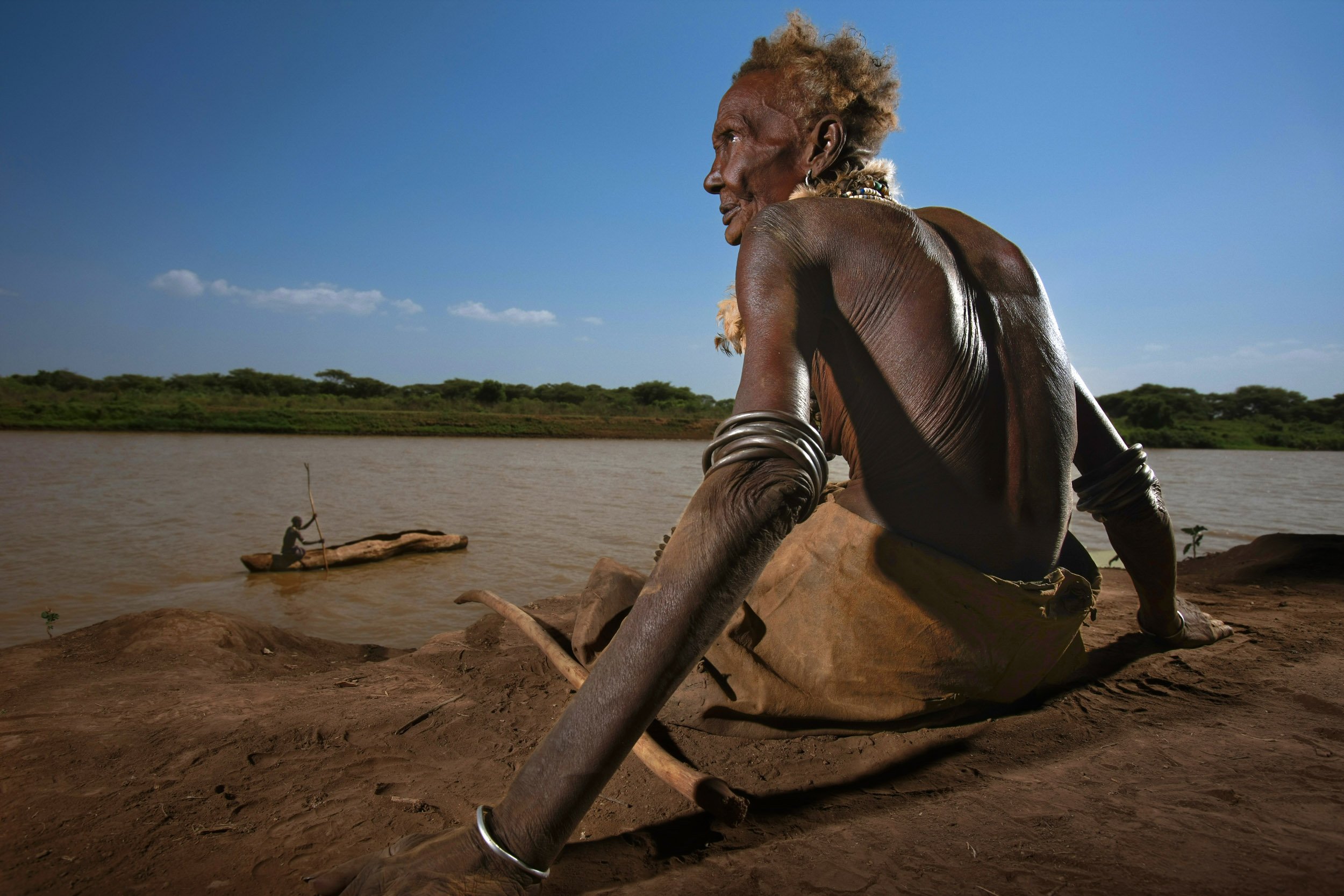
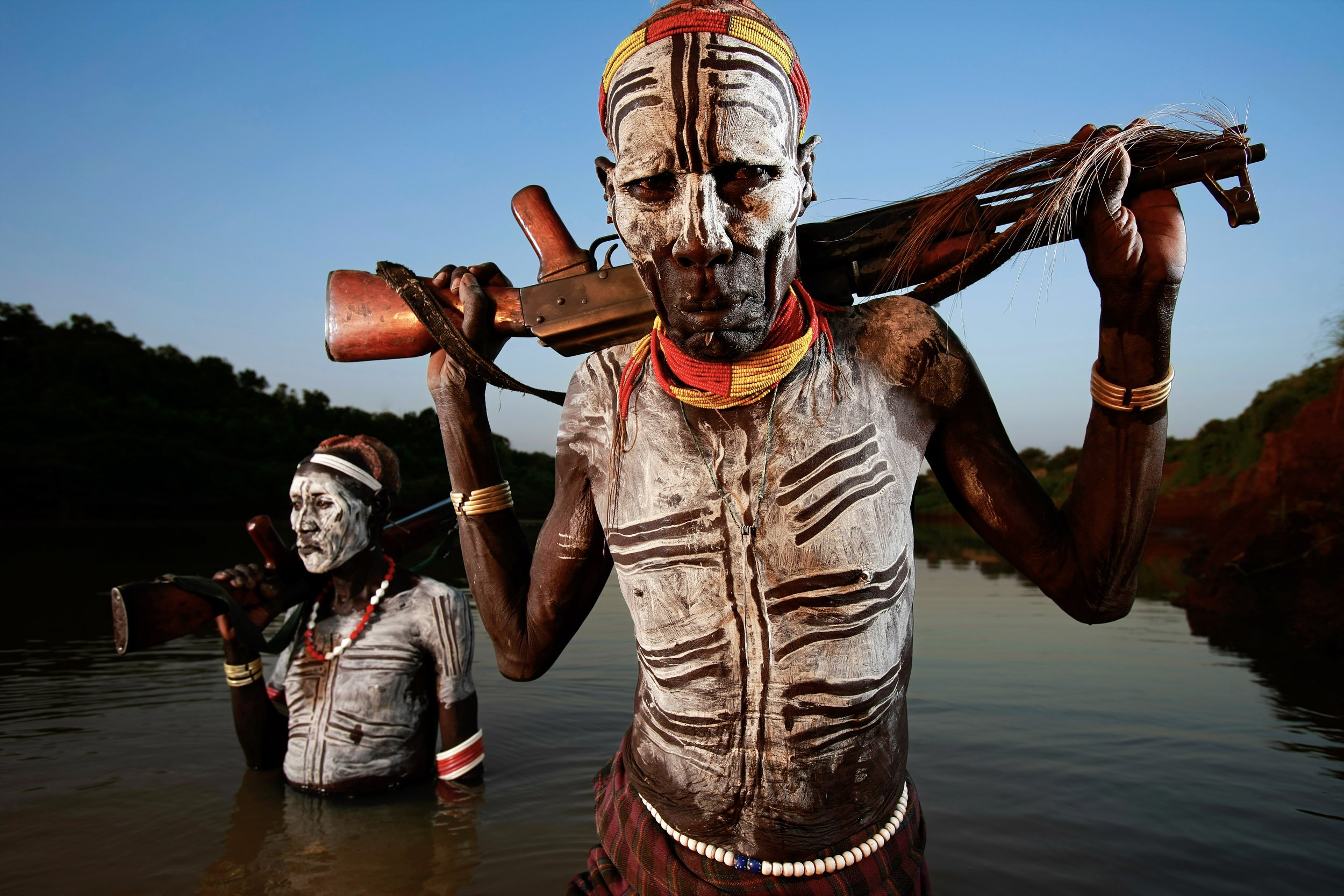
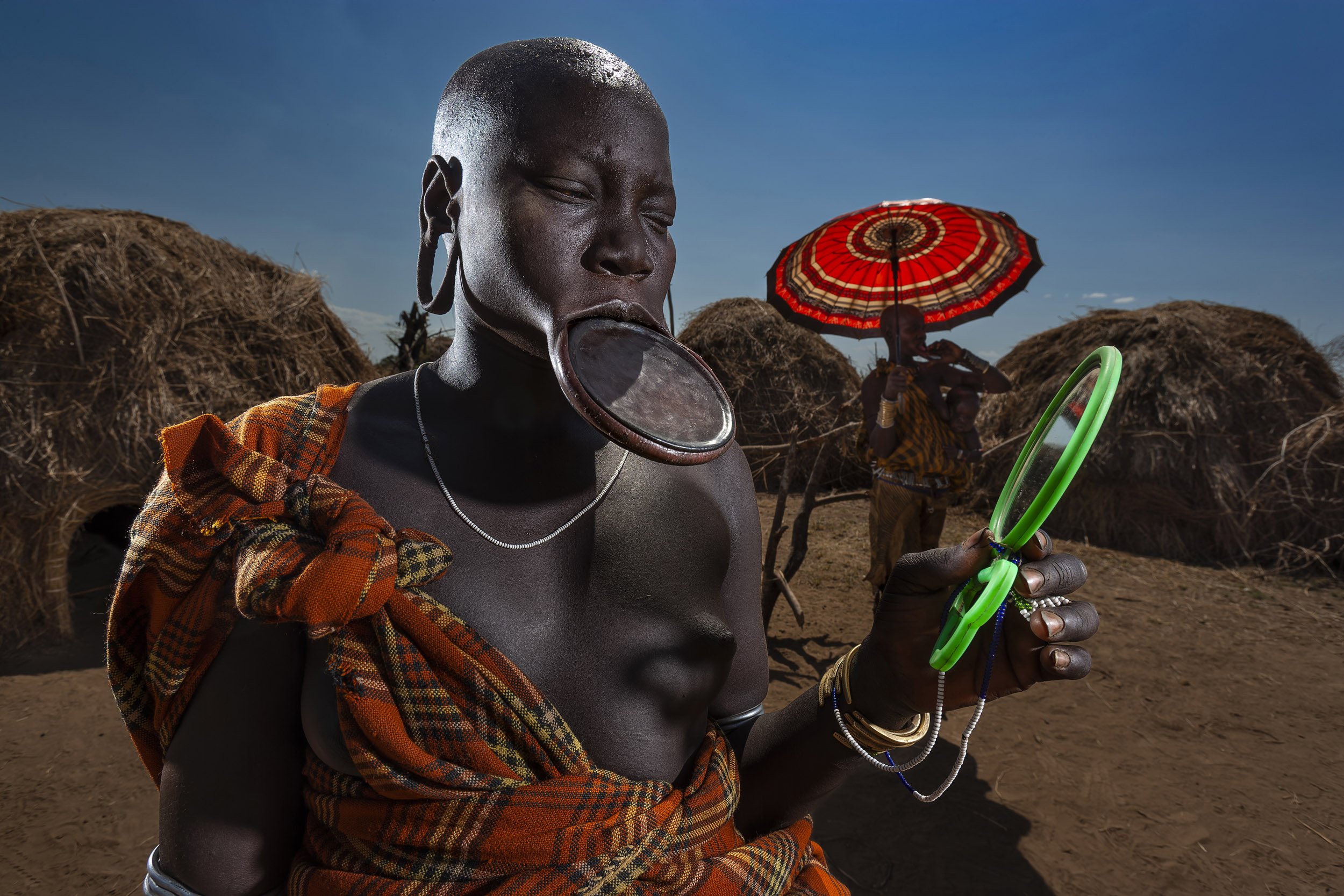
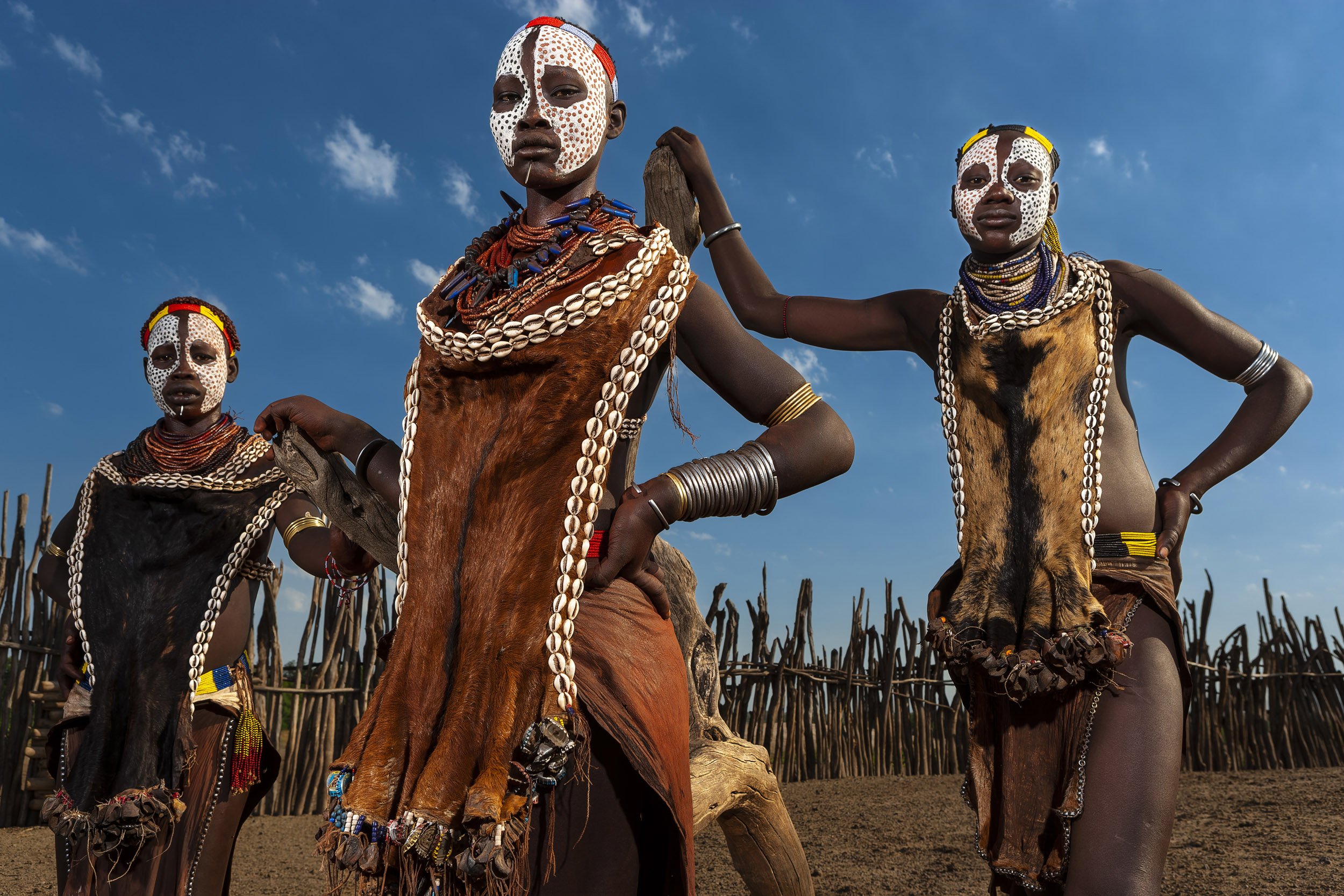
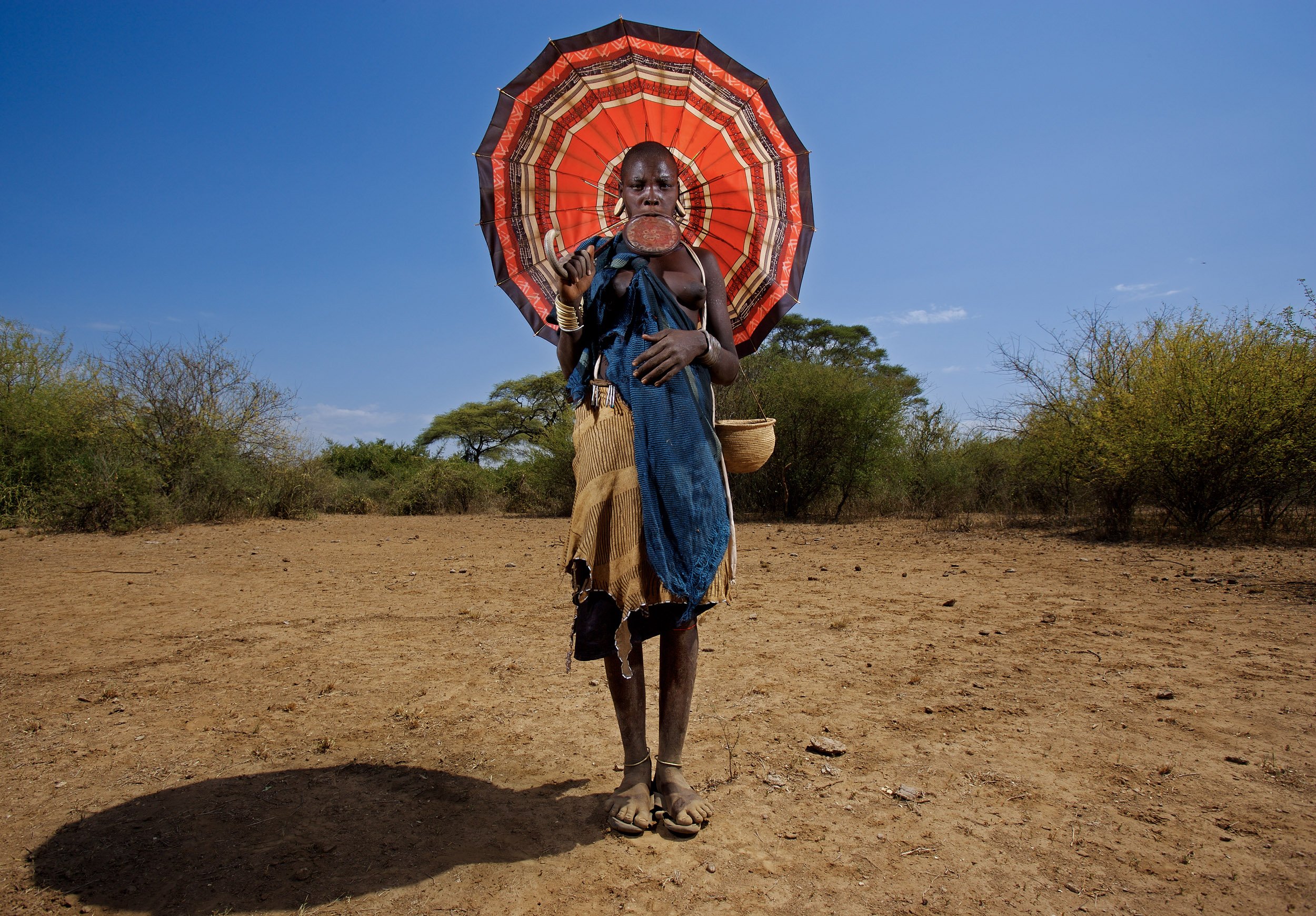
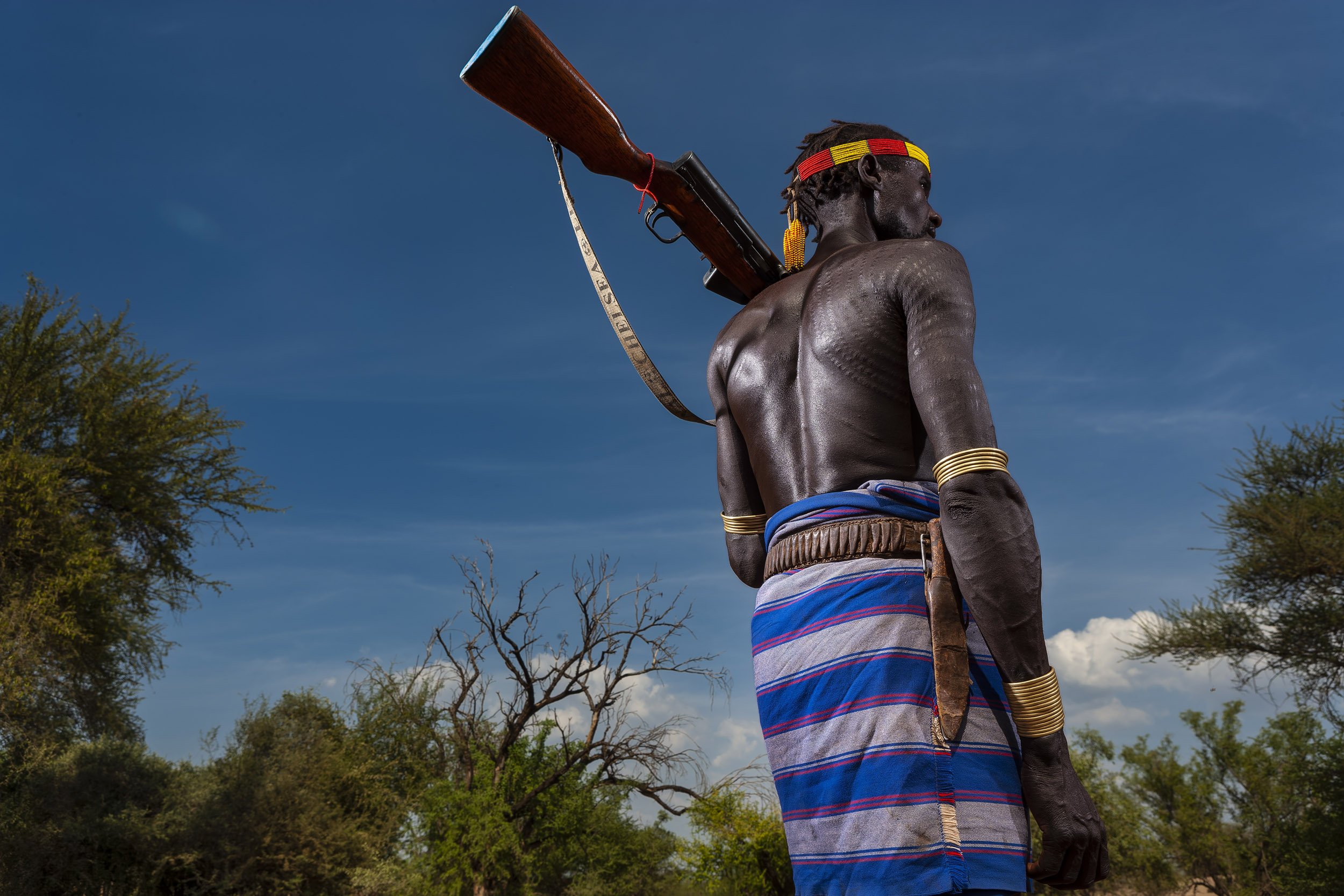
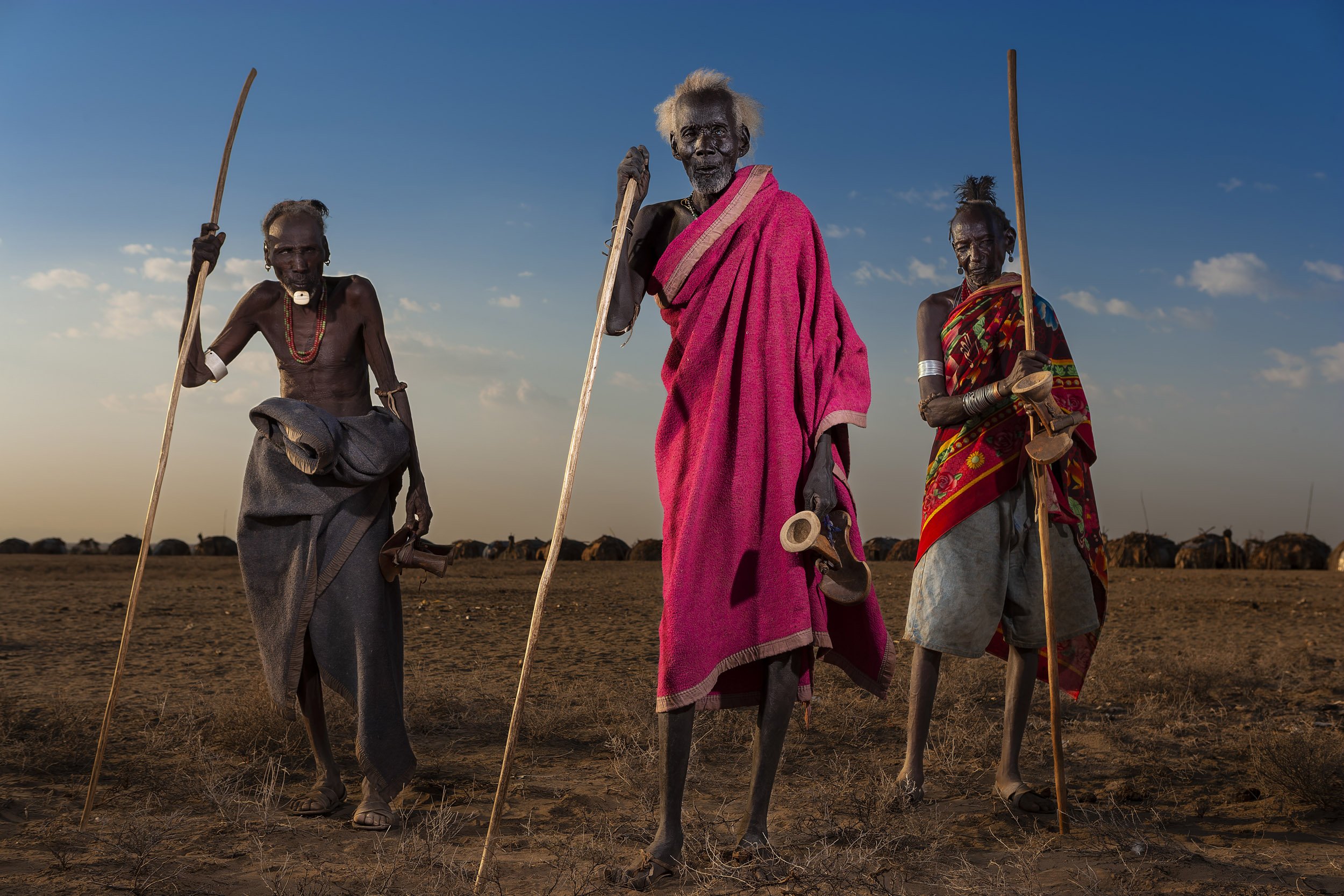
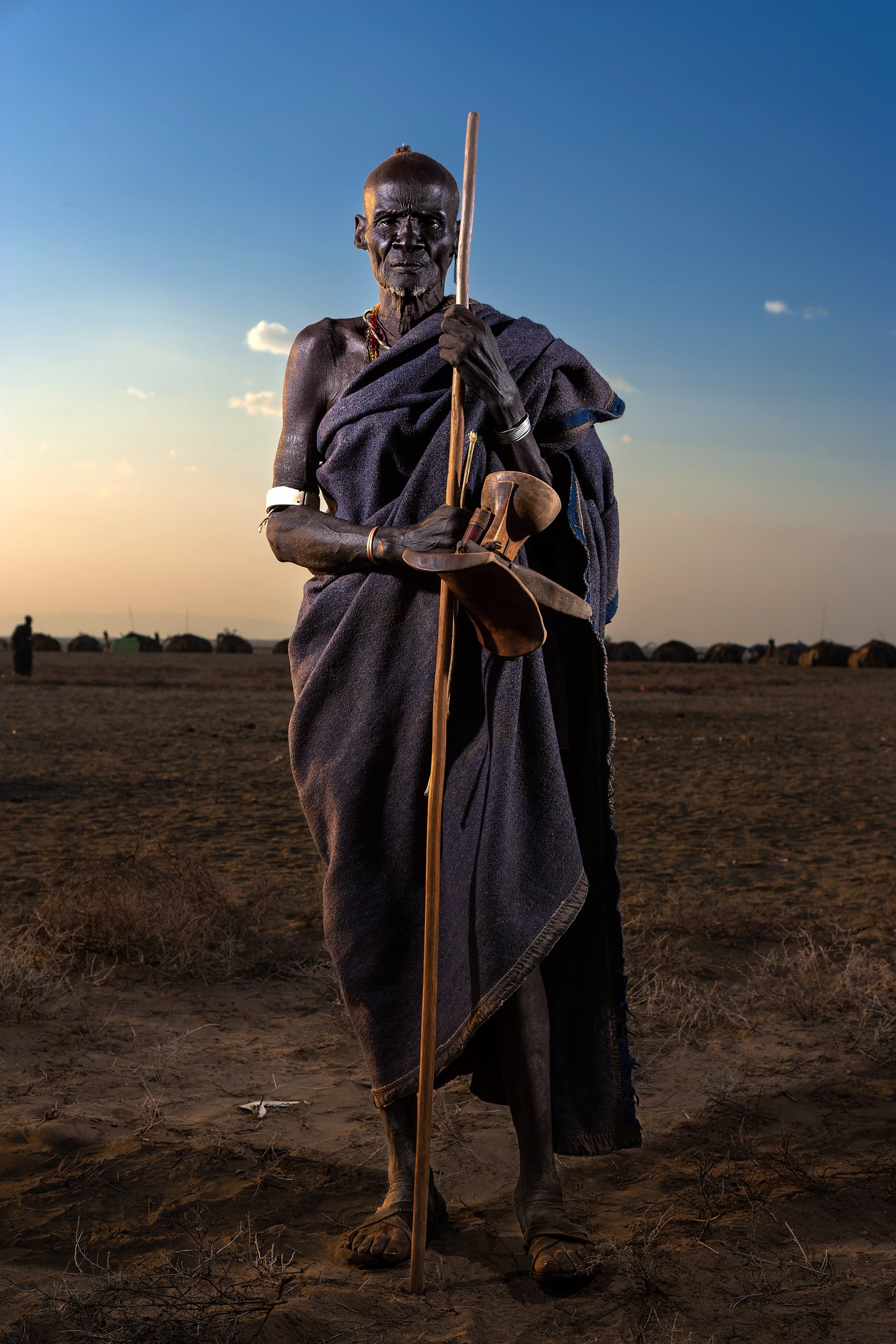
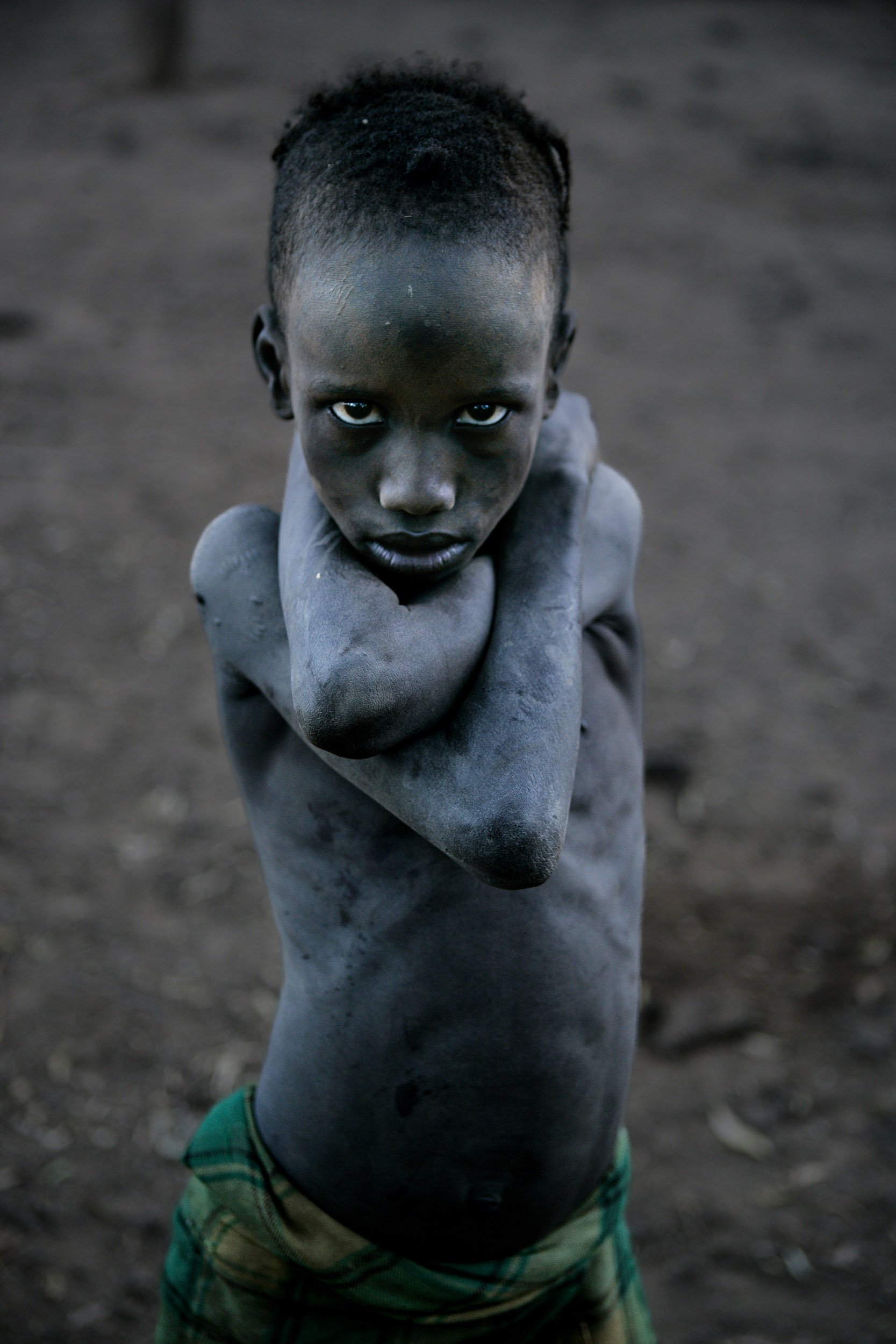
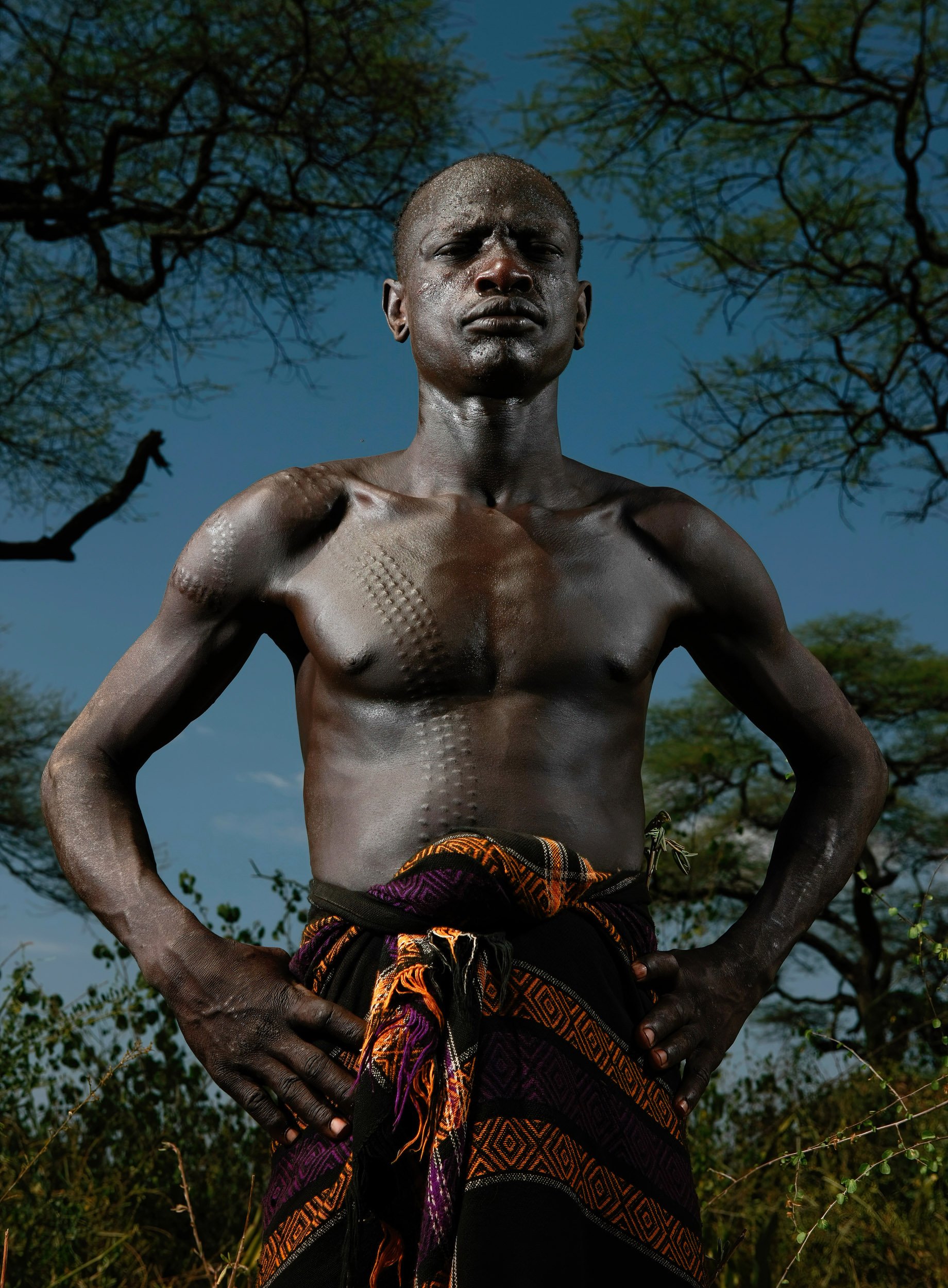
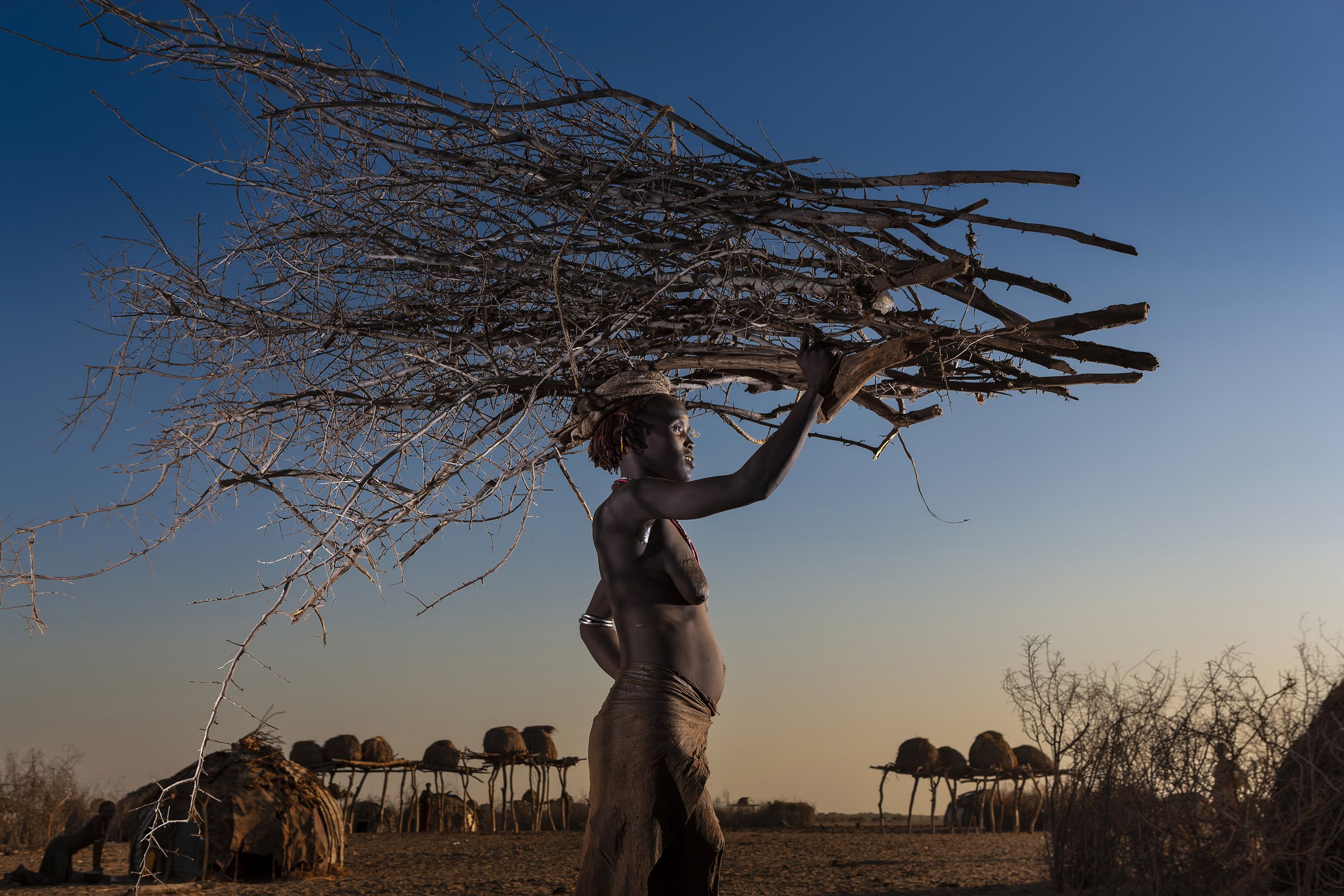
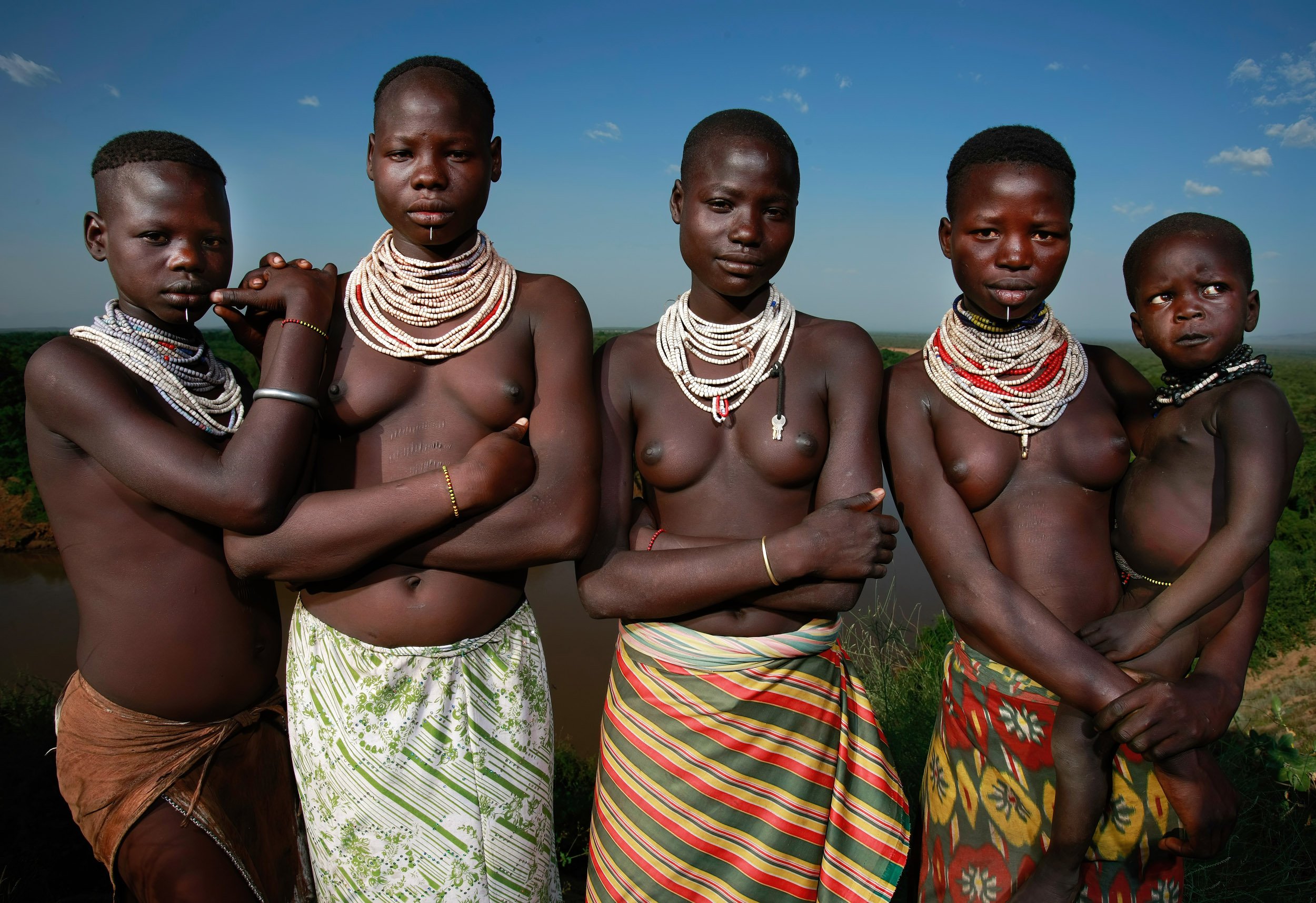
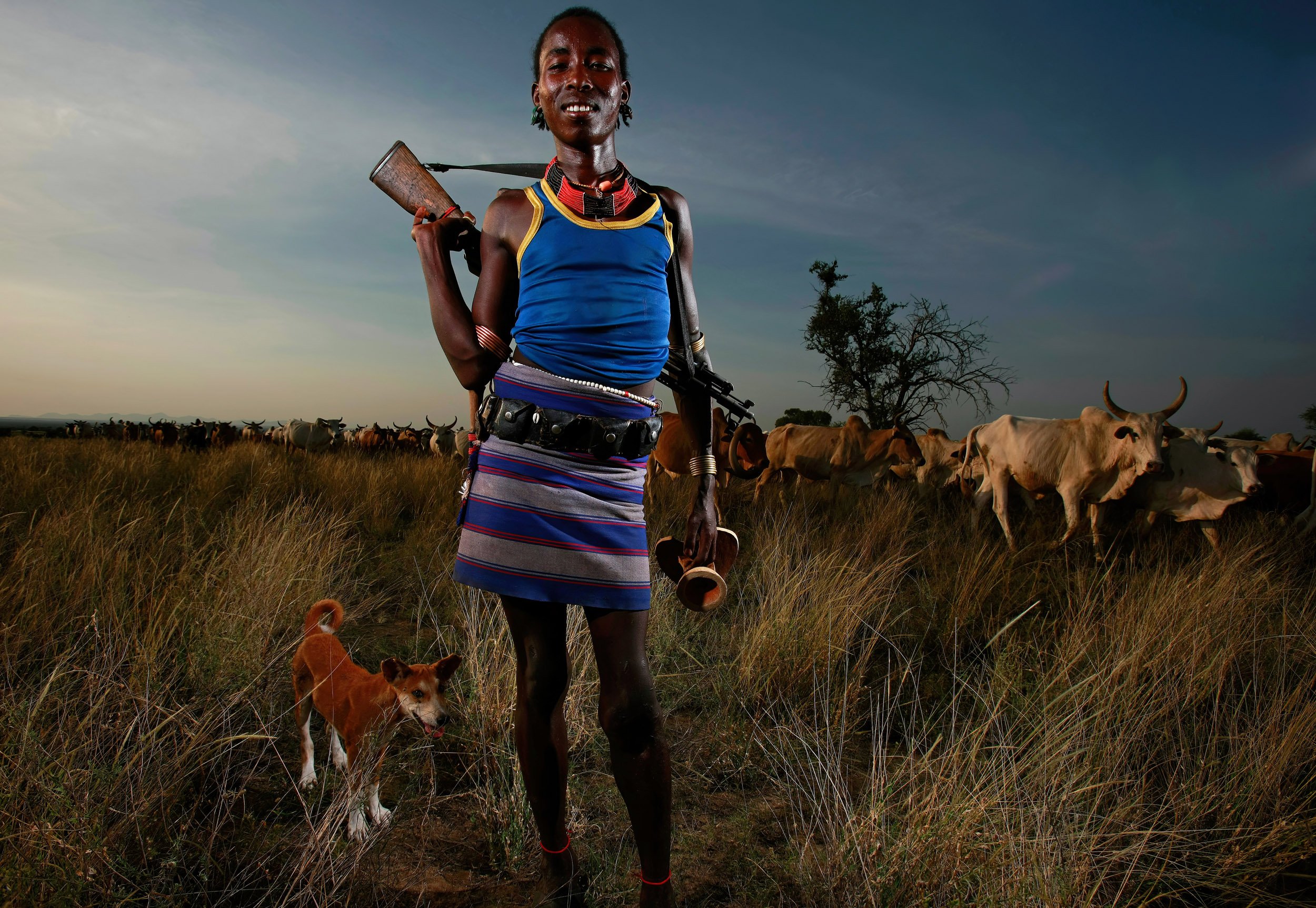
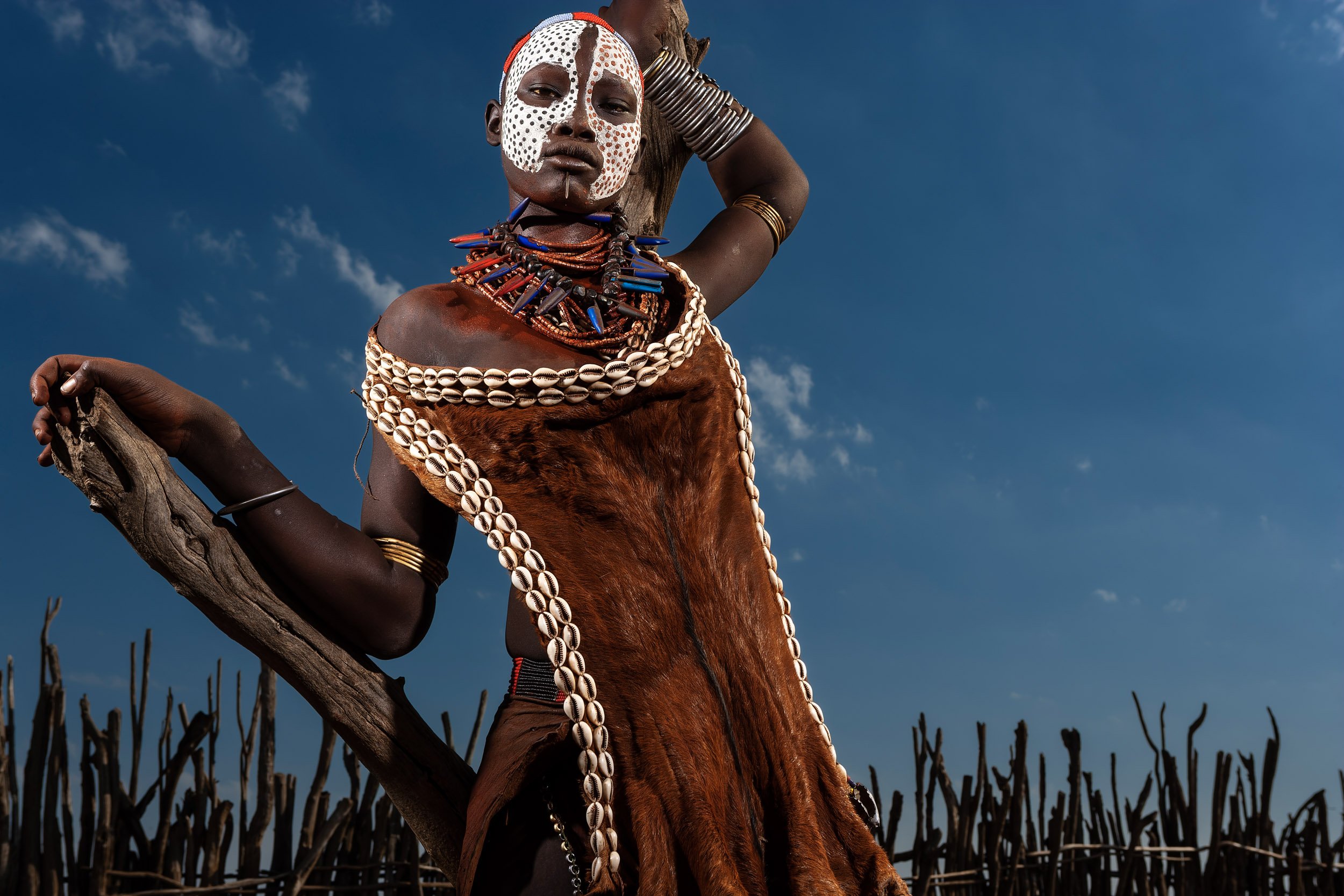
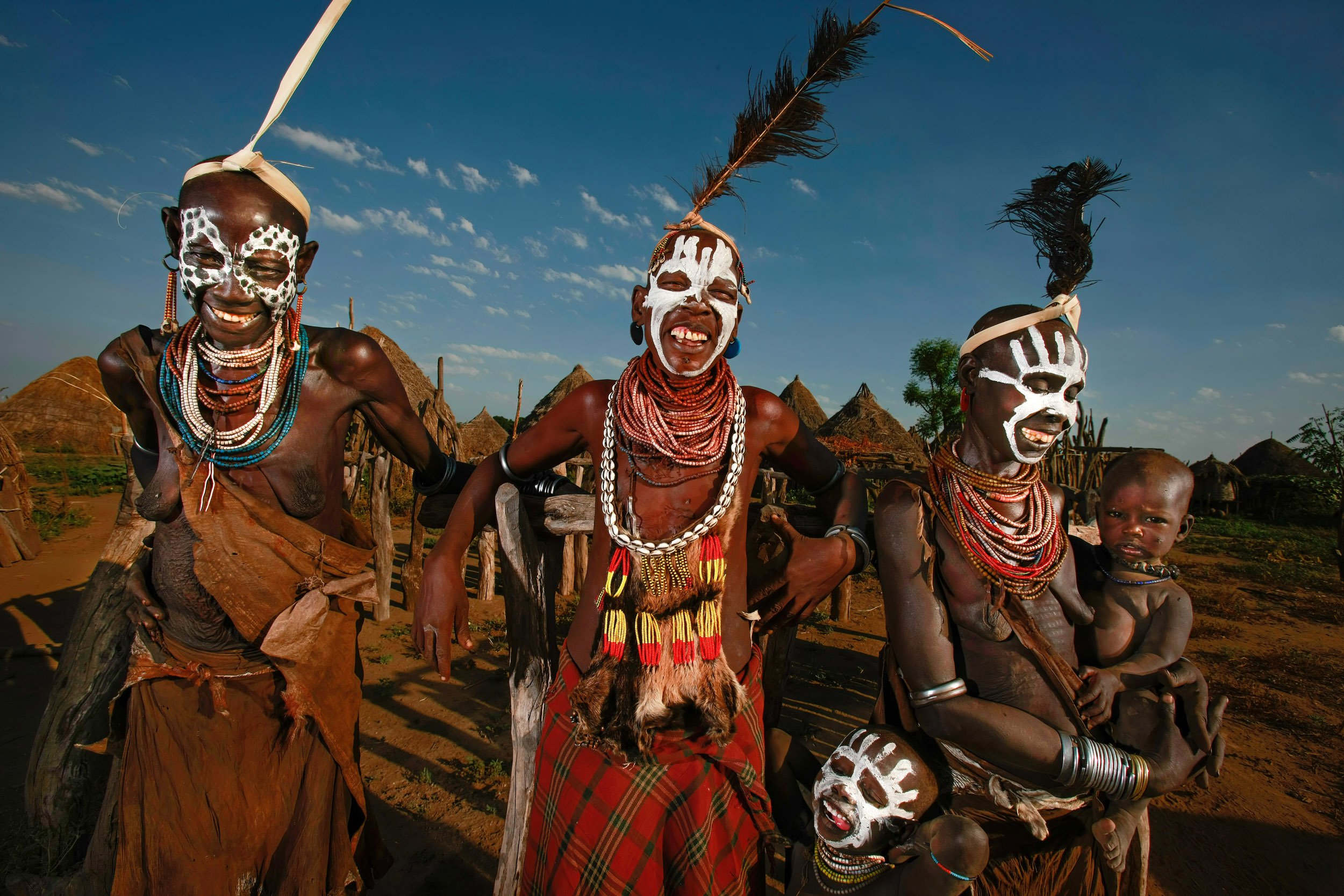

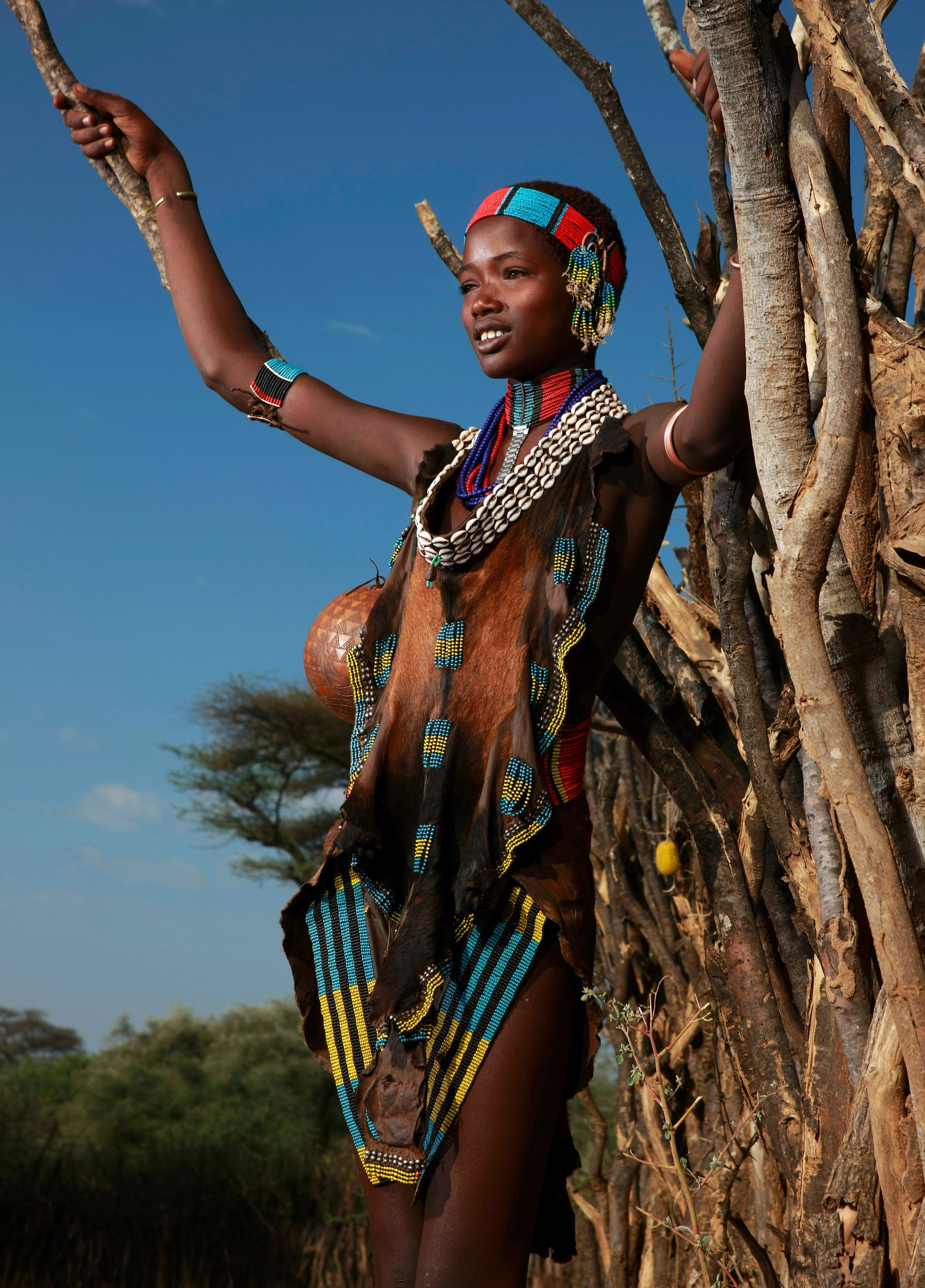


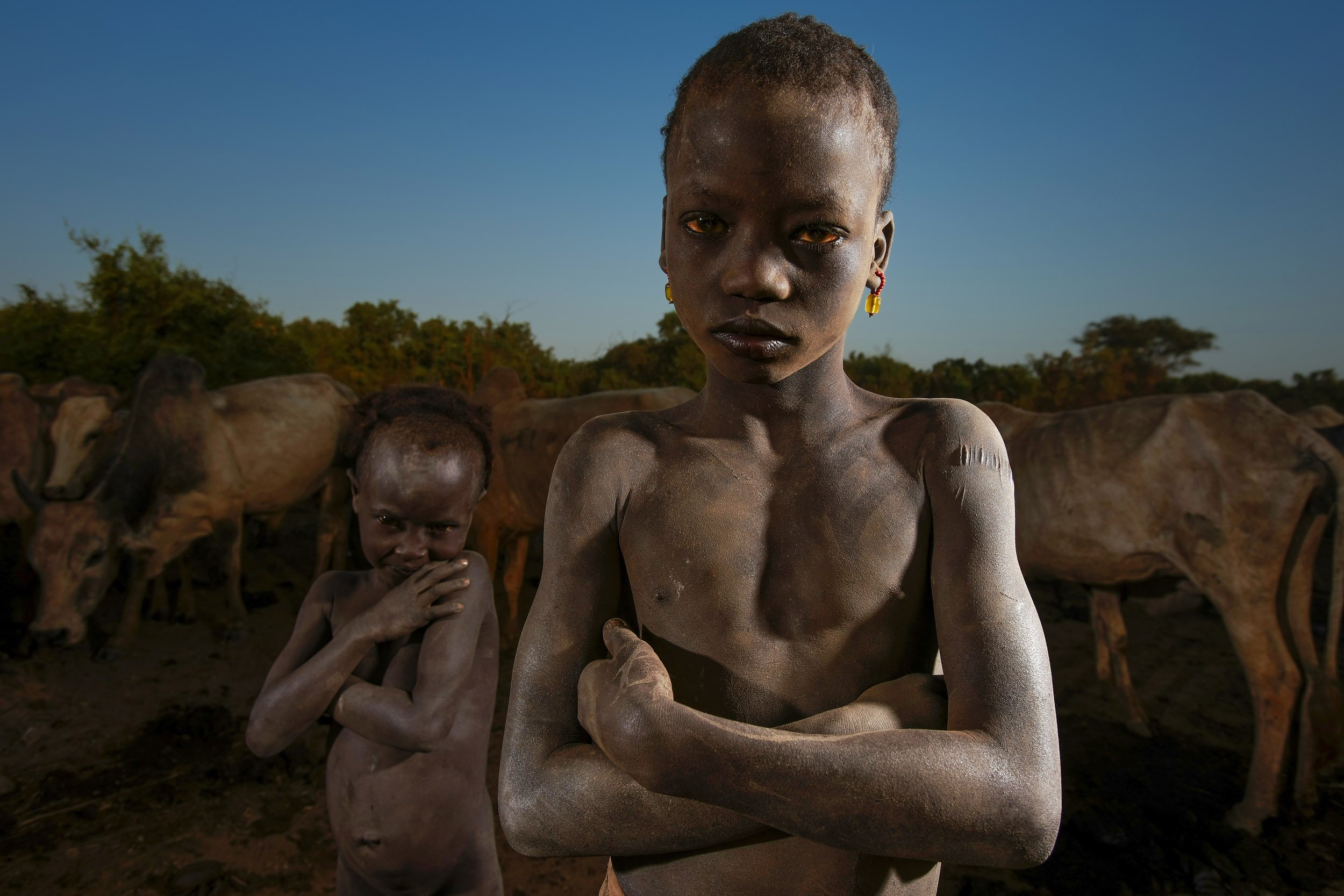
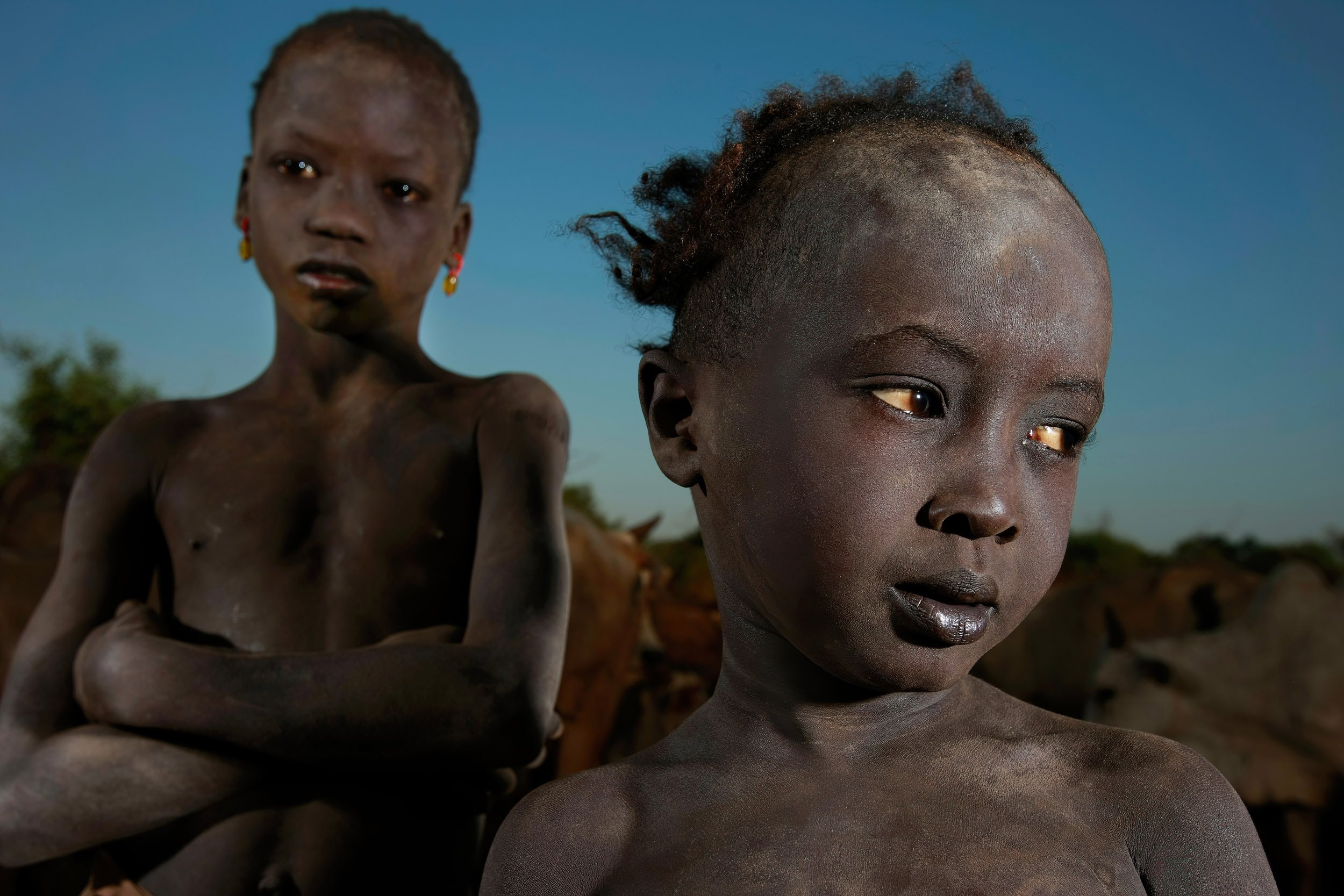
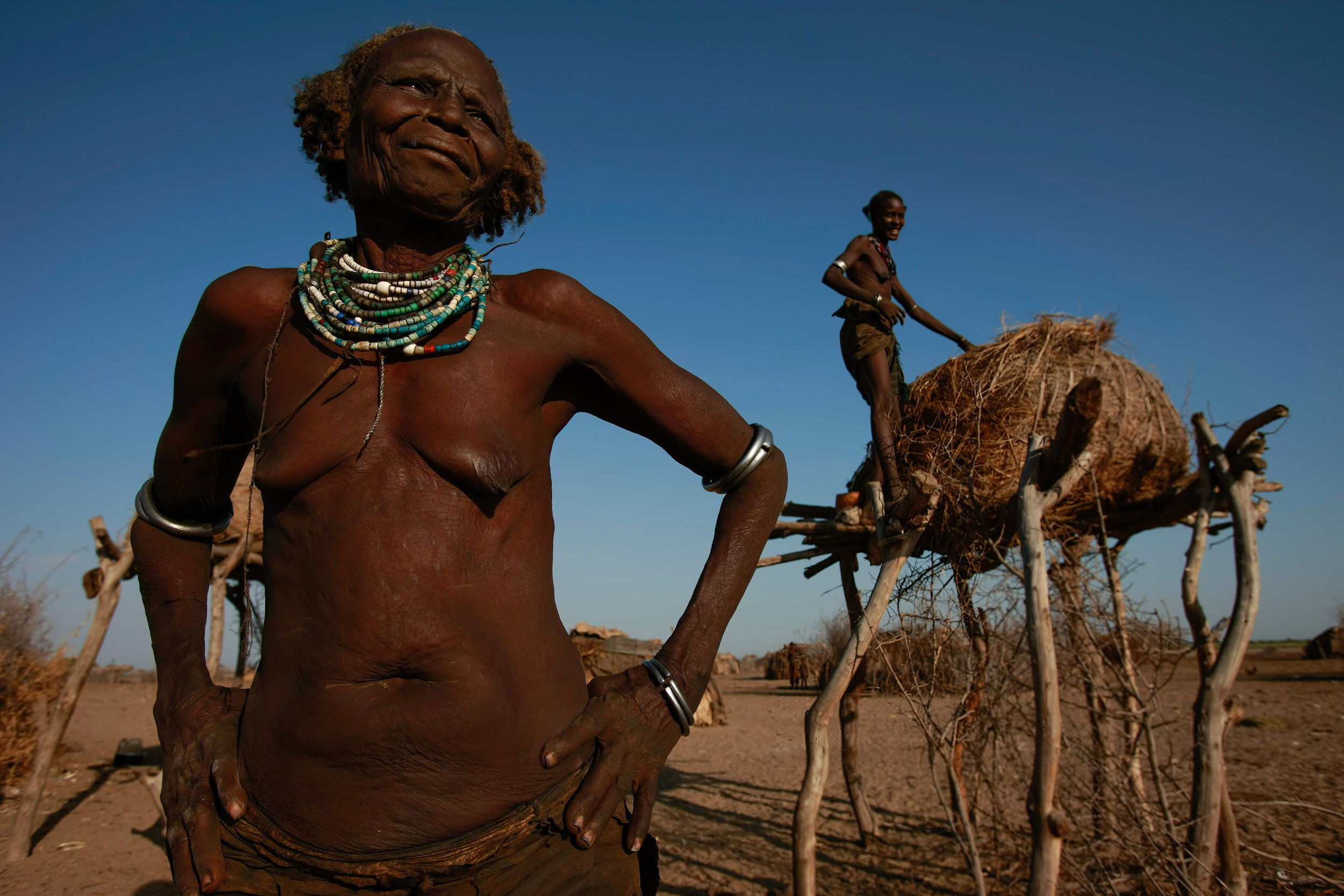
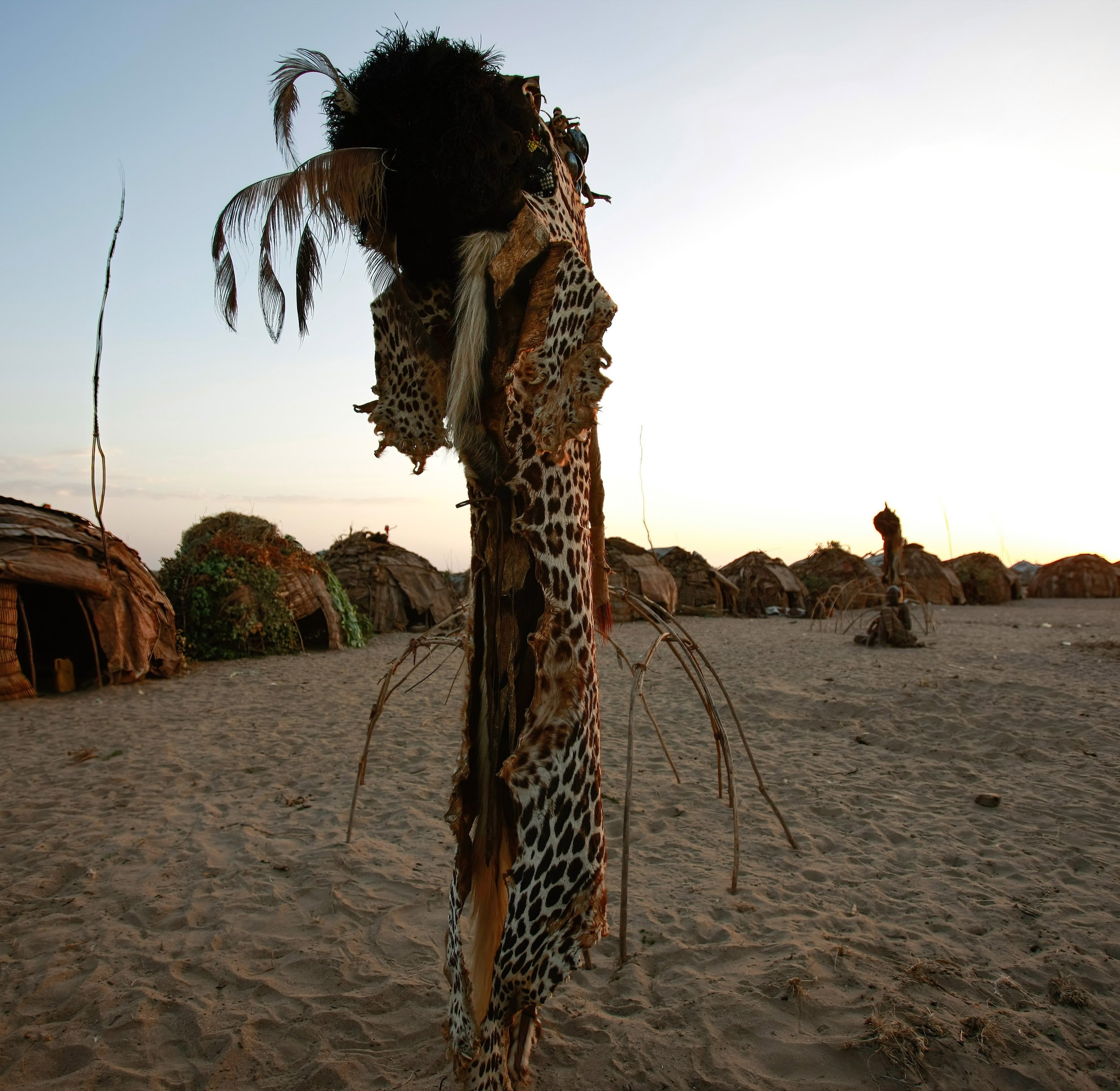


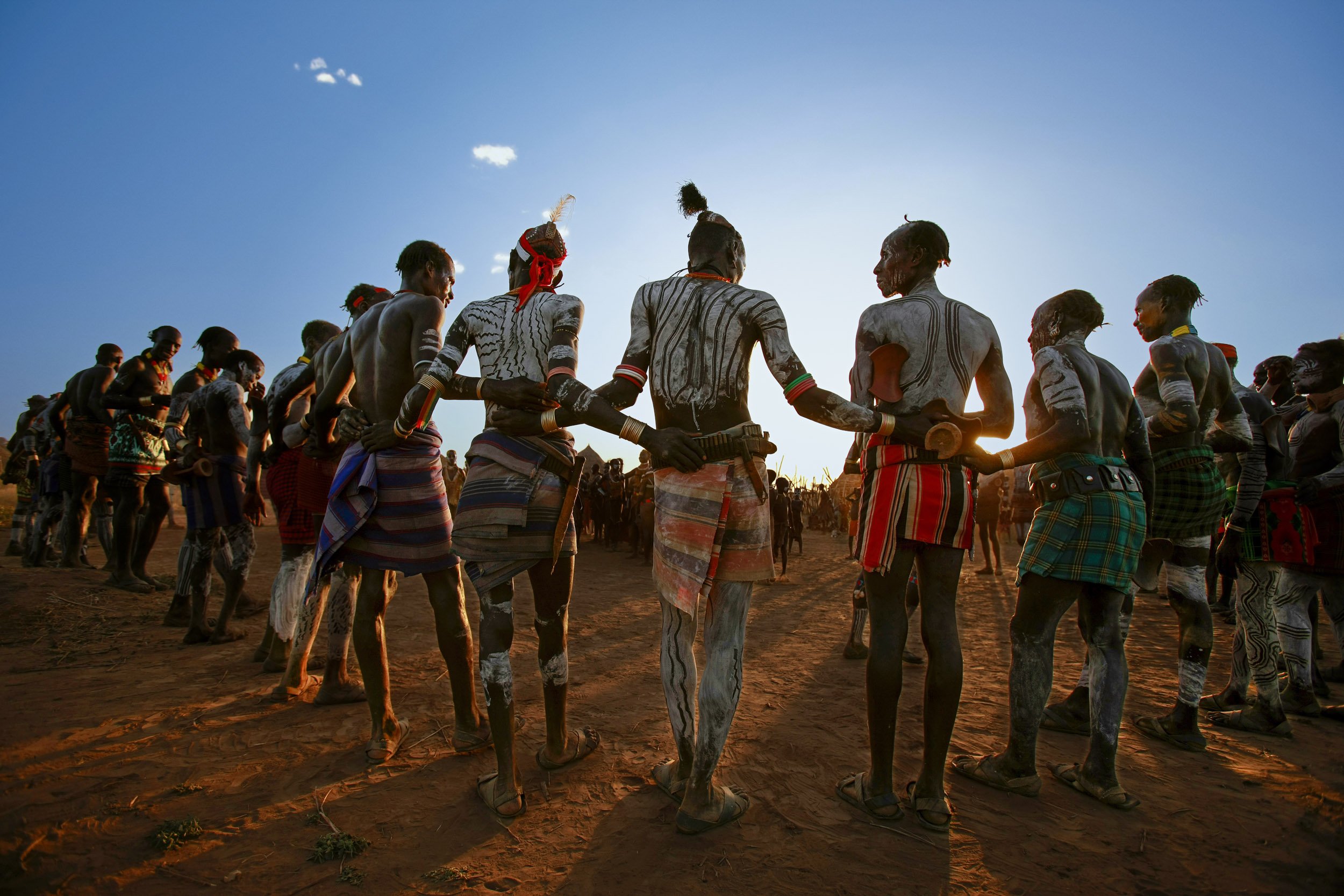

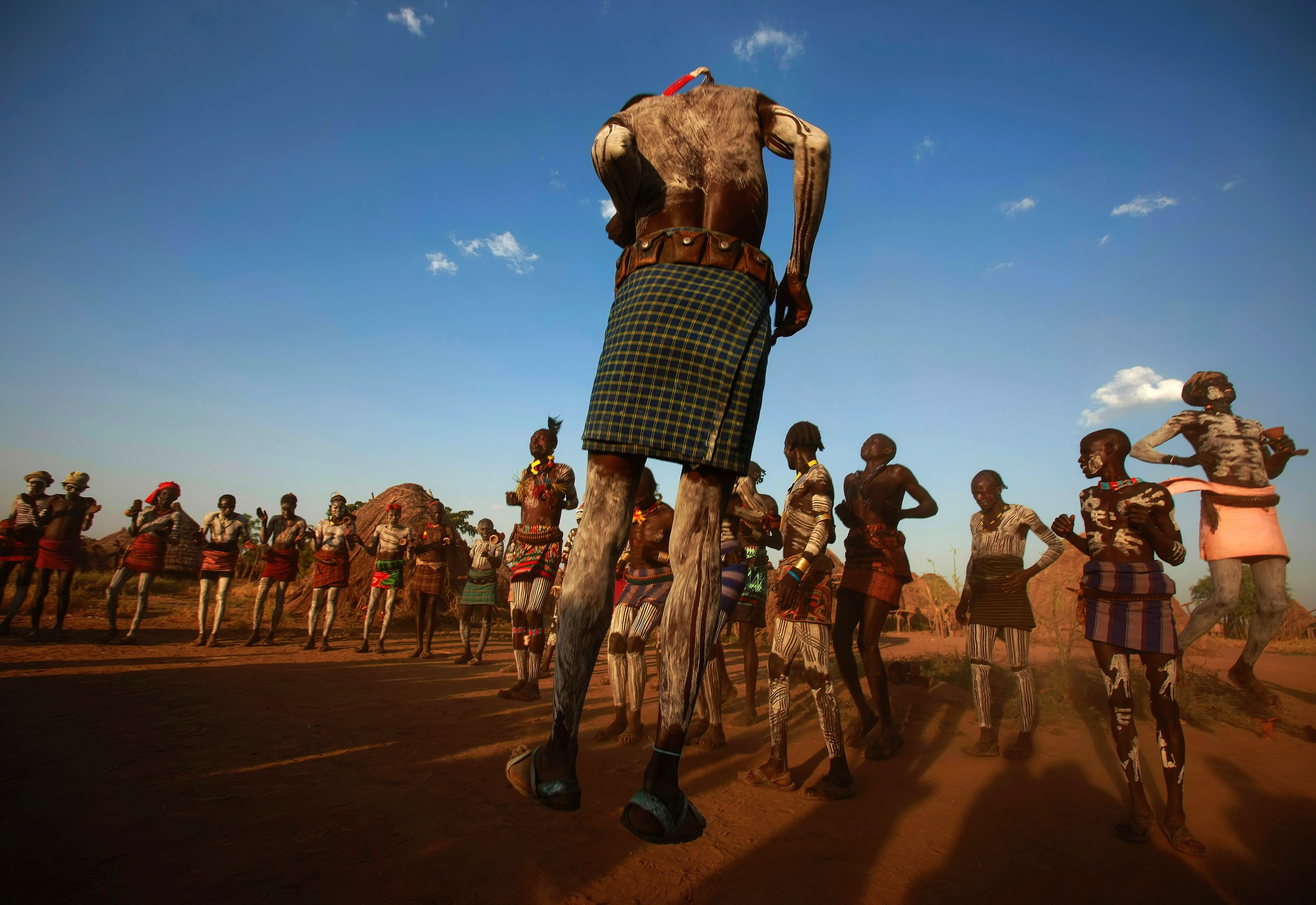
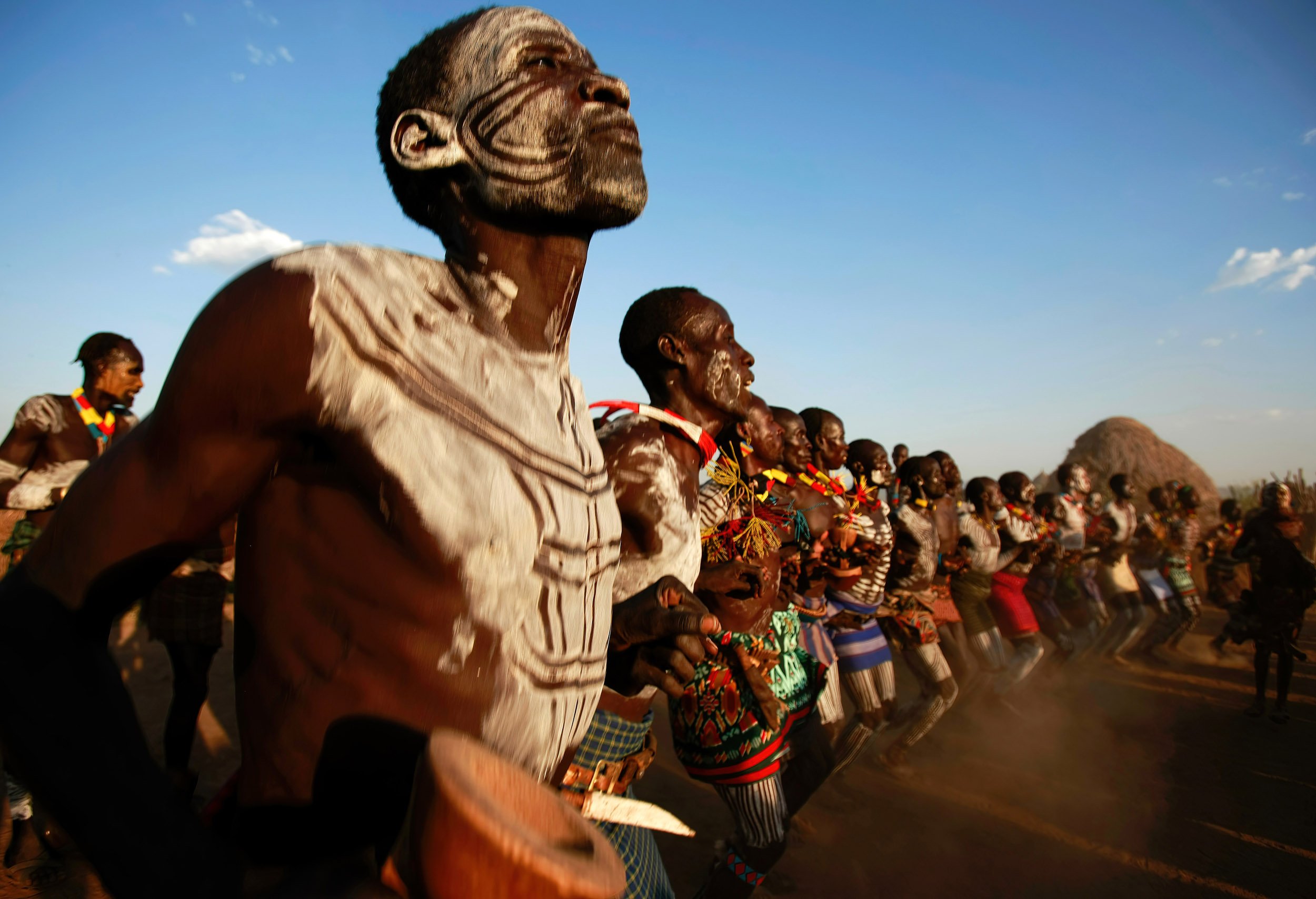
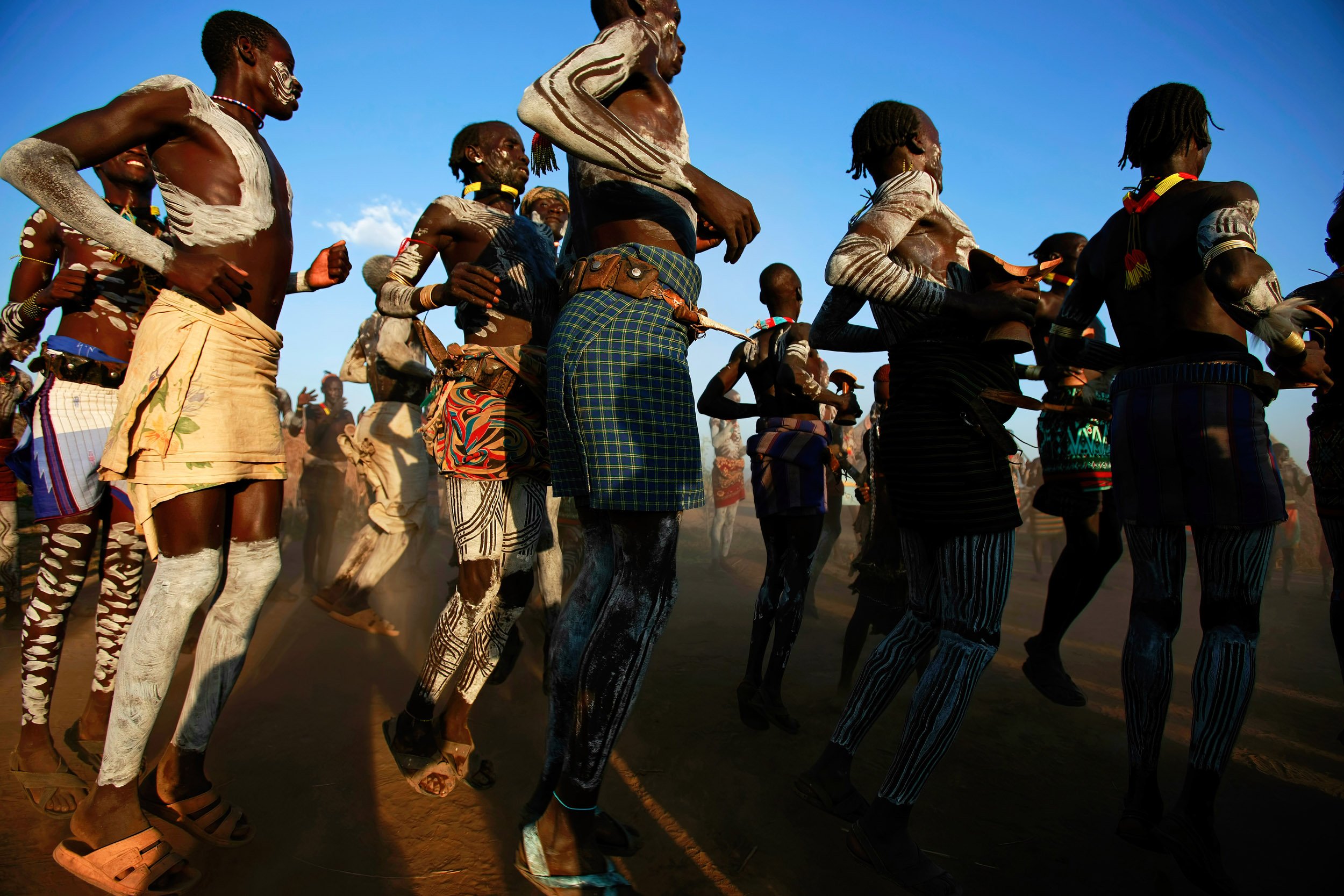
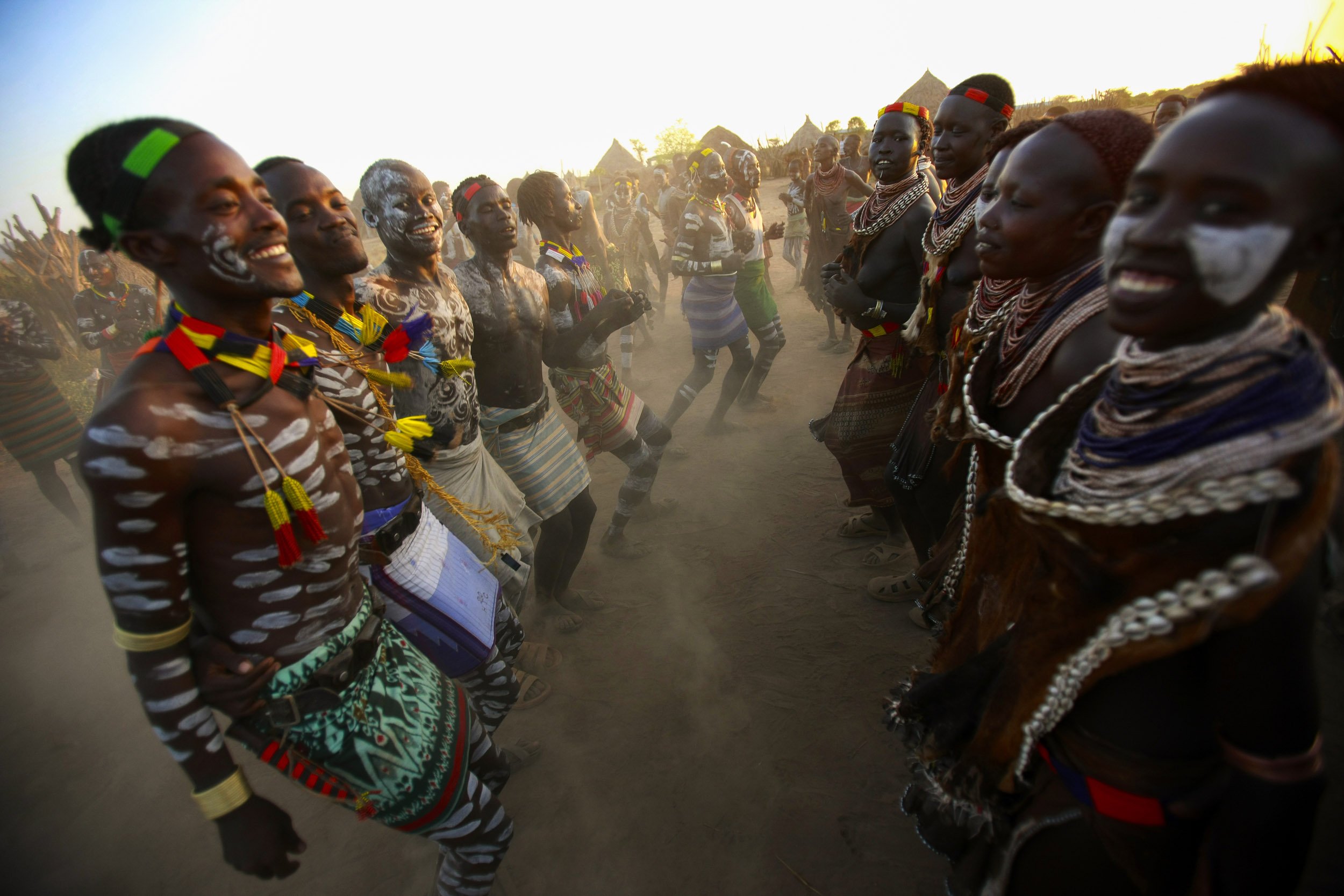
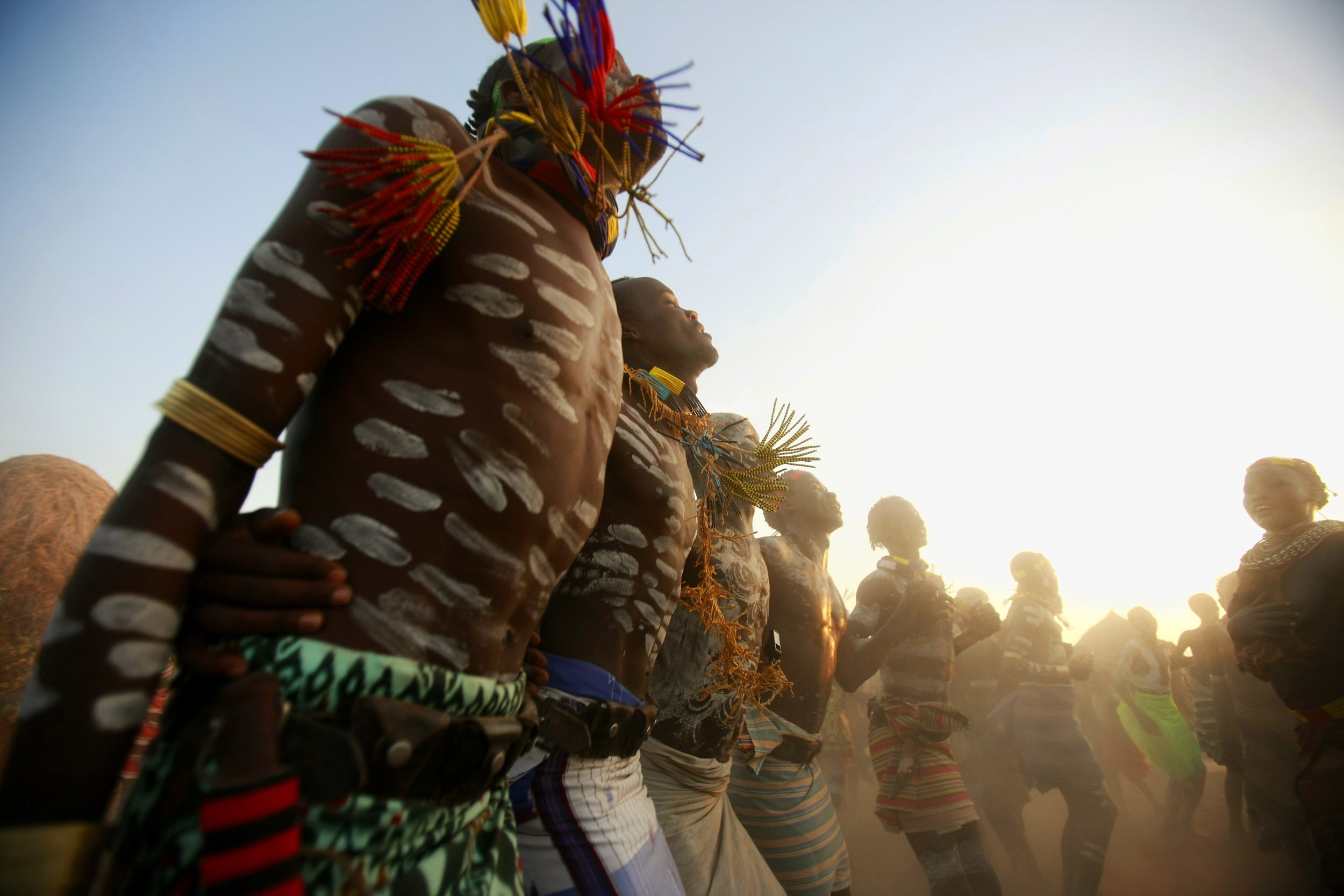
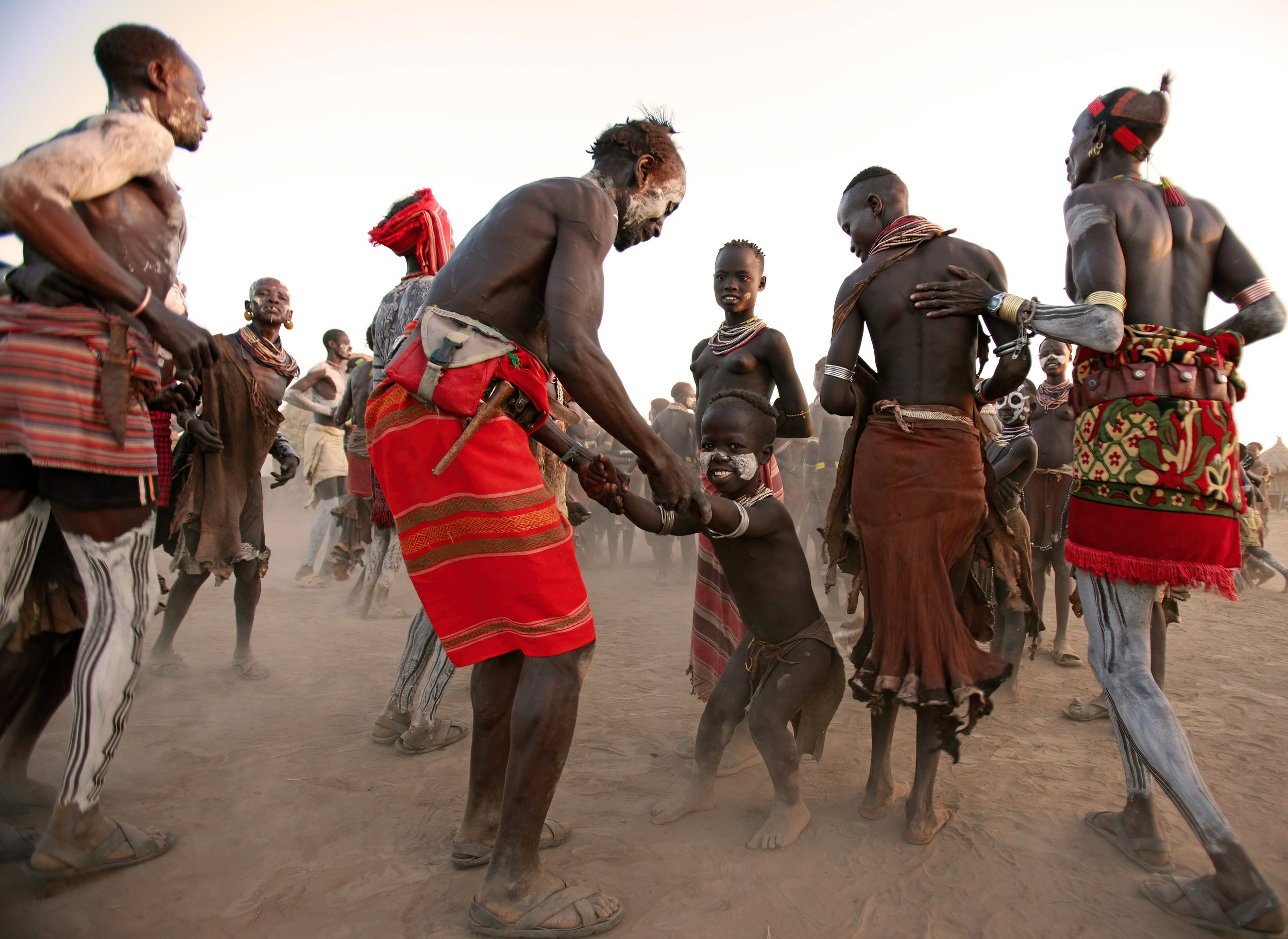
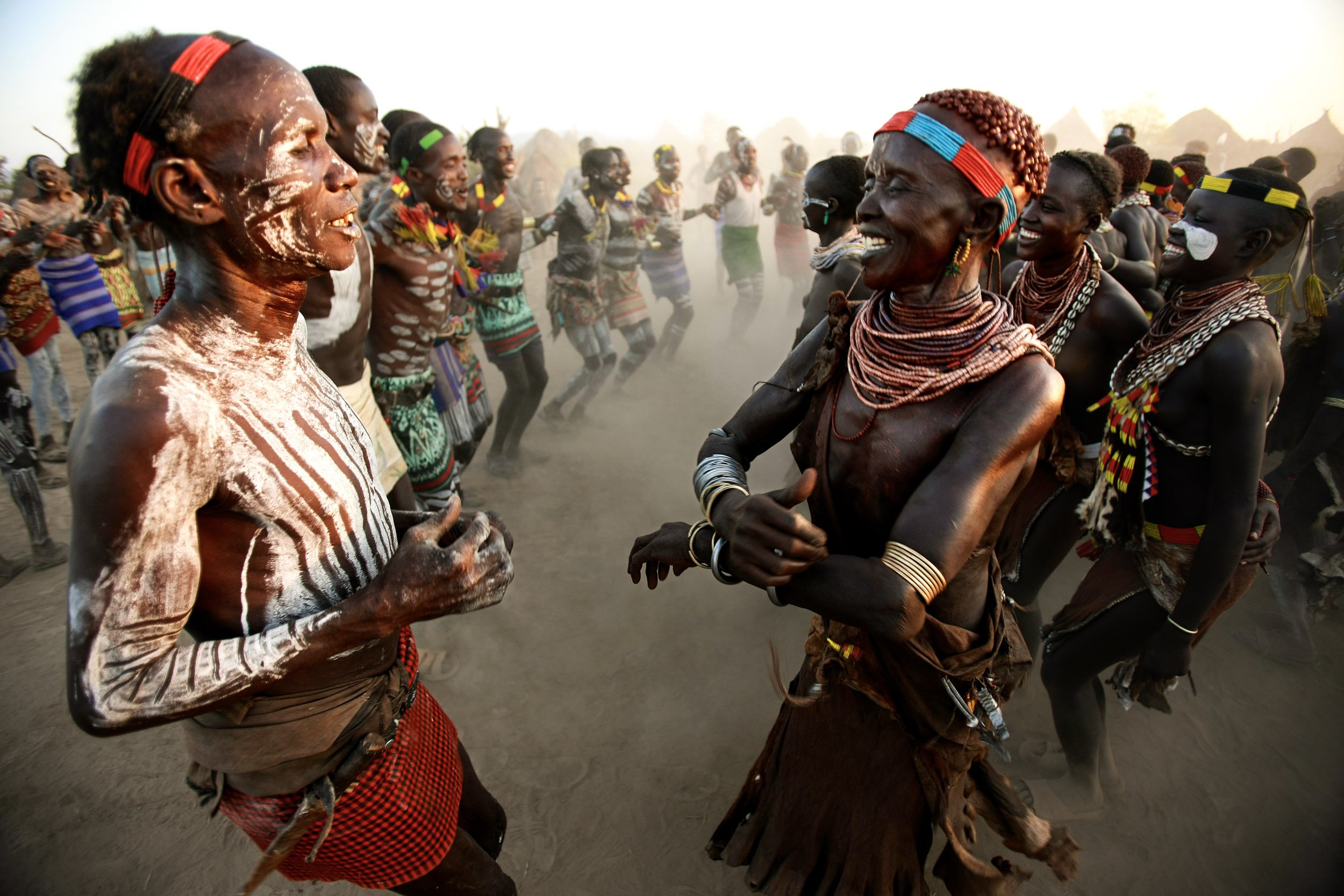

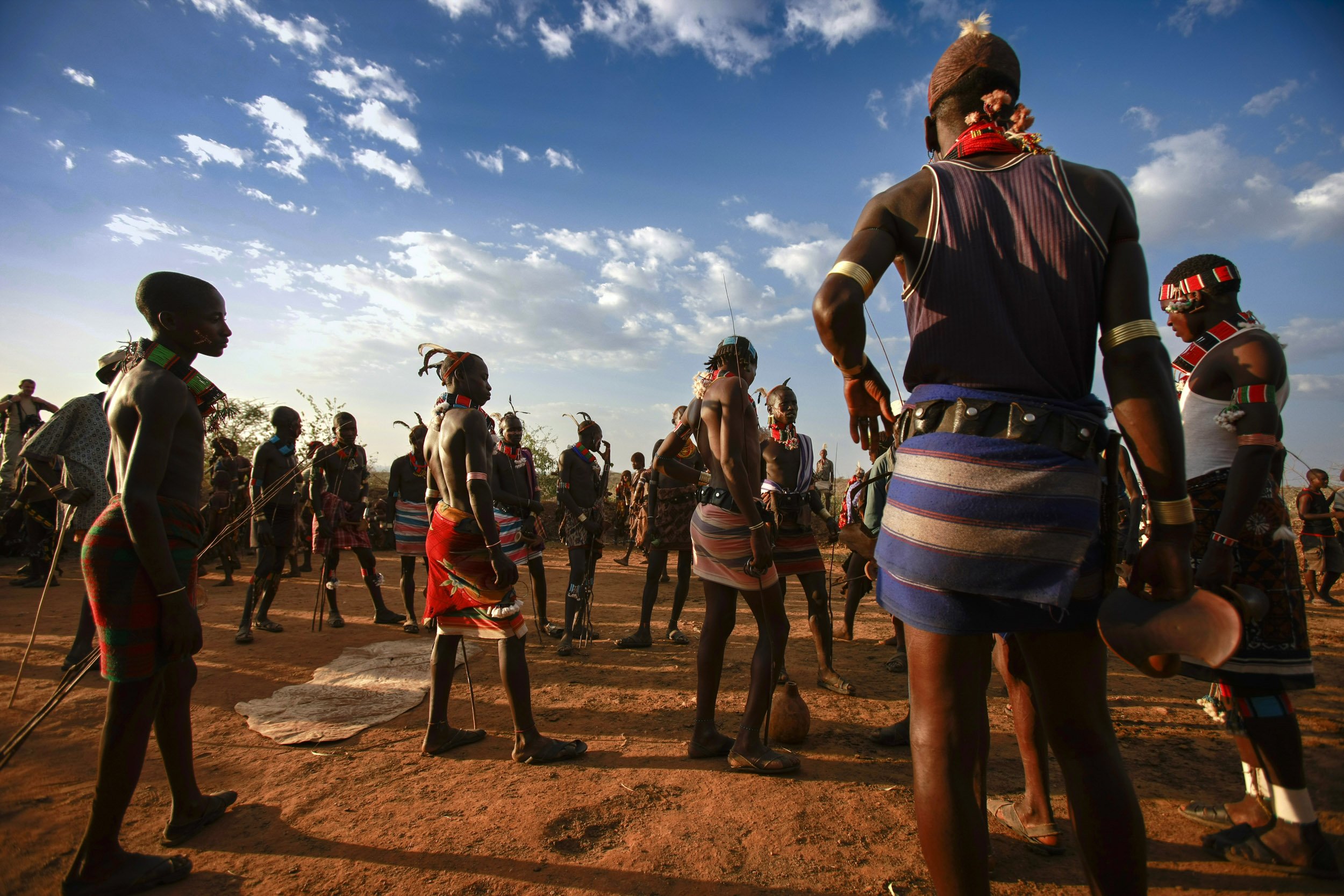
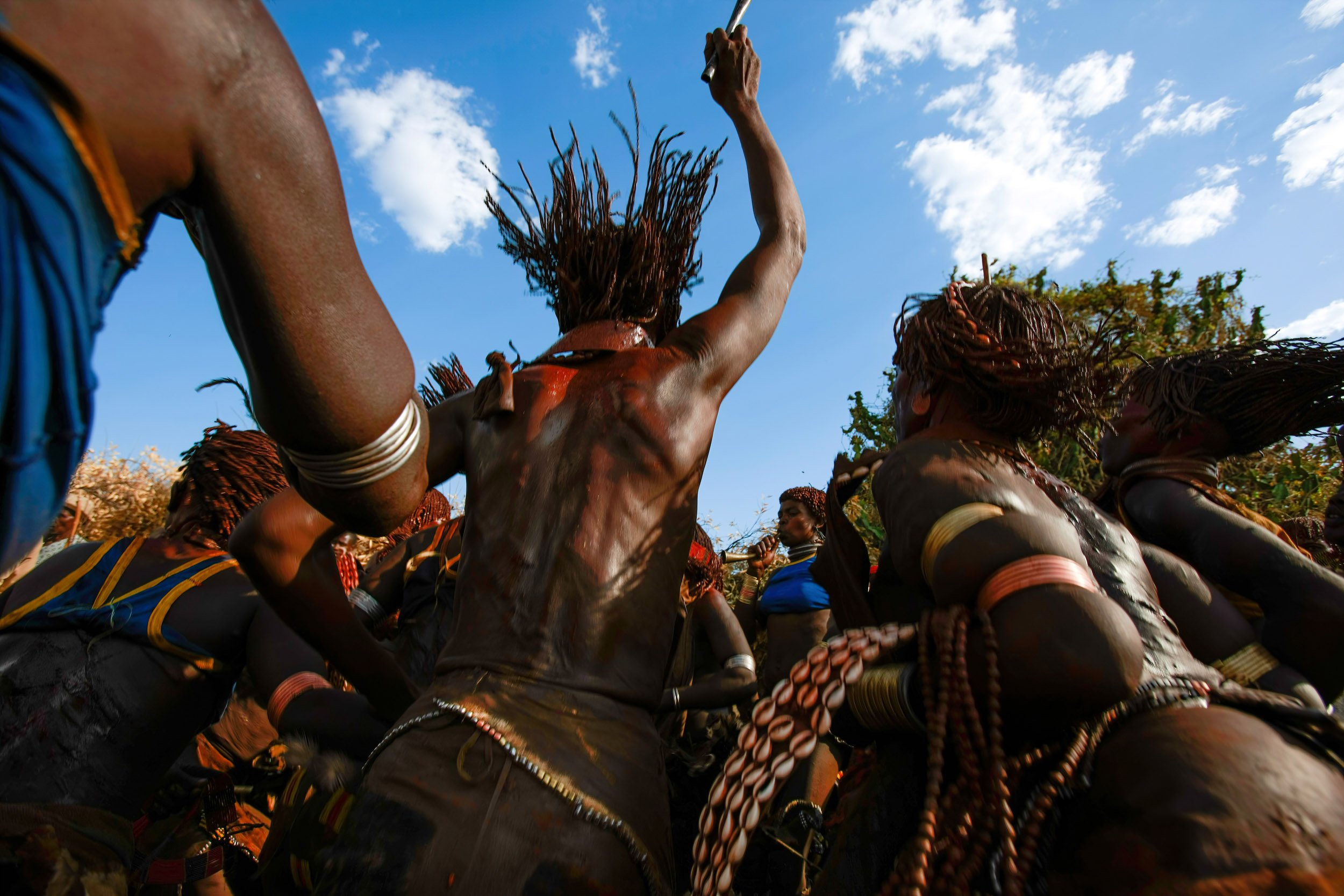
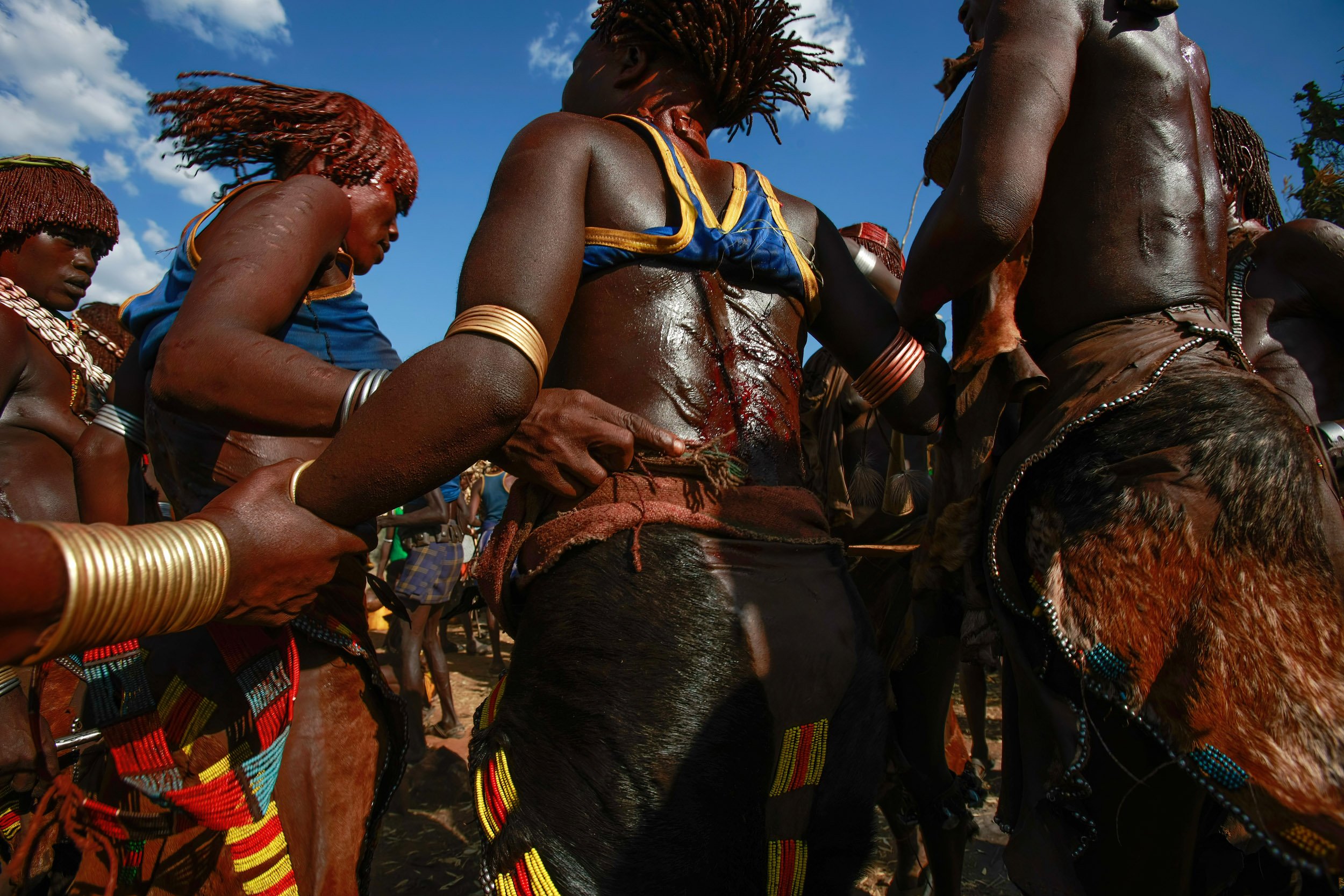

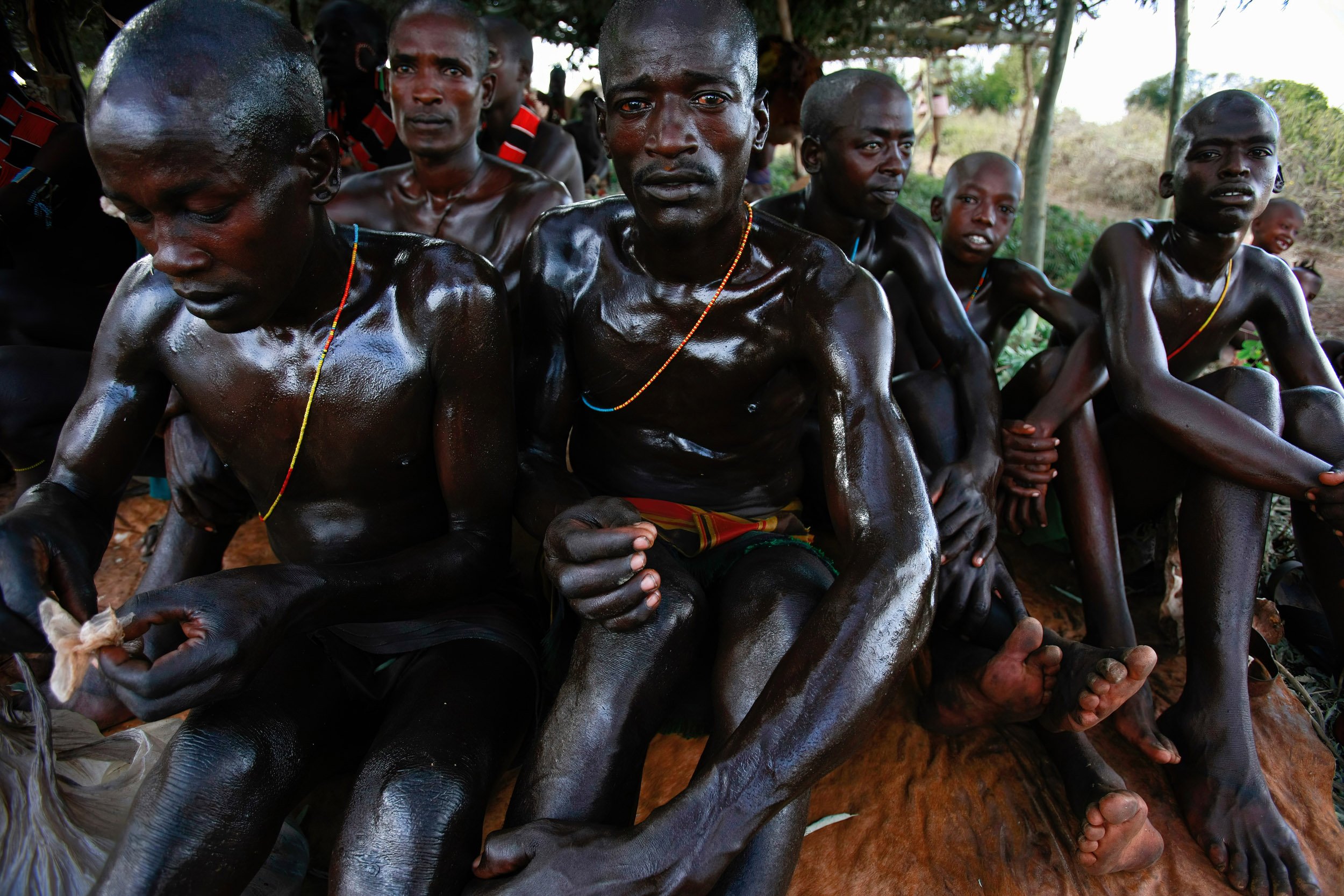
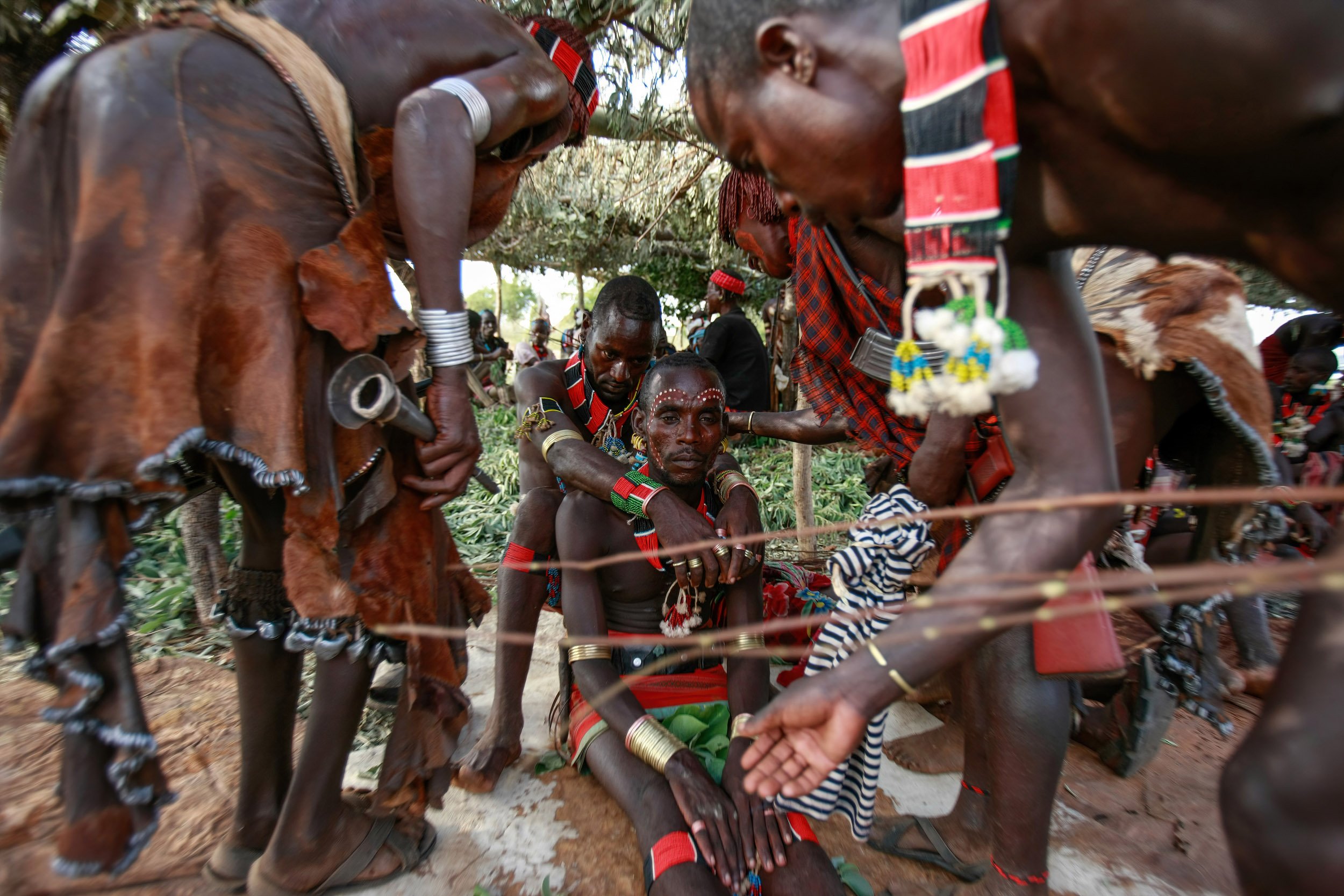
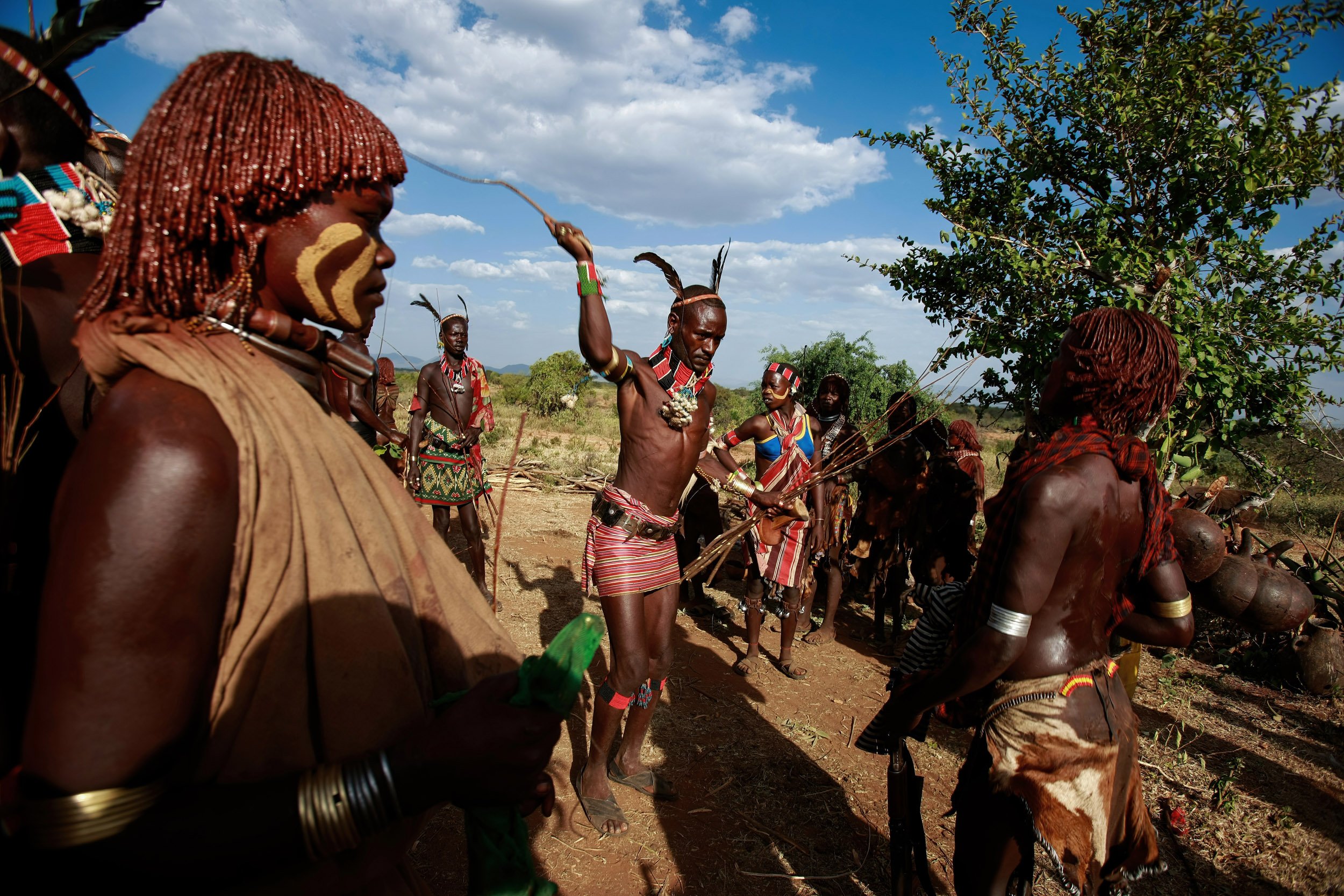

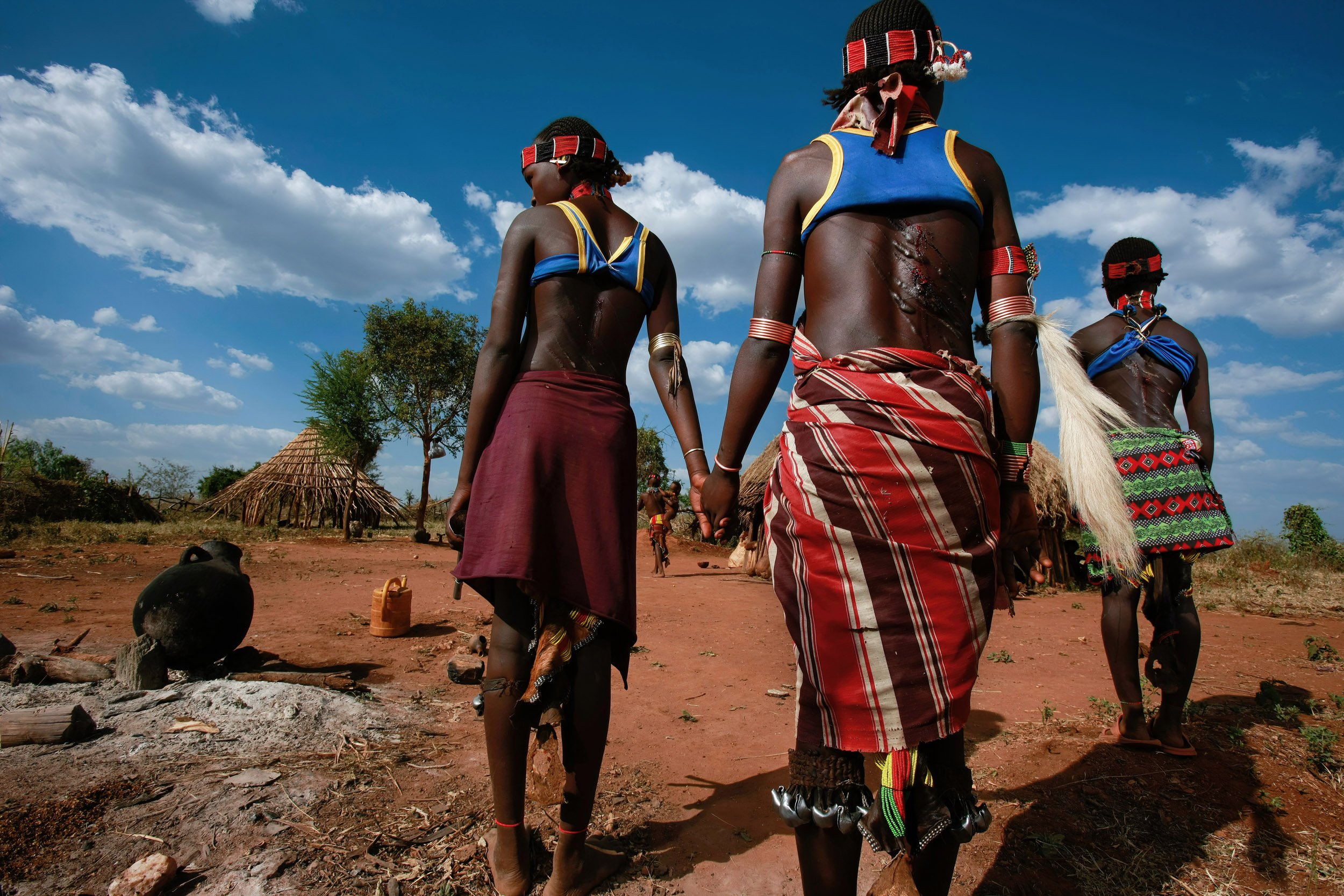
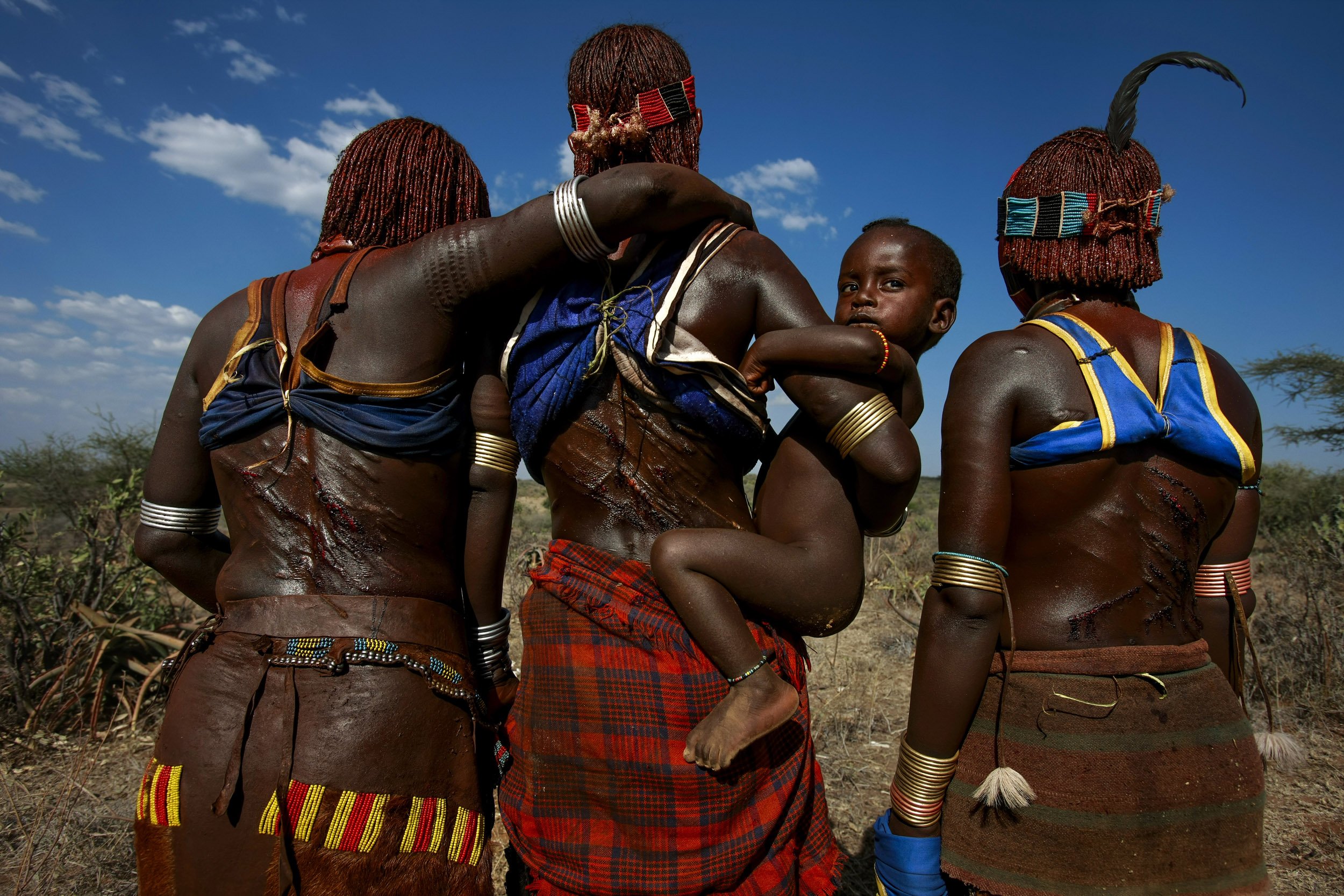
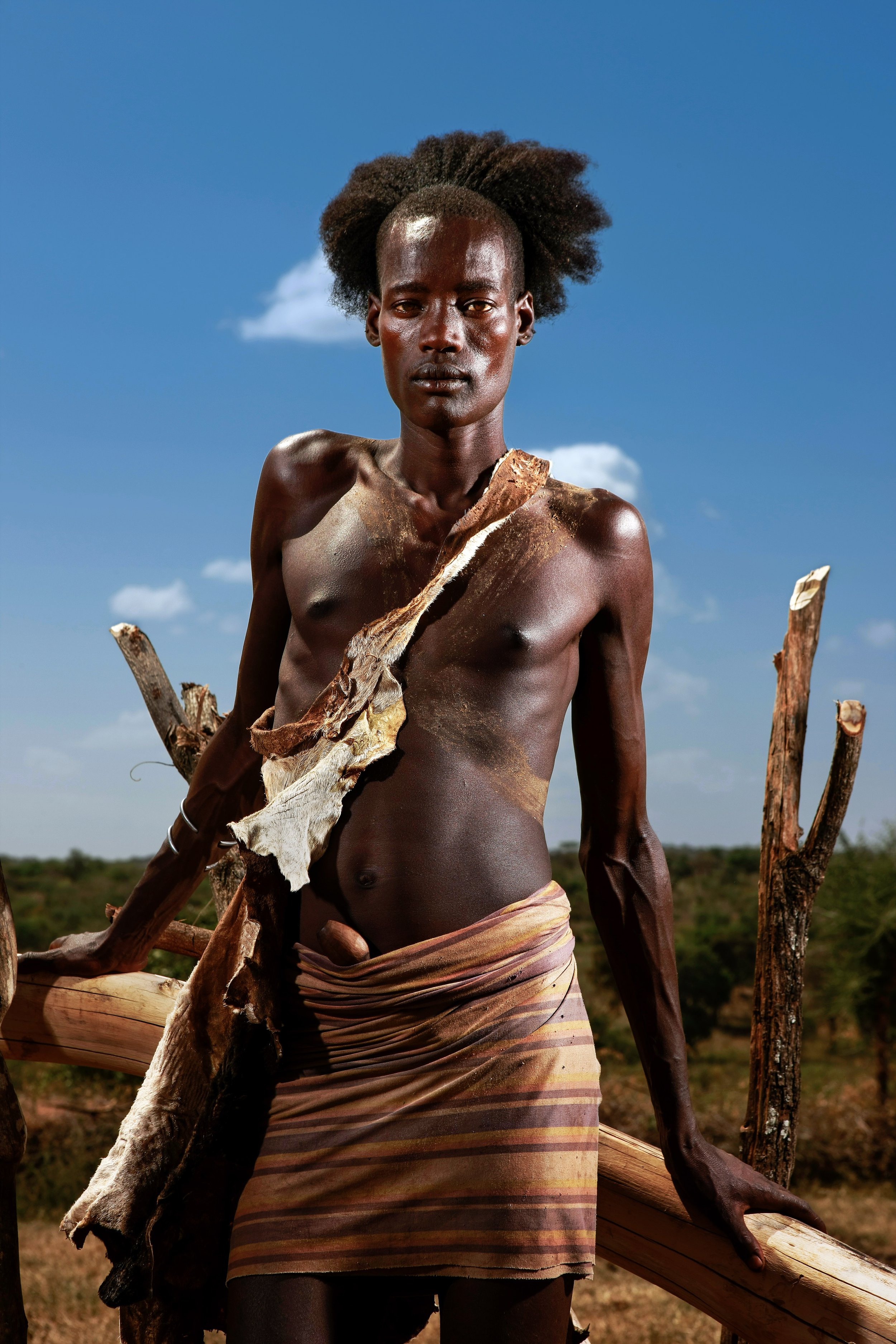
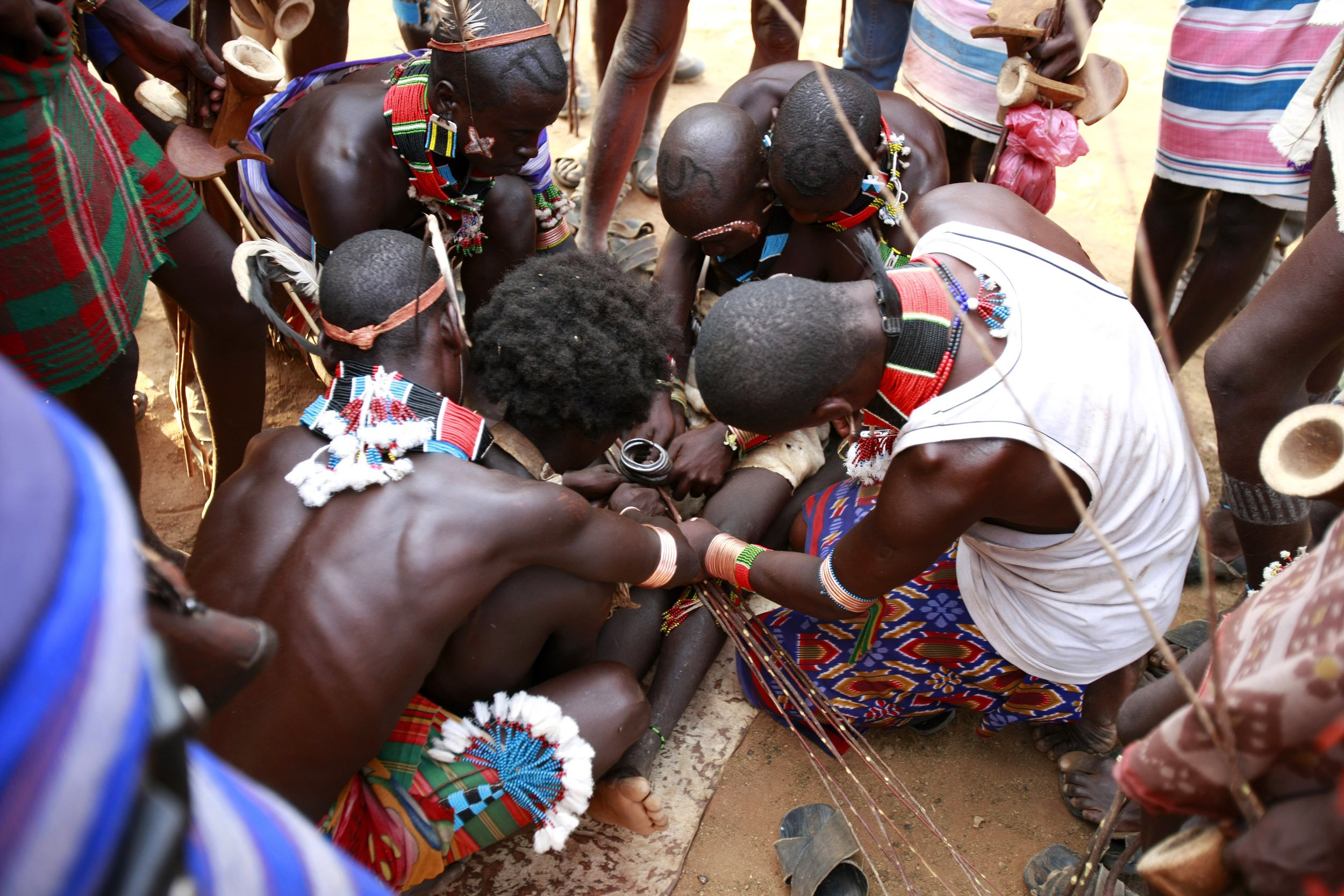
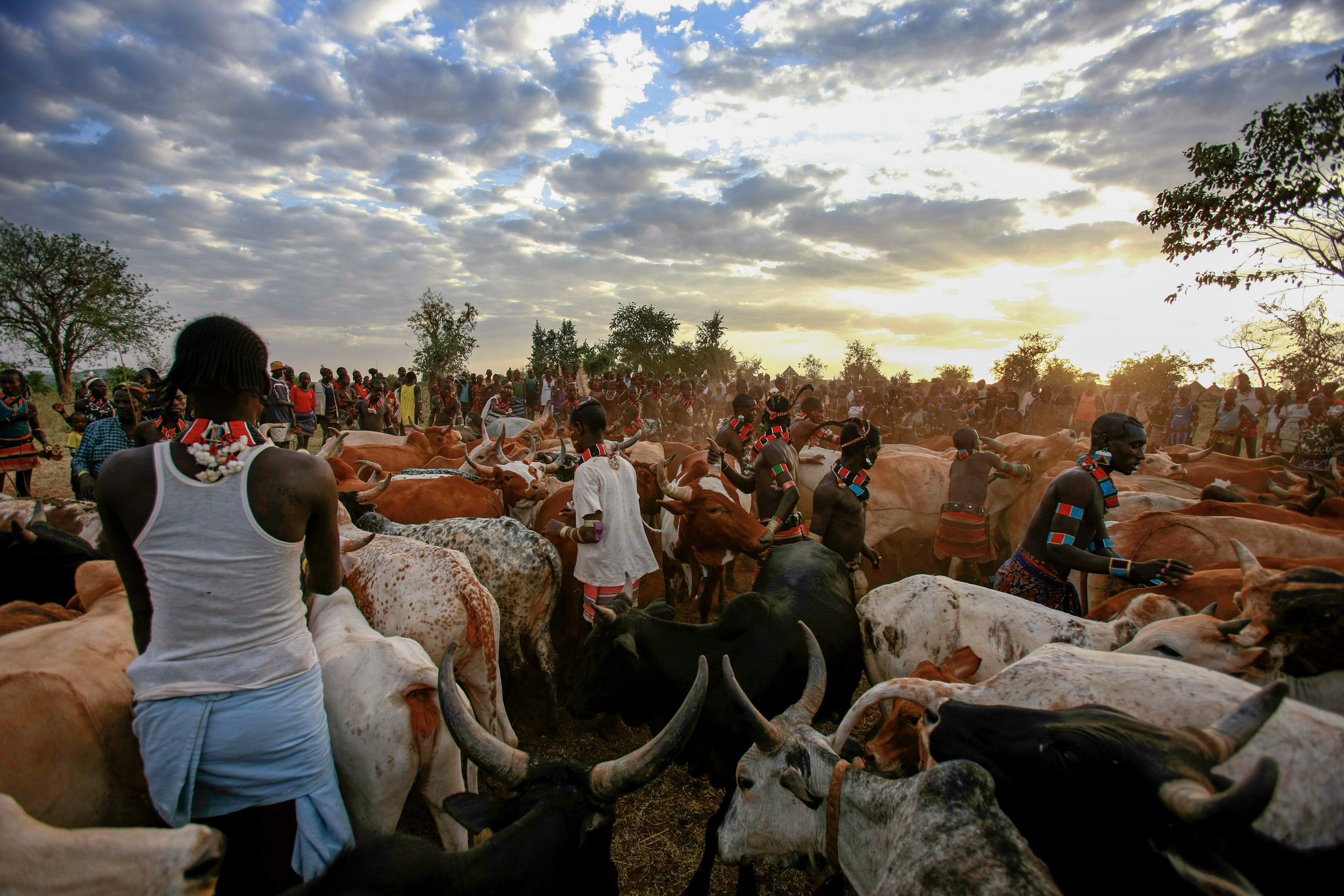
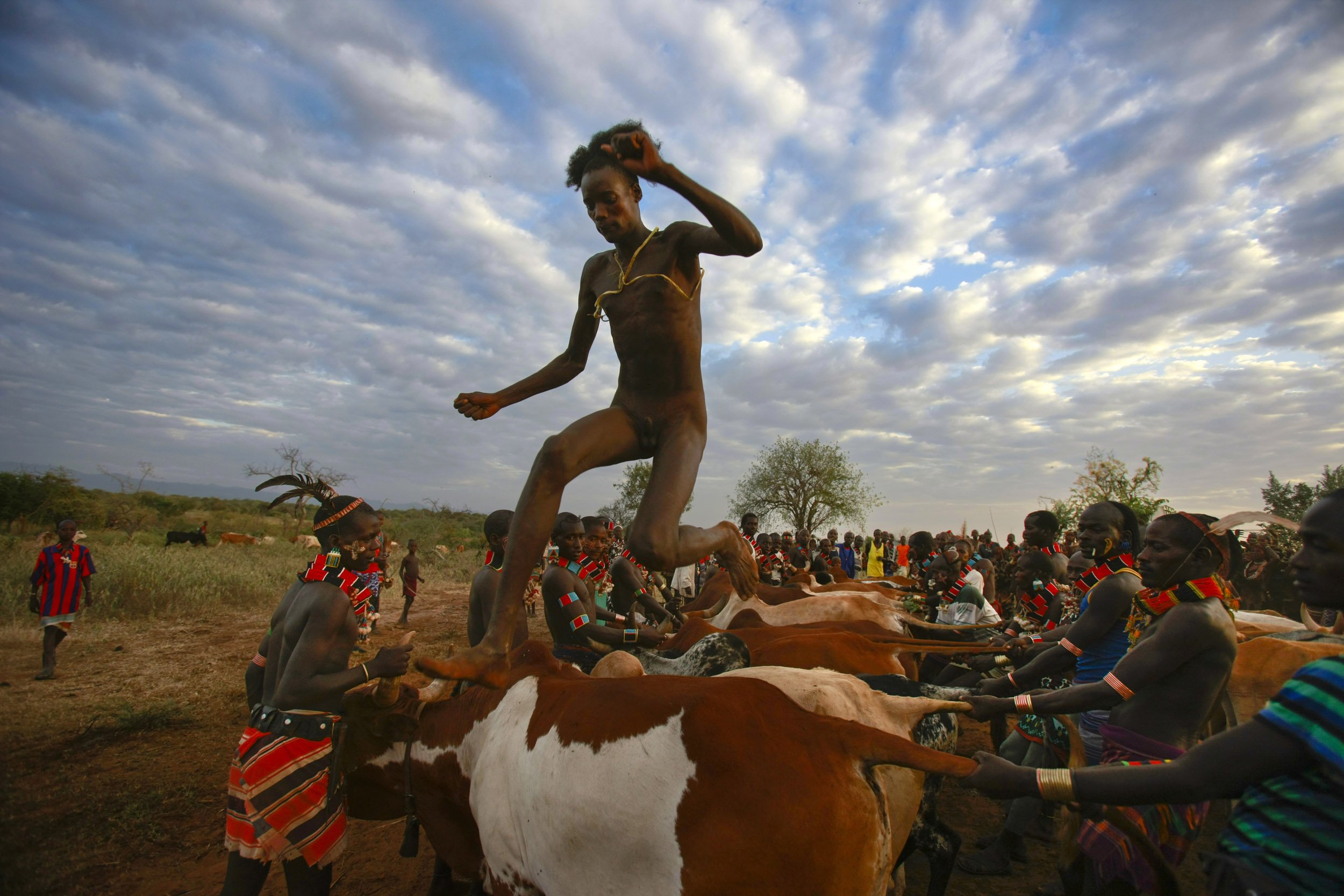
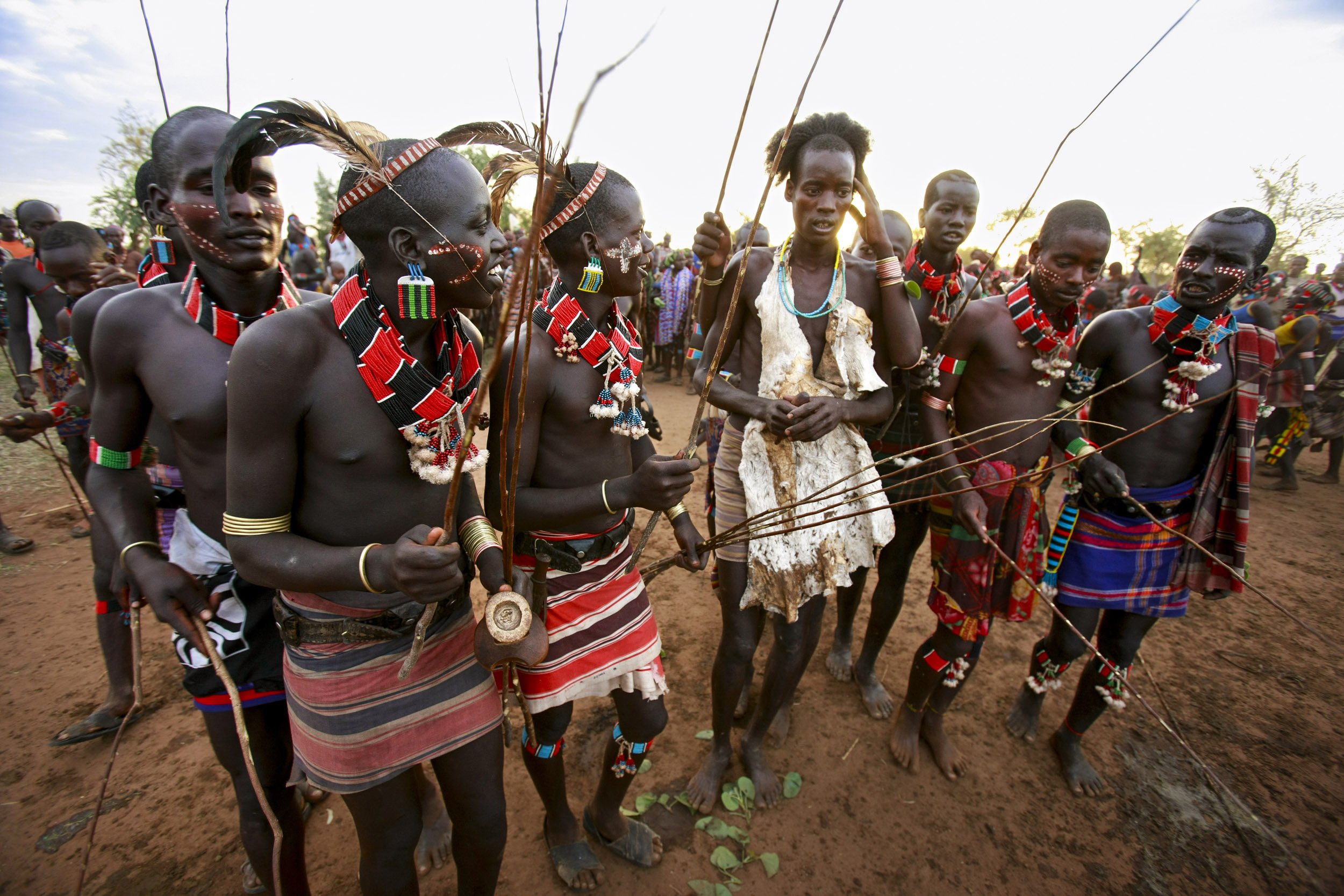
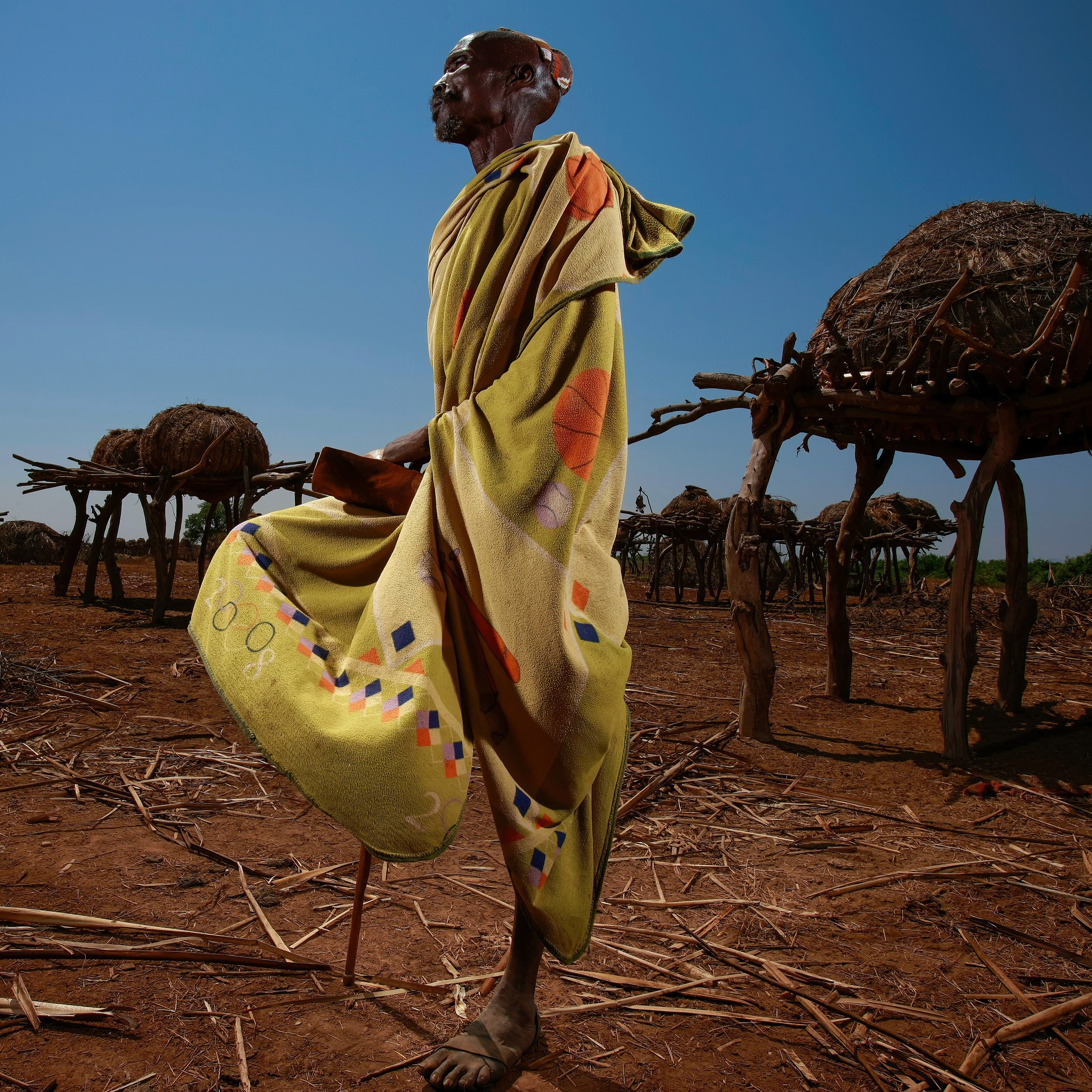
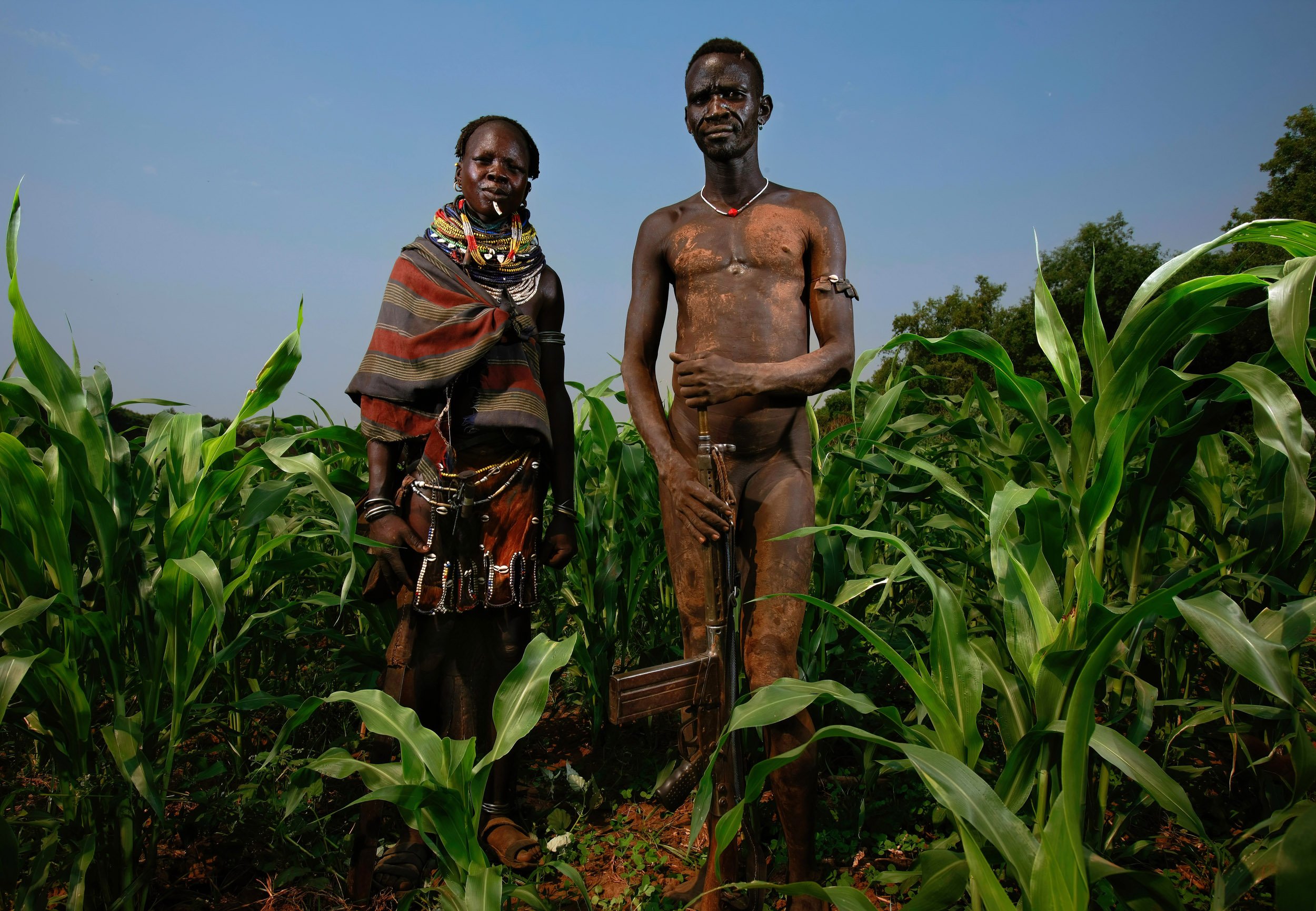
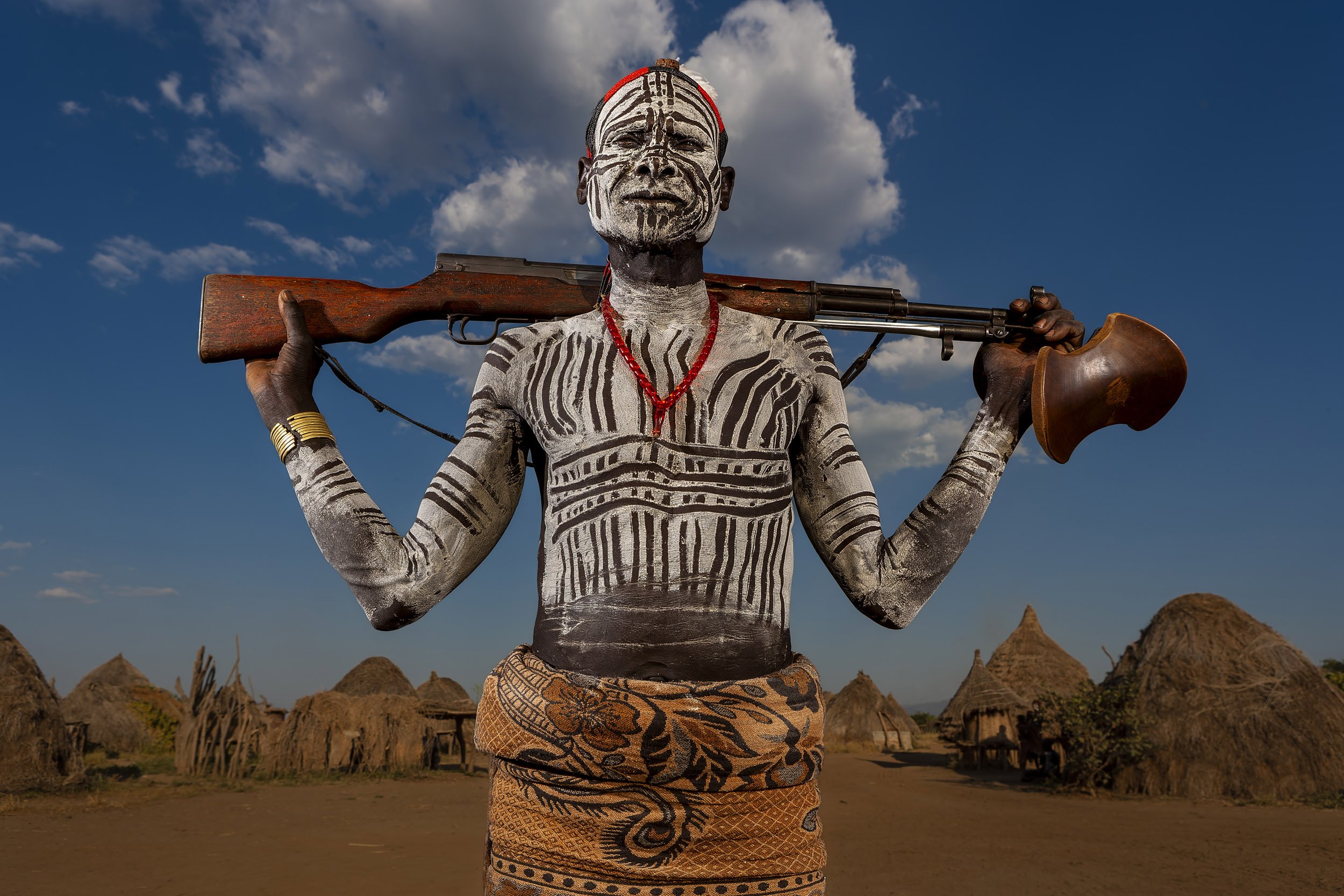
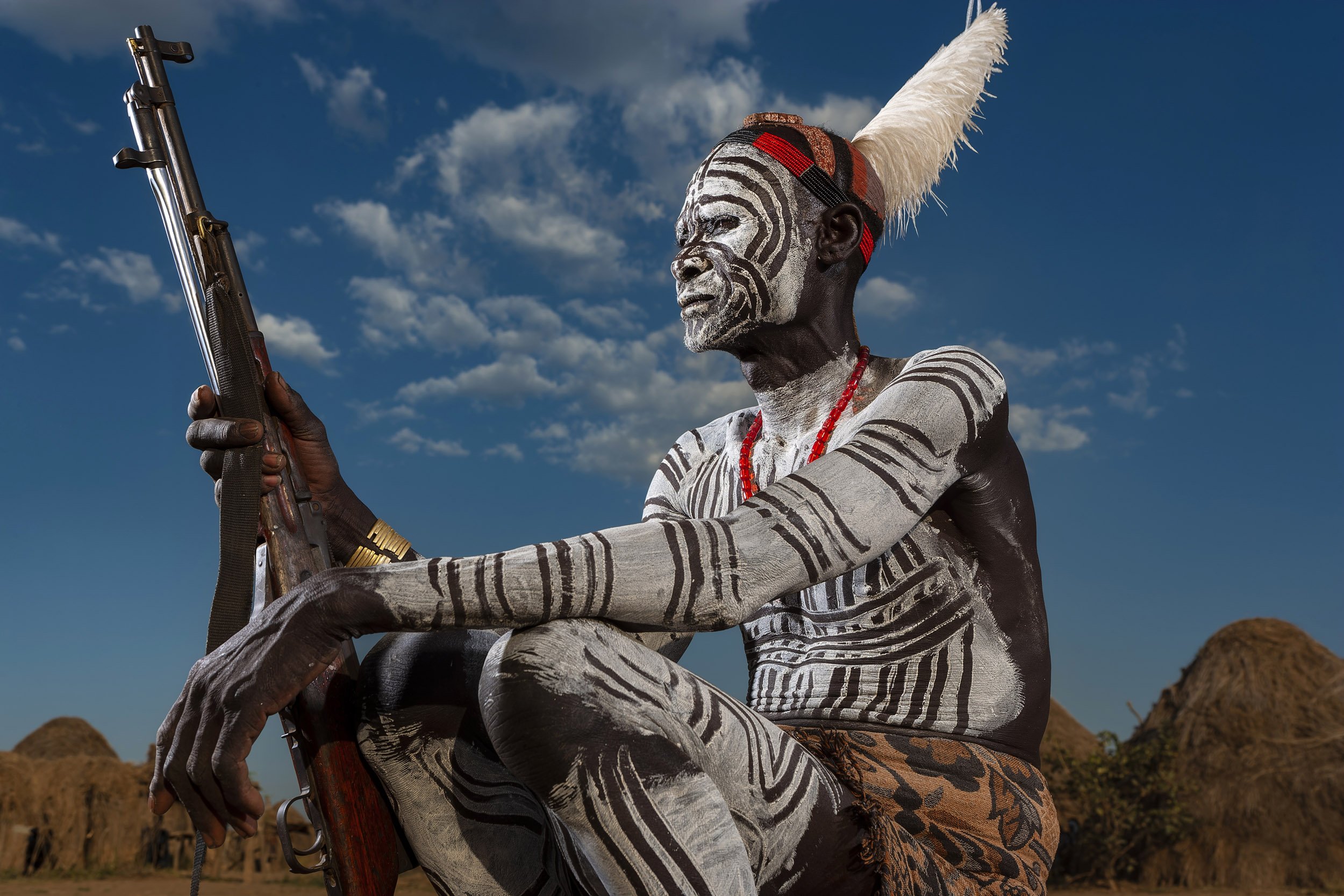
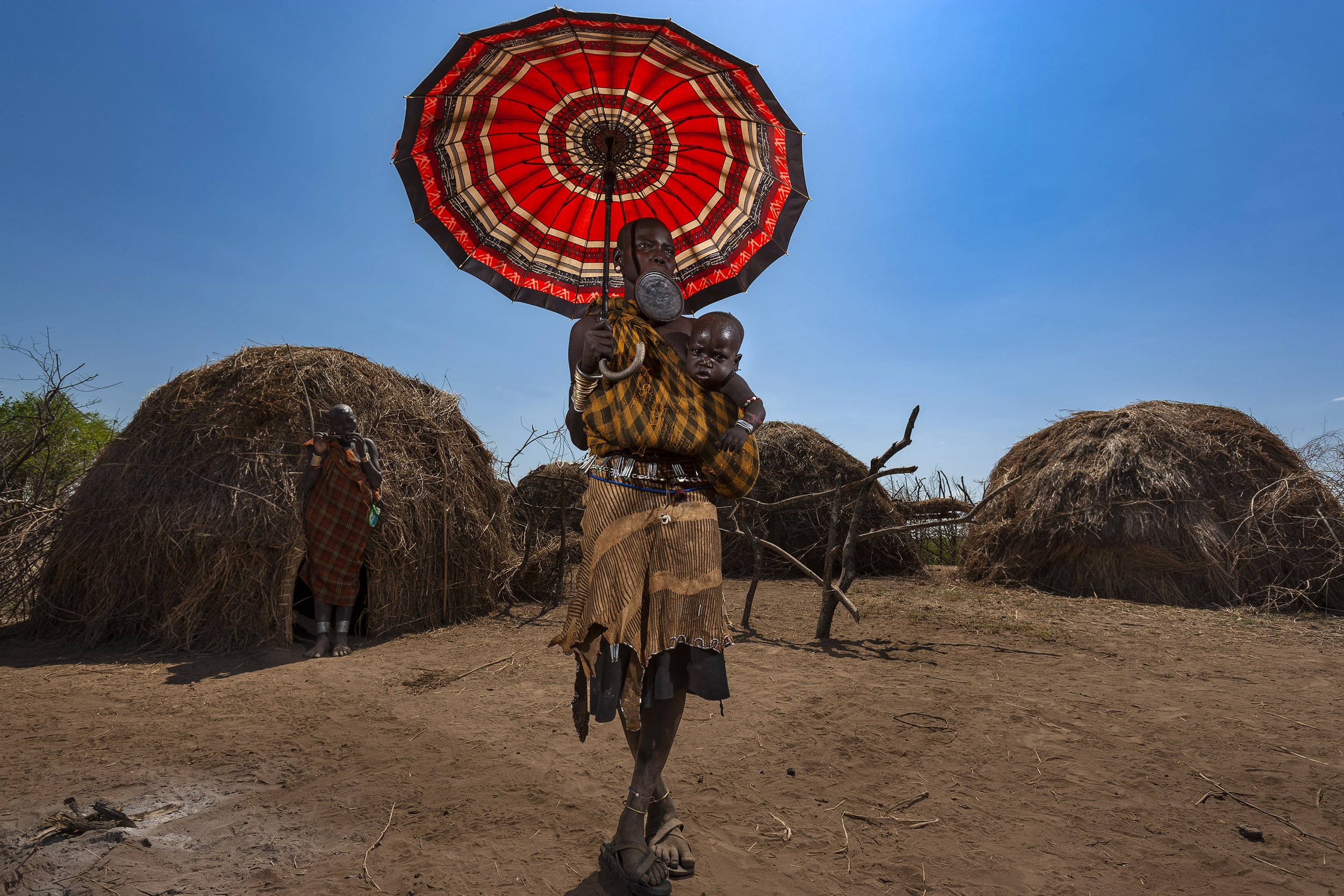
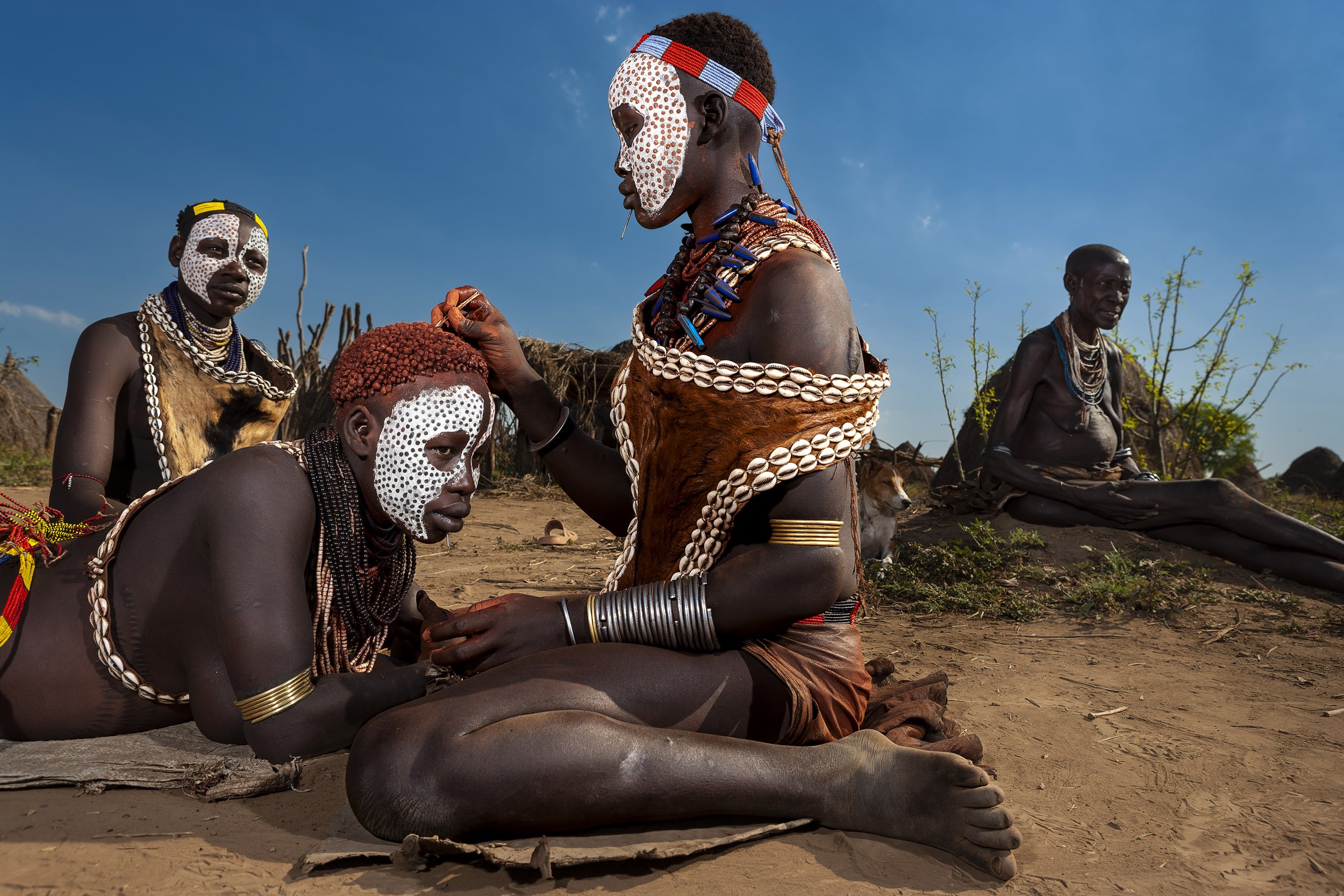
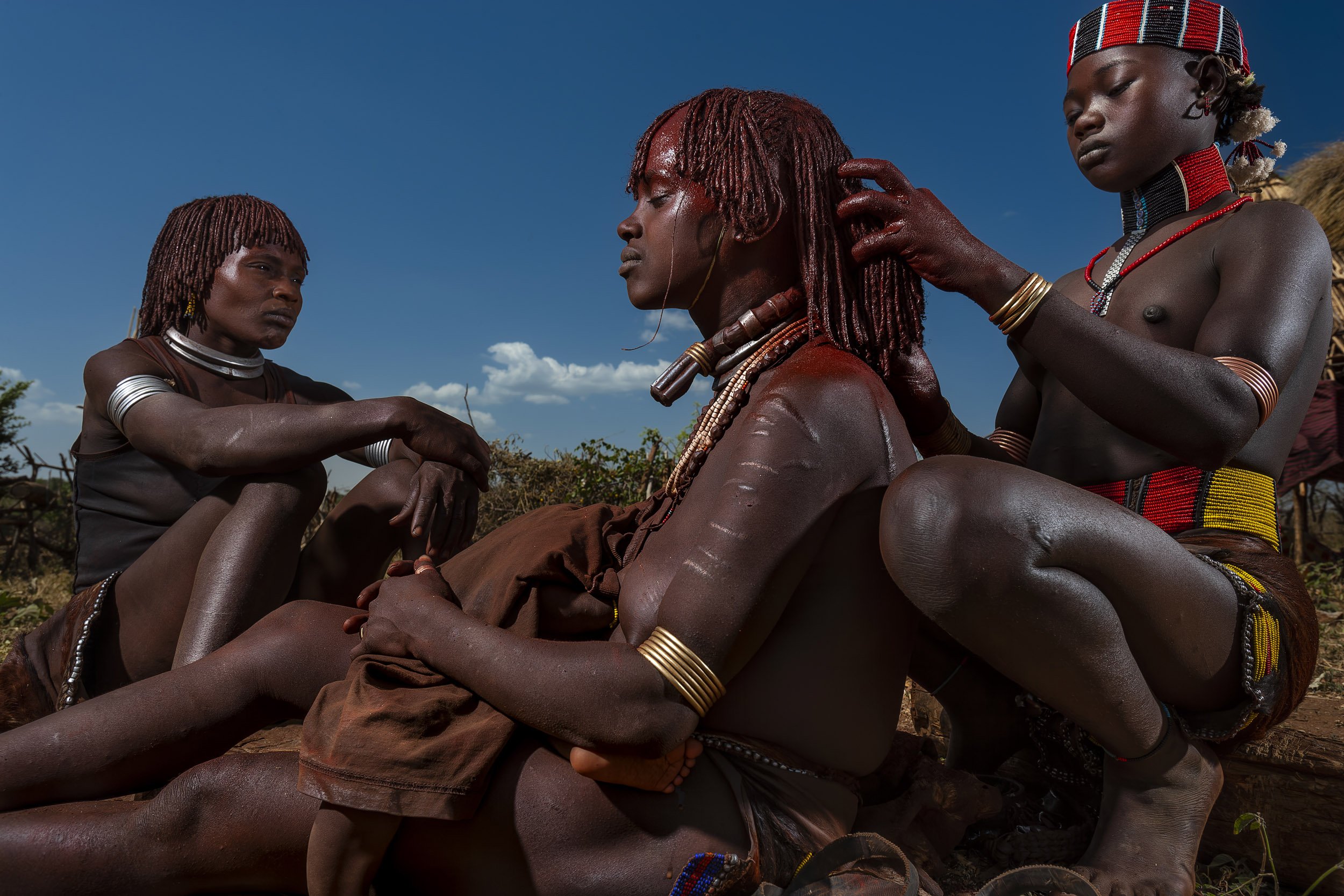
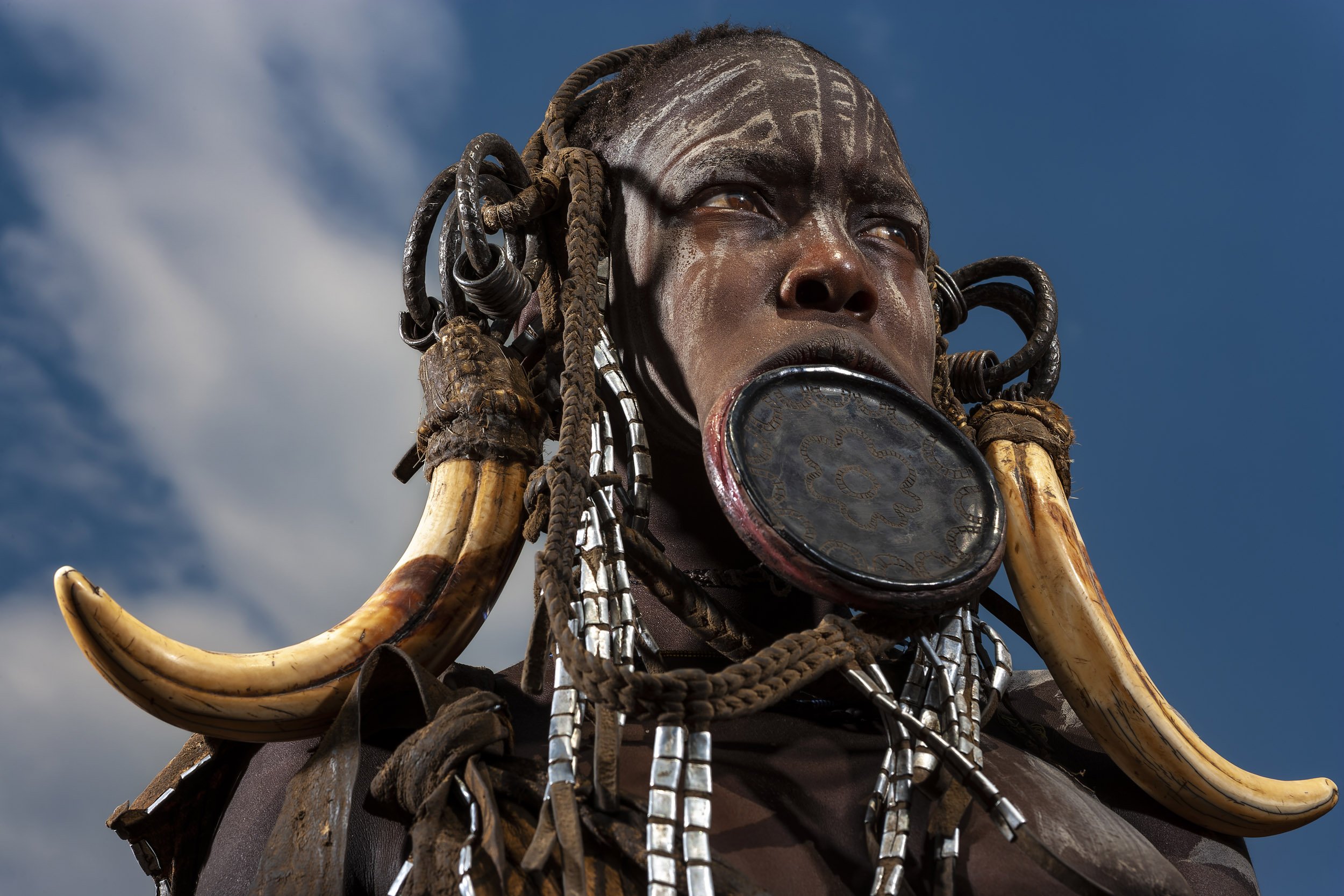
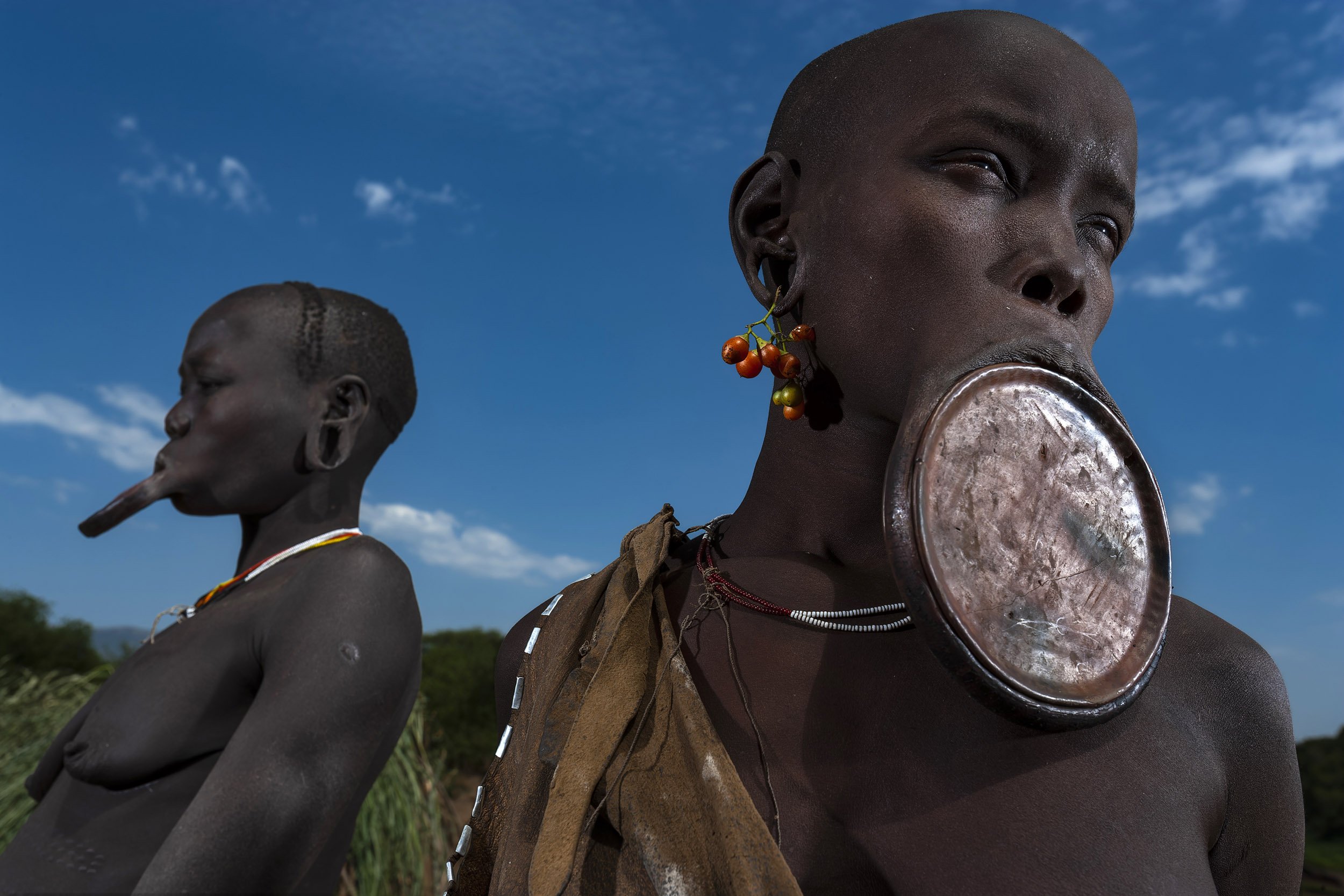


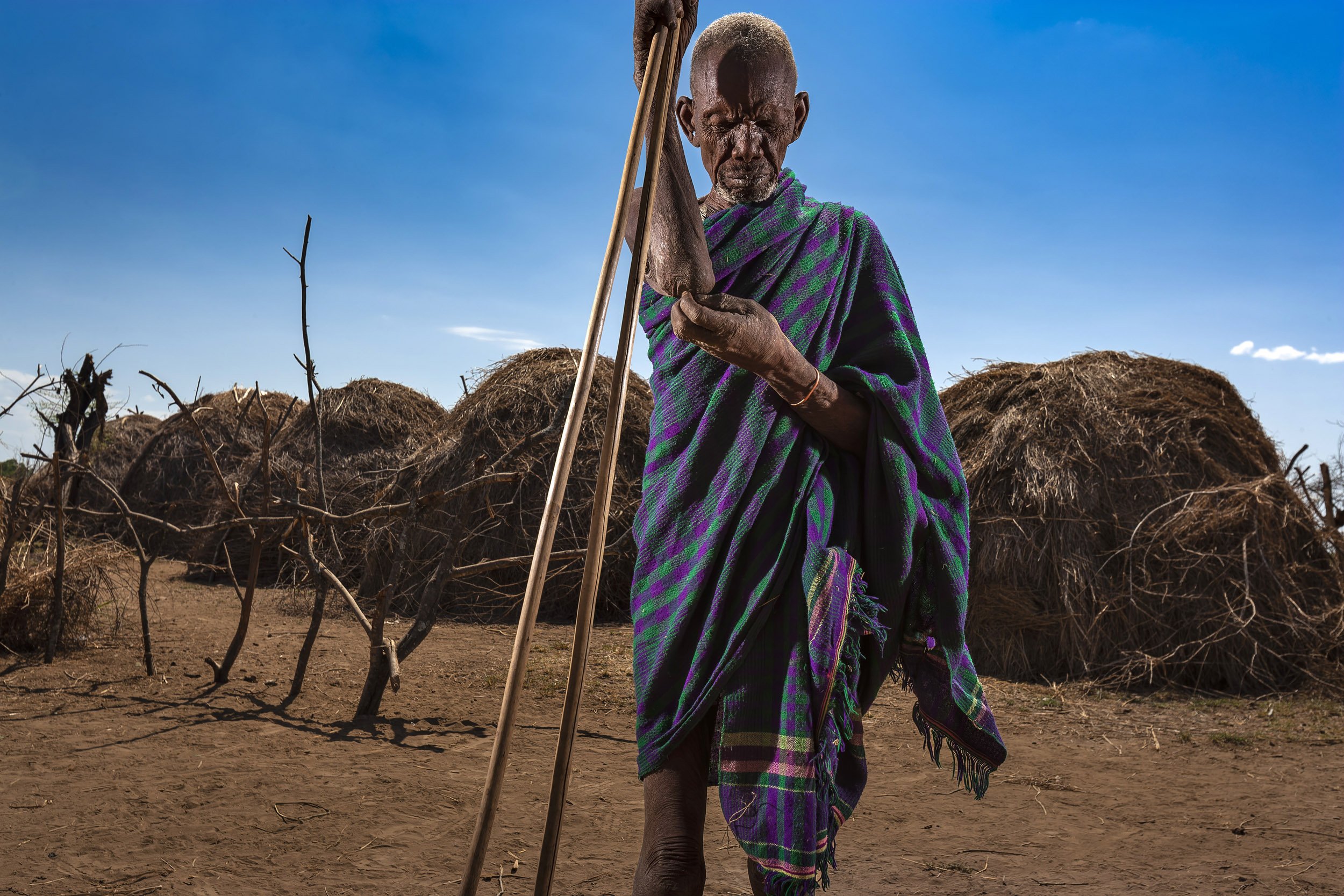
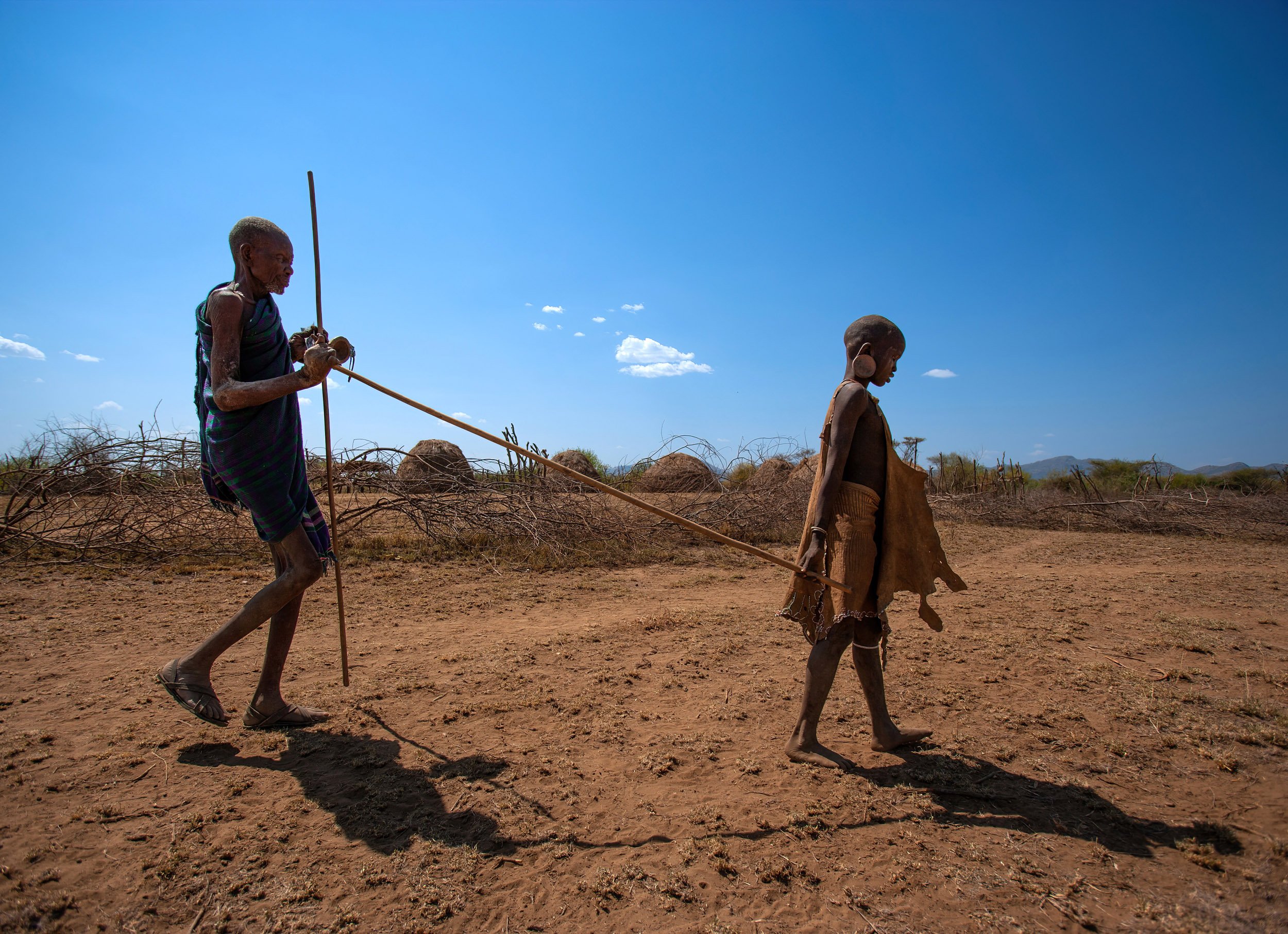
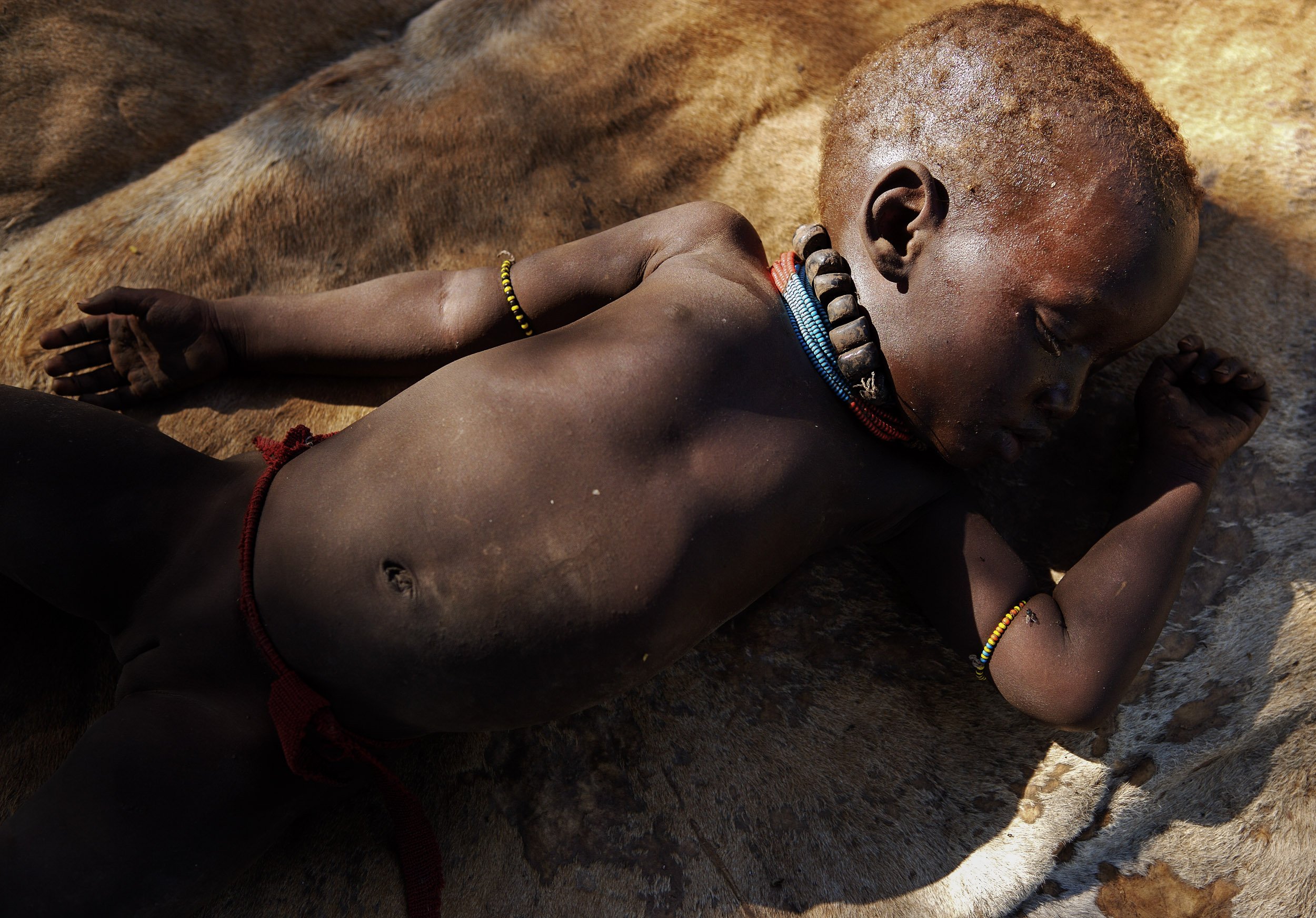
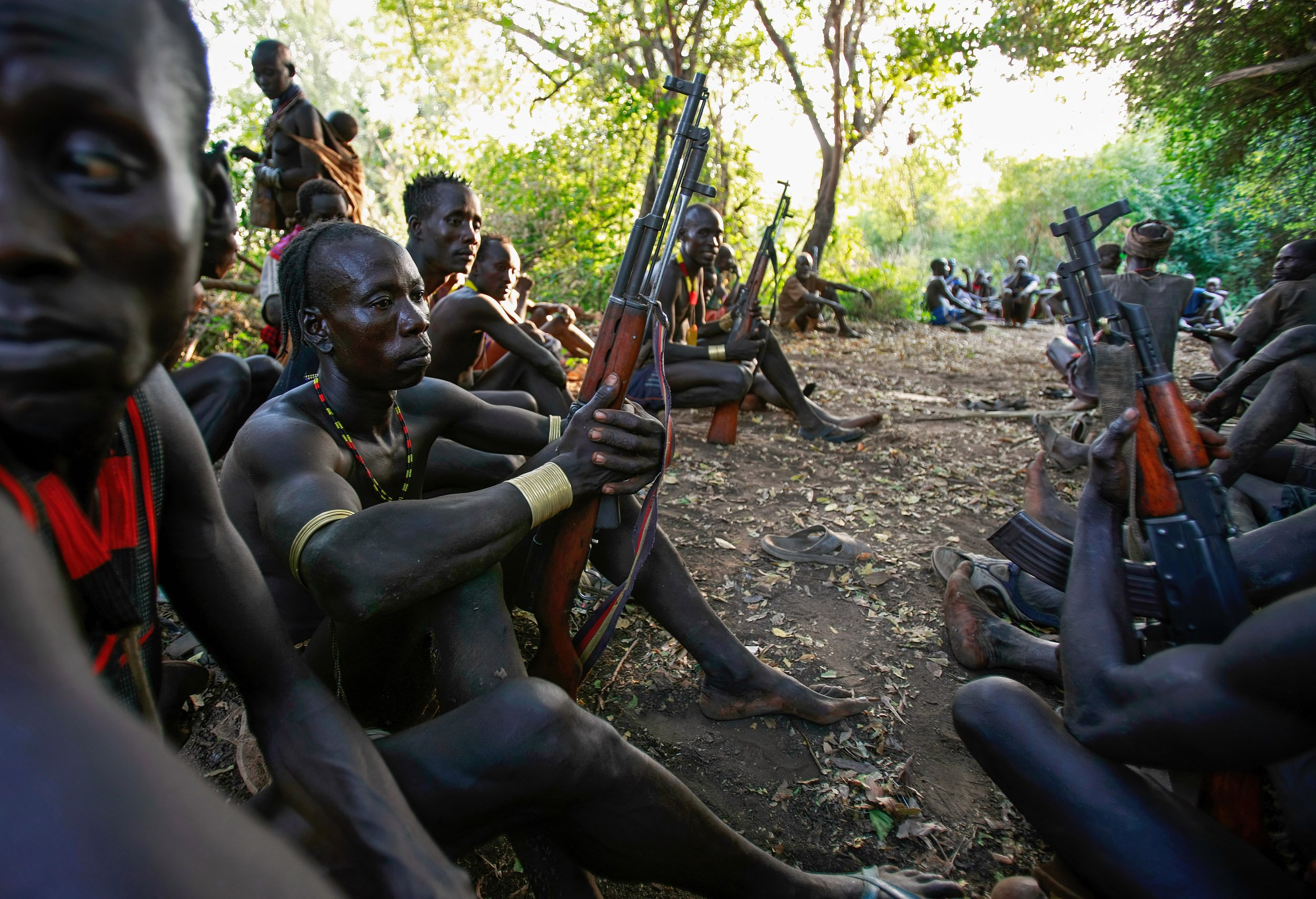
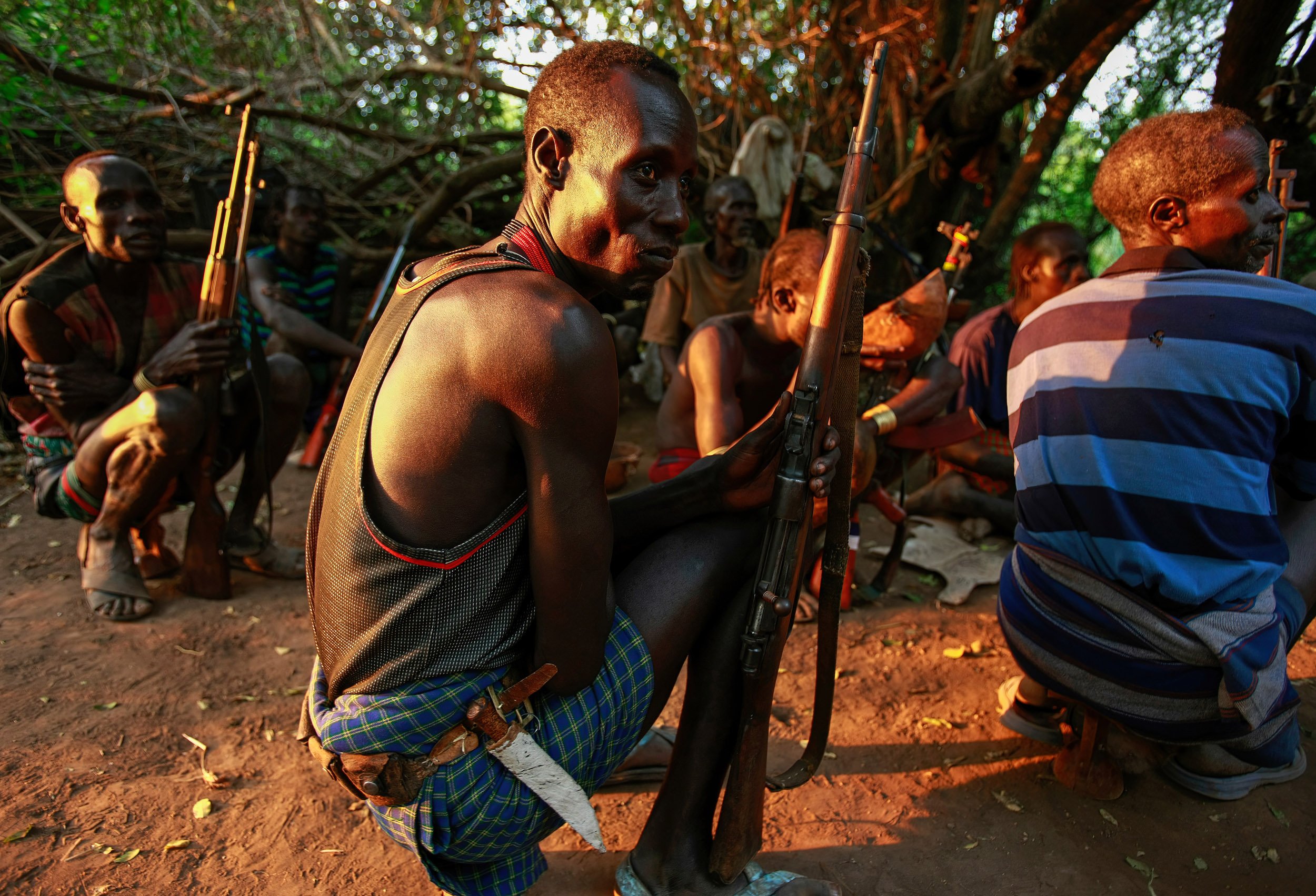

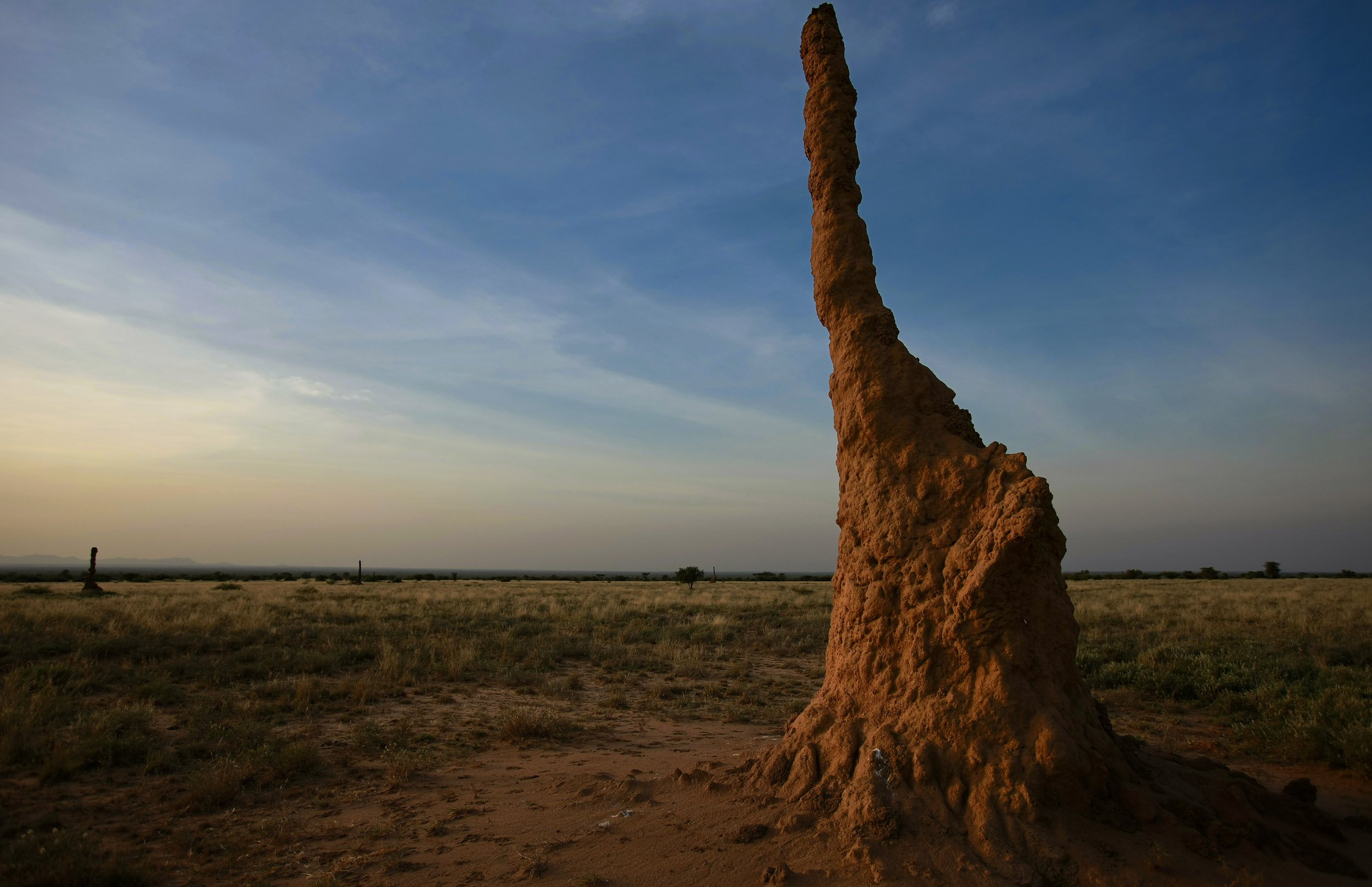
DUS, OMO VALLEY, ETHIOPIA, DECEMBER 2007: Images of the Karo people in the Omo Valley, South West Ethiopia, 14 December 2007. (Photo by Brent Stirton/Getty Images.)
DUS, OMO VALLEY, ETHIOPIA, DECEMBER 2007: Images of Hamar herdsman in the Omo Valley, South West Ethiopia, 14 December 2007. (Photo by Brent Stirton/Getty Images.)
TURMI, OMO VALLEY, ETHIOPIA, DECEMBER 2007: Images of a teenage Hamar girl in the Omo Valley, South West Ethiopia, 14 December 2007. (Photo by Brent Stirton/Getty Images.)
DUS, OMO VALLEY, ETHIOPIA, DECEMBER 2007: Images of the Karo people in the Omo Valley, South West Ethiopia, 14 December 2007. (Photo by Brent Stirton/Getty Images.)
DUS, OMO VALLEY, ETHIOPIA, DECEMBER 2007: Images of the Karo people in a traditional dance ceremony with both men and women in the Omo Valley, South West Ethiopia, 14 December 2007. (Photo by Brent Stirton/Getty Images.)
DUS, OMO VALLEY, ETHIOPIA, DECEMBER 2007: Images of the Karo people in a traditional dance ceremony with both men and women in the Omo Valley, South West Ethiopia, 14 December 2007. (Photo by Brent Stirton/Getty Images.)
DUS, OMO VALLEY, ETHIOPIA, DECEMBER 2007: Images of the Karo people in a traditional dance ceremony with both men and women in the Omo Valley, South West Ethiopia, 14 December 2007. (Photo by Brent Stirton/Getty Images.)
DUS, OMO VALLEY, ETHIOPIA, DECEMBER 2007: Images of the Karo people in a traditional dance ceremony with both men and women in the Omo Valley, South West Ethiopia, 14 December 2007. (Photo by Brent Stirton/Getty Images.)
DUS, OMO VALLEY, ETHIOPIA, DECEMBER 2007: Images of the Karo people in a traditional dance ceremony with both men and women in the Omo Valley, South West Ethiopia, 14 December 2007. (Photo by Brent Stirton/Getty Images.)
DUS, OMO VALLEY, ETHIOPIA, DECEMBER 2007: Images of the Karo people in a traditional dance ceremony with both men and women in the Omo Valley, South West Ethiopia, 14 December 2007. (Photo by Brent Stirton/Getty Images.)
DUS, OMO VALLEY, ETHIOPIA, DECEMBER 2007: Images of the Karo people in a traditional dance ceremony with both men and women in the Omo Valley, South West Ethiopia, 14 December 2007. (Photo by Brent Stirton/Getty Images.)
DUS, OMO VALLEY, ETHIOPIA, DECEMBER 2007: Images of the Karo people in a traditional dance ceremony with both men and women in the Omo Valley, South West Ethiopia, 14 December 2007. (Photo by Brent Stirton/Getty Images.)
DUS, OMO VALLEY, ETHIOPIA, DECEMBER 2007: Images of the Karo people in a traditional dance ceremony with both men and women in the Omo Valley, South West Ethiopia, 14 December 2007. (Photo by Brent Stirton/Getty Images.)
DUS, OMO VALLEY, ETHIOPIA, DECEMBER 2007: Images of the Karo people in a traditional dance ceremony with both men and women in the Omo Valley, South West Ethiopia, 14 December 2007. (Photo by Brent Stirton/Getty Images.)
DILABYNO, OMO VALLEY, ETHIOPIA, DECEMBER 2007: Images of the Beshadar people, closely related to the Hamar tribe, in a traditional bull-jumping ceremony in the Omo Valley, South West Ethiopia, 14 December 2007. The bull-jumping ceremony is one of the most important in a man's life, and once completed allows him to take a wife and marry. The Hamar people and their tribal affiliates conduct a bull-jumping on a regular basis while the Karo people are much more selective in who they allow to bulljump and jump far less frequently. The ceremony is about hierachy and membership in the tribe and typically involves a young man who undergoes a number of rituals before he leaps onto and runs rapidly over a series of cattle held by other men who have recently jumped. Once completed he is a man in the eyes of the tribe. An important part of the ceremony is the ritualistic whipping which women actively seek out from certain men known as Mazha. The women harrass these men who then whip them once with a thin reed like stick before casting the stick away. The whipping causes bleeding and pain but the women look upon it as a sign of strength, loyalty and obligation to the bulljumper. They become incensed through a series of dances and then demand to be whipped in a macho, masochistic display. The resultant scars are worn as a badge of honor by many of the women. (Photo by Brent Stirton/Getty Images.)
DILABYNO, OMO VALLEY, ETHIOPIA, DECEMBER 2007: Images of the Beshadar people, closely related to the Hamar tribe, in a traditional bull-jumping ceremony in the Omo Valley, South West Ethiopia, 14 December 2007. The bull-jumping ceremony is one of the most important in a man's life, and once completed allows him to take a wife and marry. The Hamar people and their tribal affiliates conduct a bull-jumping on a regular basis while the Karo people are much more selective in who they allow to bulljump and jump far less frequently. The ceremony is about hierachy and membership in the tribe and typically involves a young man who undergoes a number of rituals before he leaps onto and runs rapidly over a series of cattle held by other men who have recently jumped. Once completed he is a man in the eyes of the tribe. An important part of the ceremony is the ritualistic whipping which women actively seek out from certain men known as Mazha. The women harrass these men who then whip them once with a thin reed like stick before casting the stick away. The whipping causes bleeding and pain but the women look upon it as a sign of strength, loyalty and obligation to the bulljumper. They become incensed through a series of dances and then demand to be whipped in a macho, masochistic display. The resultant scars are worn as a badge of honor by many of the women. (Photo by Brent Stirton/Getty Images.)
DILABYNO, OMO VALLEY, ETHIOPIA, DECEMBER 2007: Images of the Beshadar people, closely related to the Hamar tribe, in a traditional bull-jumping ceremony in the Omo Valley, South West Ethiopia, 14 December 2007. The bull-jumping ceremony is one of the most important in a man's life, and once completed allows him to take a wife and marry. The Hamar people and their tribal affiliates conduct a bull-jumping on a regular basis while the Karo people are much more selective in who they allow to bulljump and jump far less frequently. The ceremony is about hierachy and membership in the tribe and typically involves a young man who undergoes a number of rituals before he leaps onto and runs rapidly over a series of cattle held by other men who have recently jumped. Once completed he is a man in the eyes of the tribe. An important part of the ceremony is the ritualistic whipping which women actively seek out from certain men known as Mazha. The women harrass these men who then whip them once with a thin reed like stick before casting the stick away. The whipping causes bleeding and pain but the women look upon it as a sign of strength, loyalty and obligation to the bulljumper. They become incensed through a series of dances and then demand to be whipped in a macho, masochistic display. The resultant scars are worn as a badge of honor by many of the women. (Photo by Brent Stirton/Getty Images.)
DILABYNO, OMO VALLEY, ETHIOPIA, DECEMBER 2007: Images of the Hamar tribe at a traditional bull-jumping ceremony in the Omo Valley, South West Ethiopia, 14 December 2007. The bull-jumping ceremony is one of the most important in a man's life, and once completed allows him to take a wife and marry. The Hamar people and their tribal affiliates conduct a bull-jumping on a regular basis while the Karo people are much more selective in who they allow to bulljump and jump far less frequently. The ceremony is about hierachy and membership in the tribe and typically involves a young man who undergoes a number of rituals before he leaps onto and runs rapidly over a series of cattle held by other men who have recently jumped. Once completed he is a man in the eyes of the tribe. An important part of the ceremony is the ritualistic whipping which women actively seek out from certain men known as Mazha. The women harrass these men who then whip them once with a thin reed like stick before casting the stick away. The whipping causes bleeding and pain but the women look upon it as a sign of strength, loyalty and obligation to the bulljumper. They become incensed through a series of dances and then demand to be whipped in a macho, masochistic display. The resultant scars are worn as a badge of honor by many of the women. (Photo by Brent Stirton/Getty Images.)
DILABYNO, OMO VALLEY, ETHIOPIA, DECEMBER 2007: Images of the Beshadar people, closely related to the Hamar tribe, in a traditional bull-jumping ceremony in the Omo Valley, South West Ethiopia, 14 December 2007. The bull-jumping ceremony is one of the most important in a man's life, and once completed allows him to take a wife and marry. The Hamar people and their tribal affiliates conduct a bull-jumping on a regular basis while the Karo people are much more selective in who they allow to bulljump and jump far less frequently. The ceremony is about hierachy and membership in the tribe and typically involves a young man who undergoes a number of rituals before he leaps onto and runs rapidly over a series of cattle held by other men who have recently jumped. Once completed he is a man in the eyes of the tribe. An important part of the ceremony is the ritualistic whipping which women actively seek out from certain men known as Mazha. The women harrass these men who then whip them once with a thin reed like stick before casting the stick away. The whipping causes bleeding and pain but the women look upon it as a sign of strength, loyalty and obligation to the bulljumper. They become incensed through a series of dances and then demand to be whipped in a macho, masochistic display. The resultant scars are worn as a badge of honor by many of the women. (Photo by Brent Stirton/Getty Images.)
LORYRA, SOUTH OMO, ETHIOPIA, DECEMBER 2007: Images of the Dassanech people in the Lower Omo Valley, South West Ethiopia, 14 December 2007. (Photo by Brent Stirton/Getty Images.)
LABOUK, OMO VALLEY, ETHIOPIA, DECEMBER 2007: Images of the Karo people in the Omo Valley, South West Ethiopia, 14 December 2007. (Photo by Brent Stirton/Getty Images.)
DUS, OMO VALLEY, ETHIOPIA, DECEMBER 2007: Images of Karo tribesman clashing with Bume people who have fired on them over a land dispute in the Omo Valley, South West Ethiopia, 14 December 2007. (Photo by Brent Stirton/Getty Images.)
DUS, OMO VALLEY, ETHIOPIA, DECEMBER 2007: Images of Karo tribesman clashing with Bume people who have fired on them over a land dispute in the Omo Valley, South West Ethiopia, 14 December 2007. (Photo by Brent Stirton/Getty Images.)
DUS, OMO VALLEY, ETHIOPIA, DECEMBER 2007: Images of Karo tribesman clashing with Bume people who have fired on them over a land dispute in the Omo Valley, South West Ethiopia, 14 December 2007. (Photo by Brent Stirton/Getty Images.)
DUS, OMO VALLEY, ETHIOPIA, DECEMBER 2007: Images of the Karo people in the Omo Valley, South West Ethiopia, 14 December 2007. (Photo by Brent Stirton/Getty Images.)
